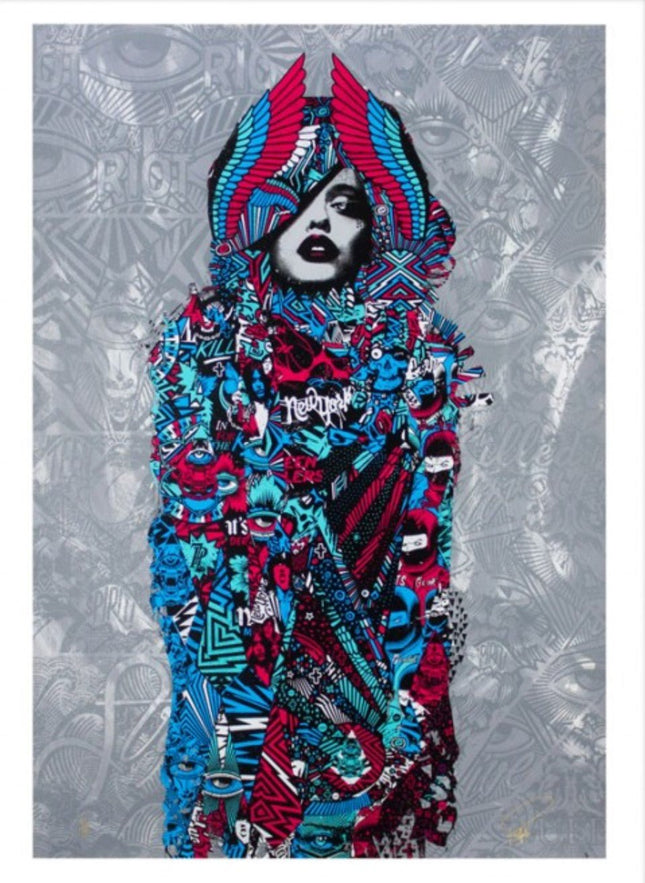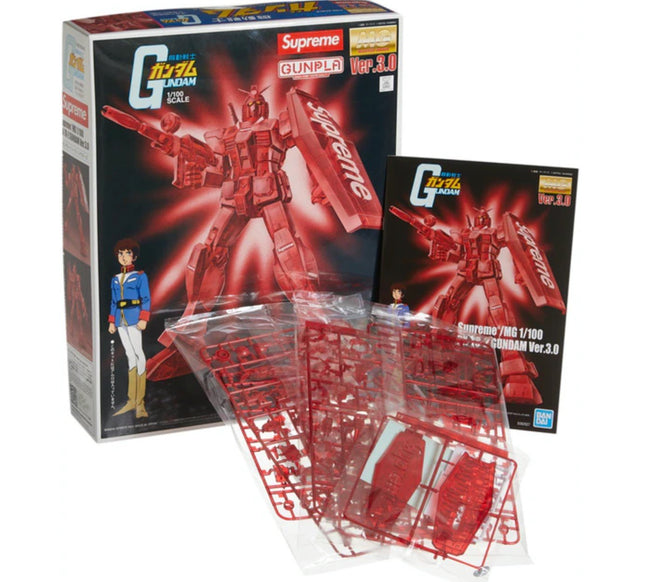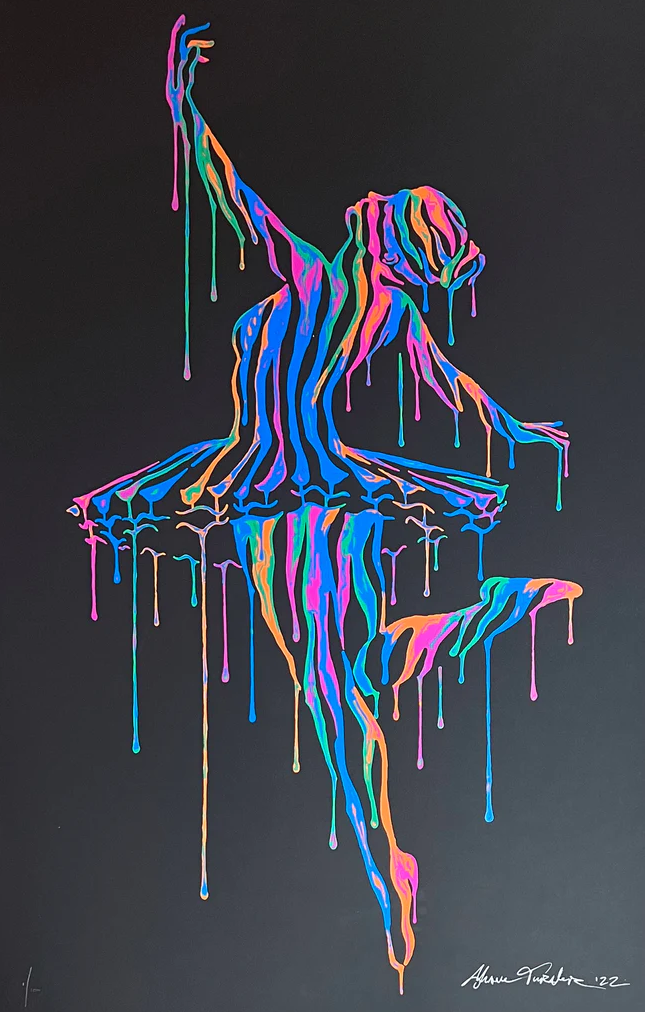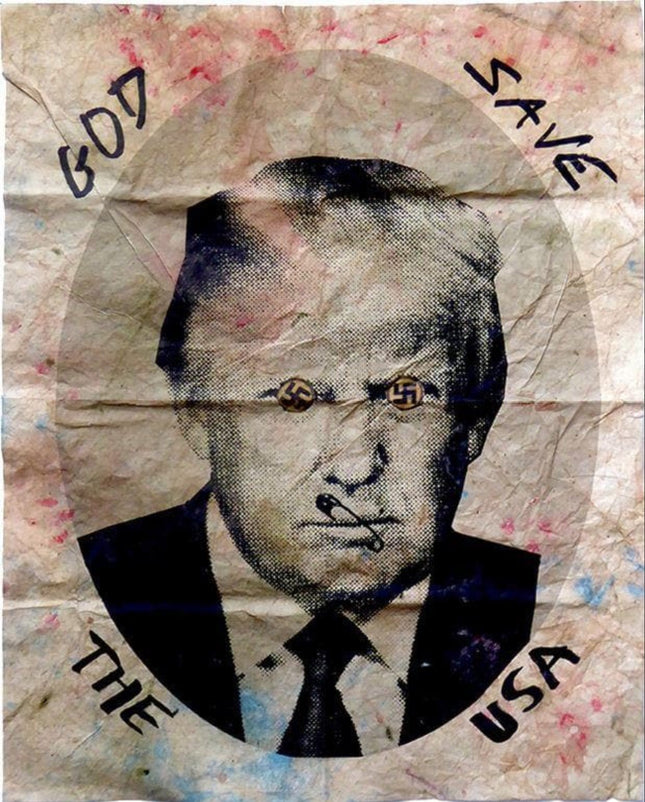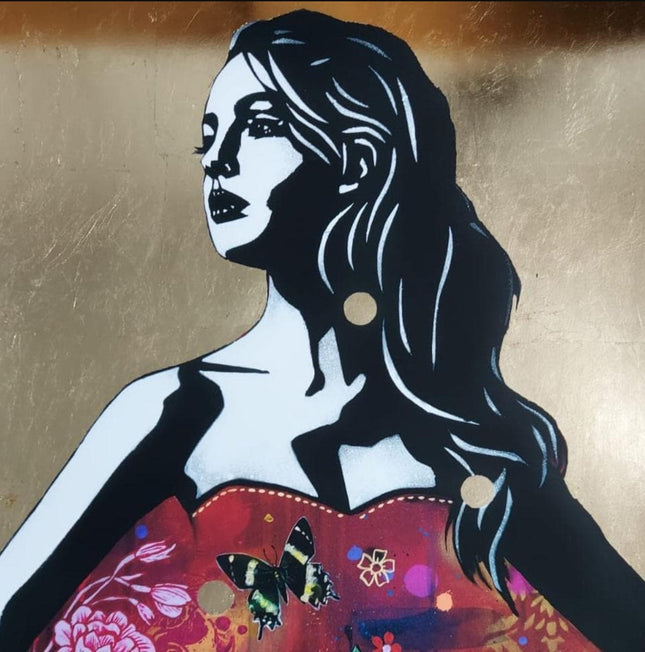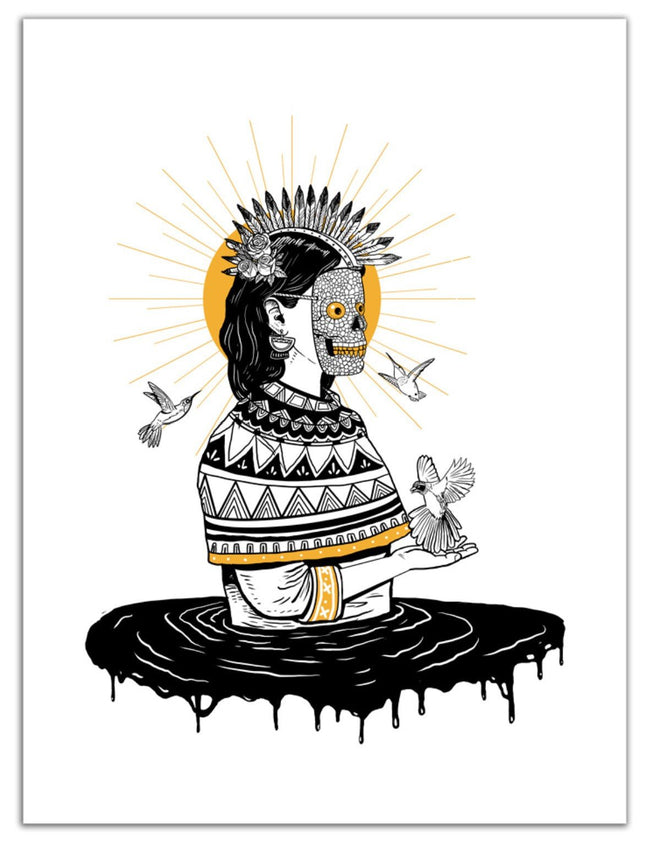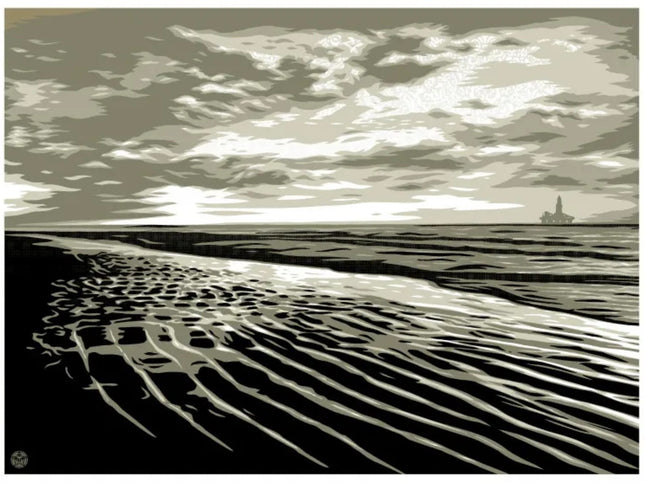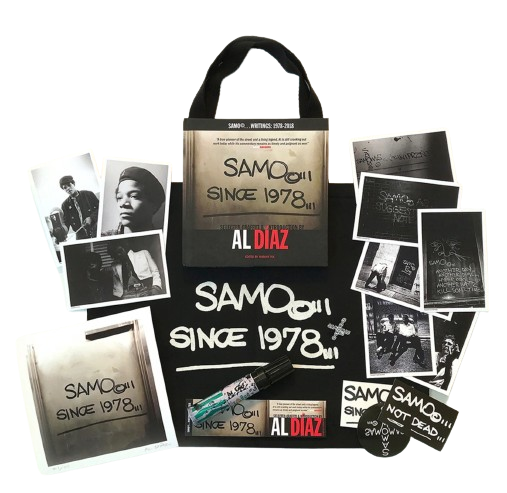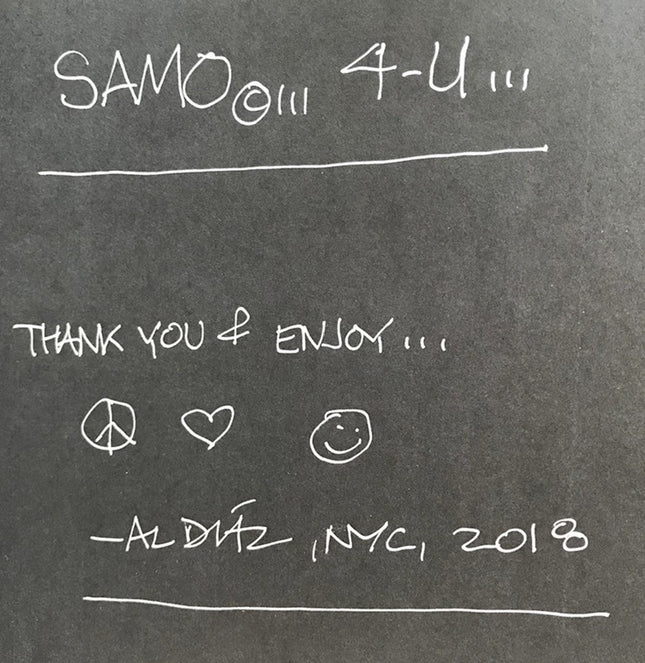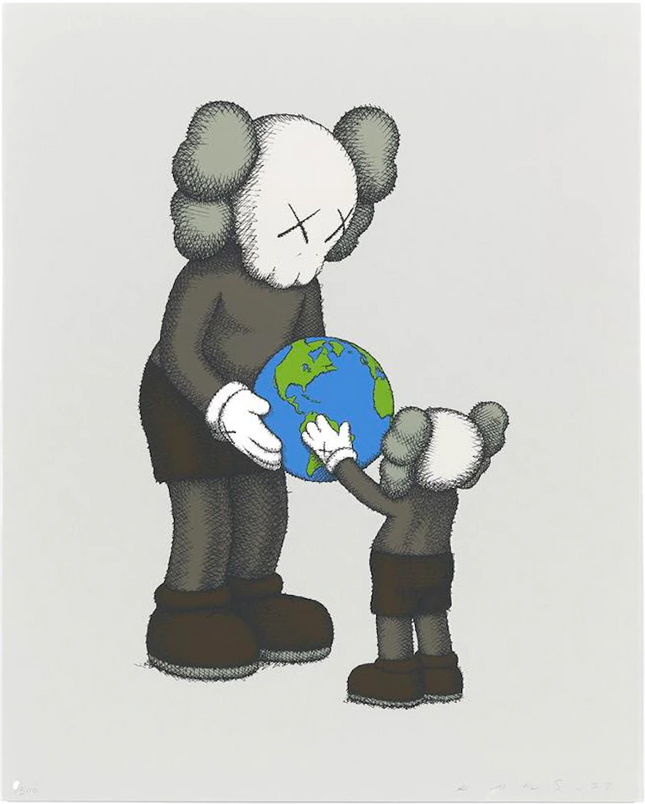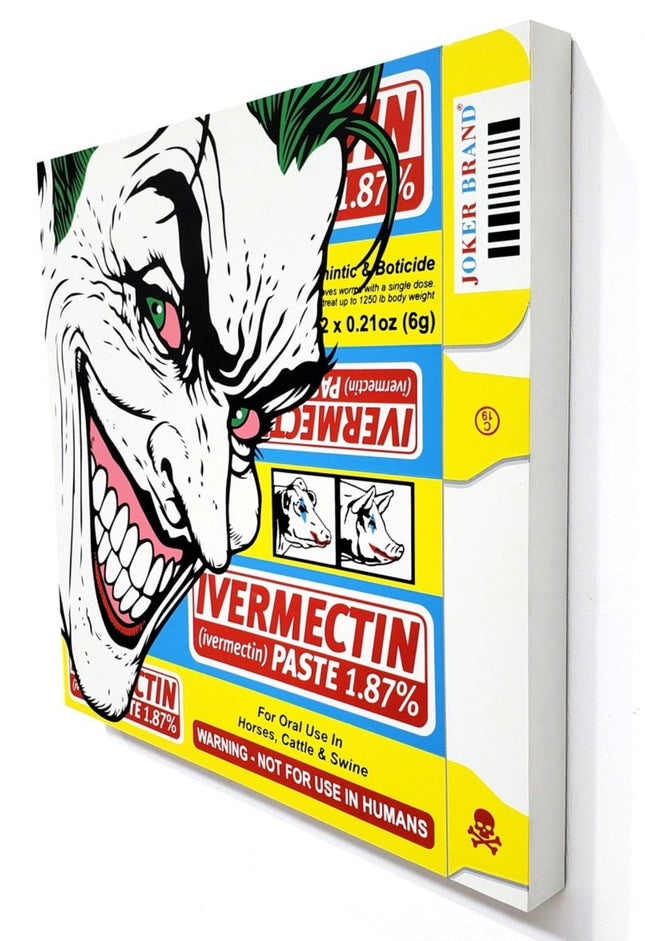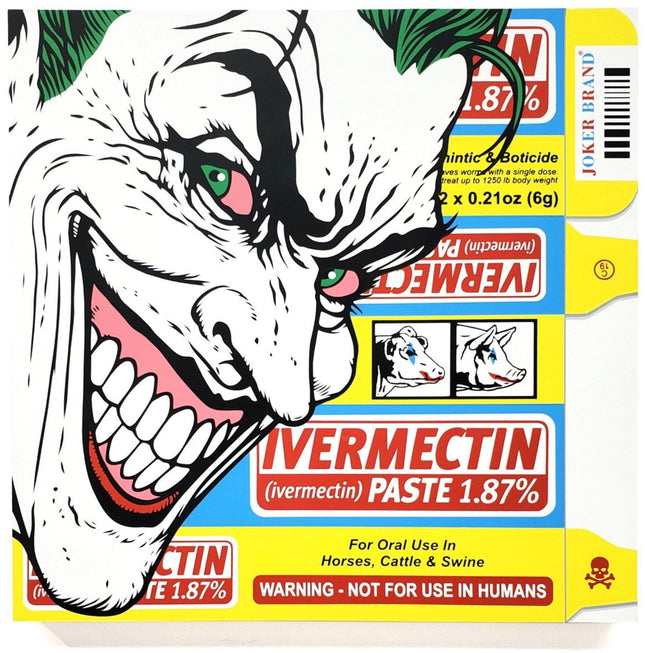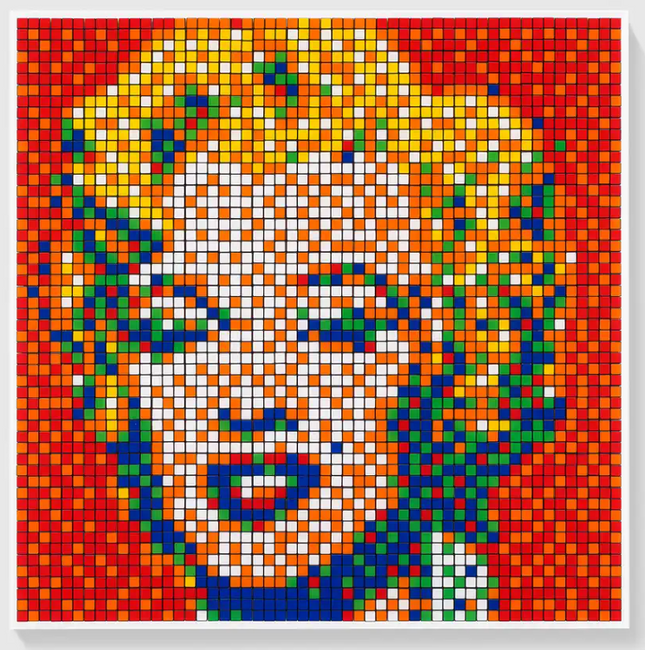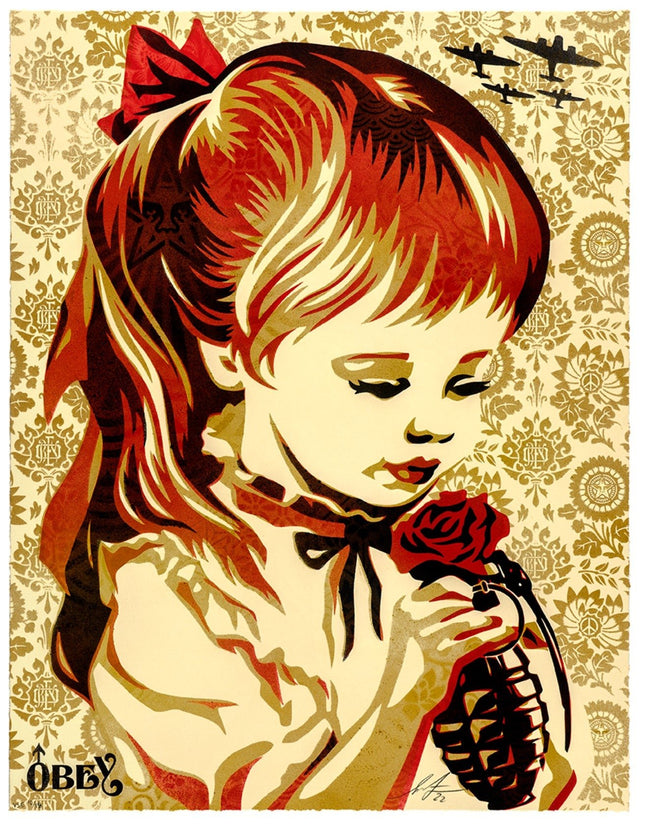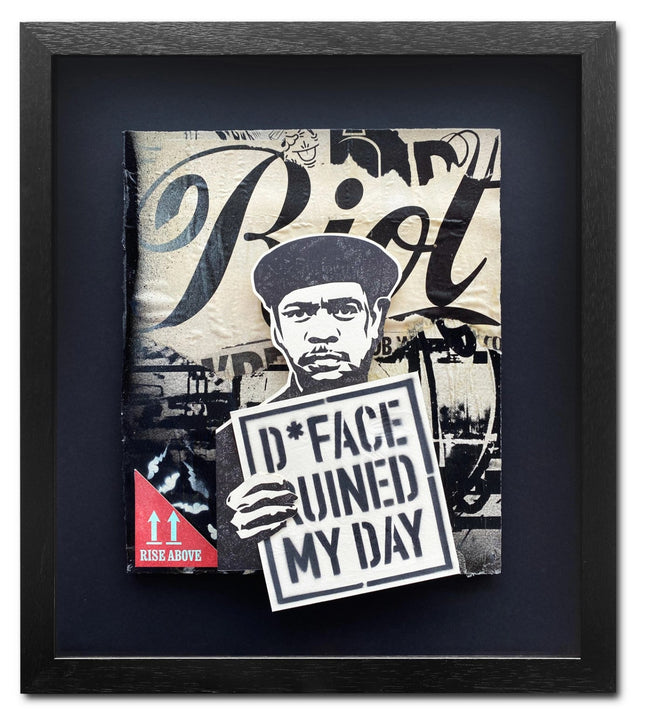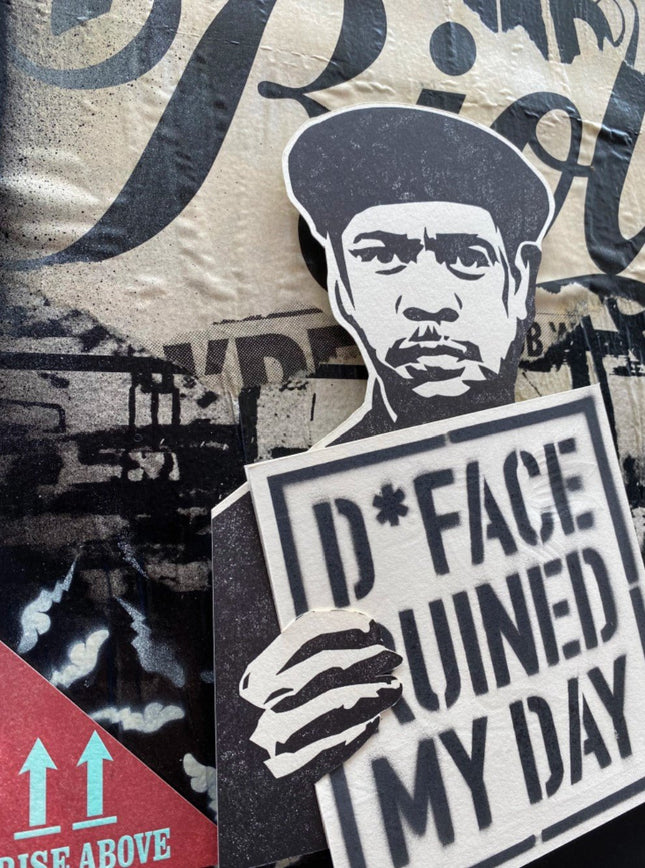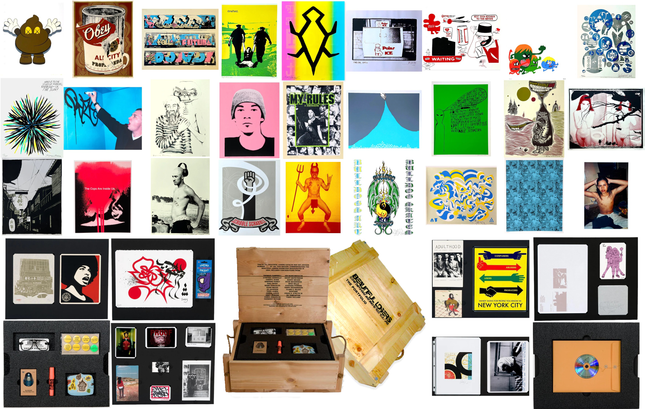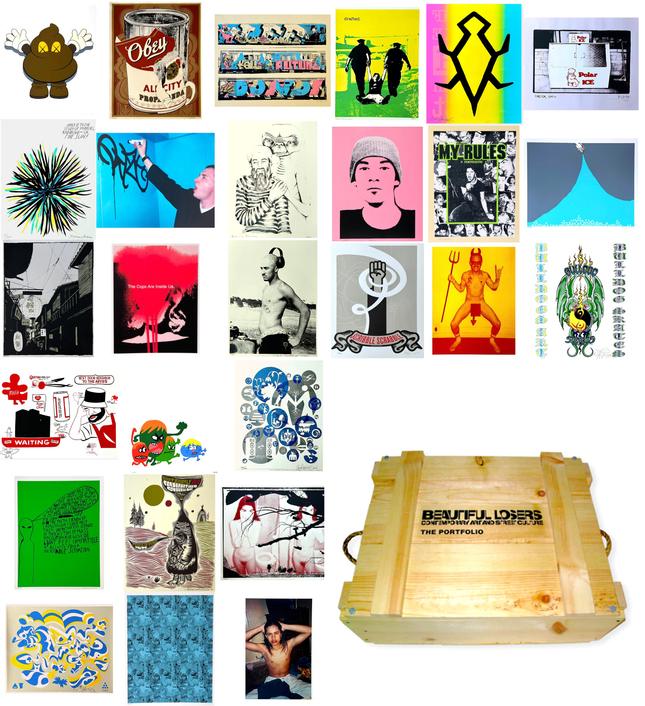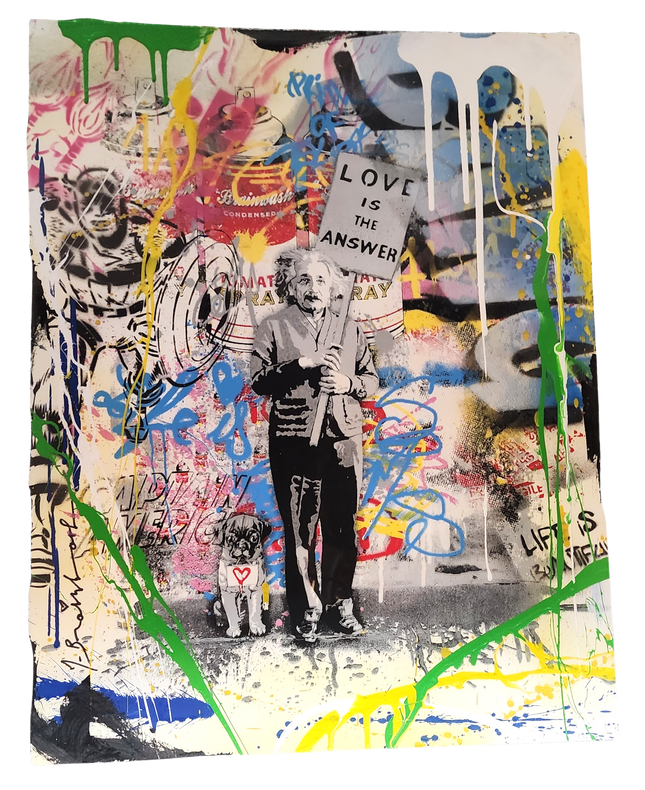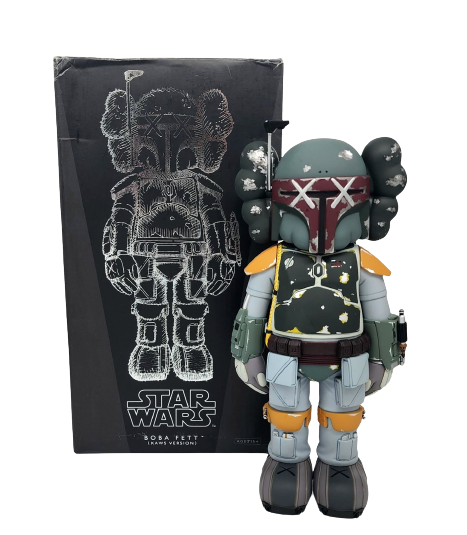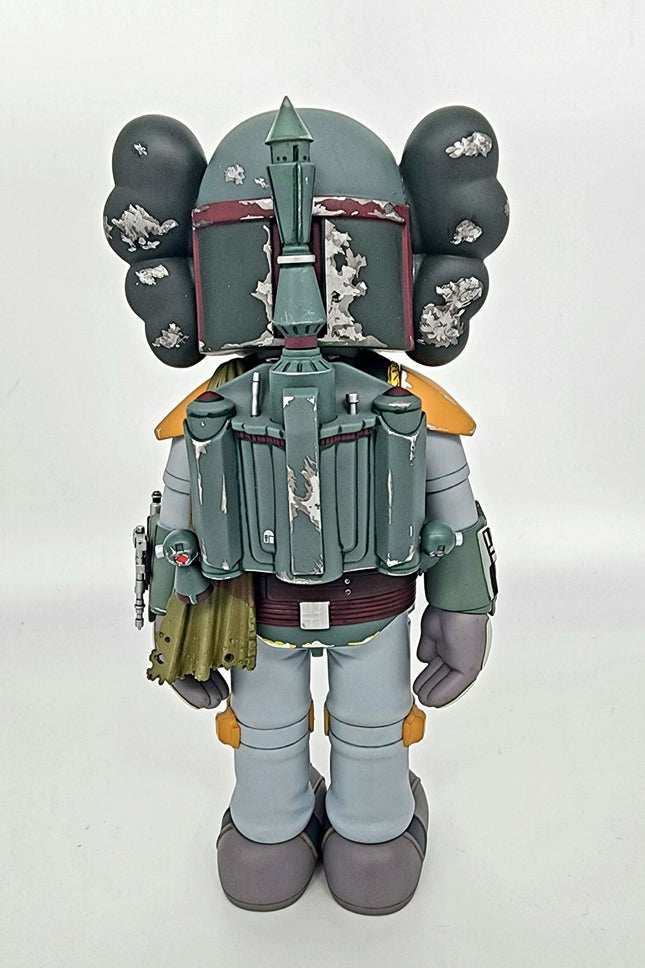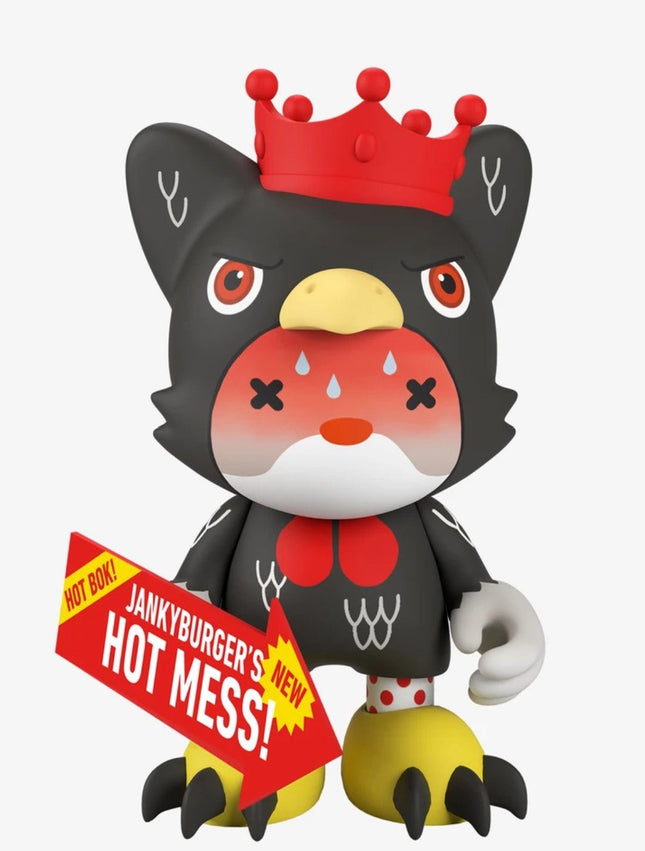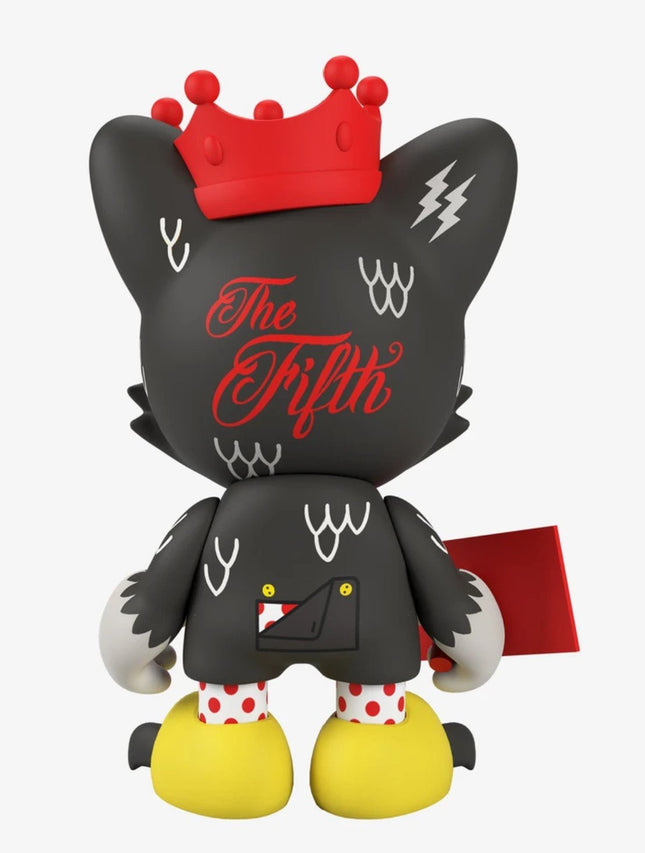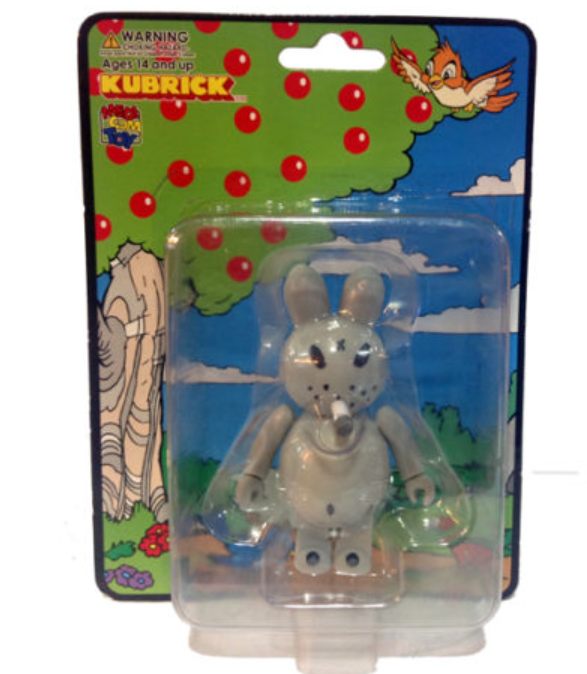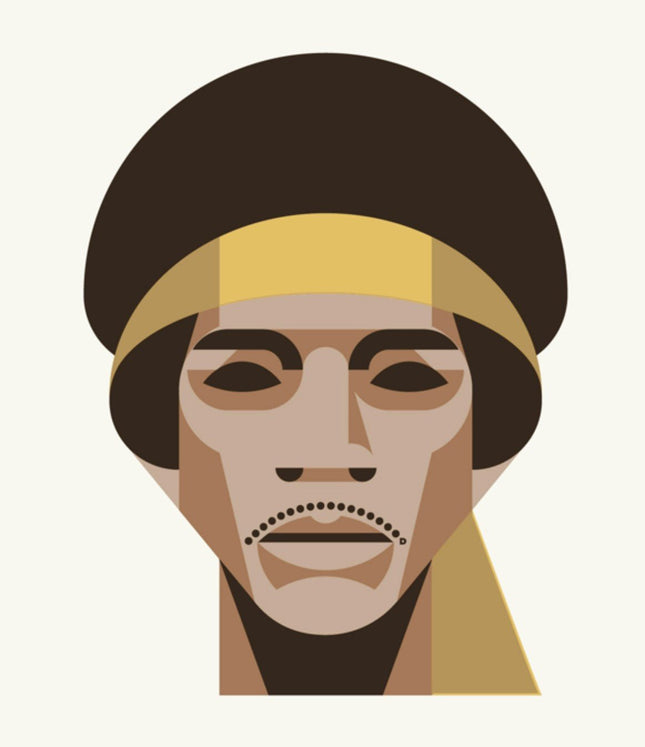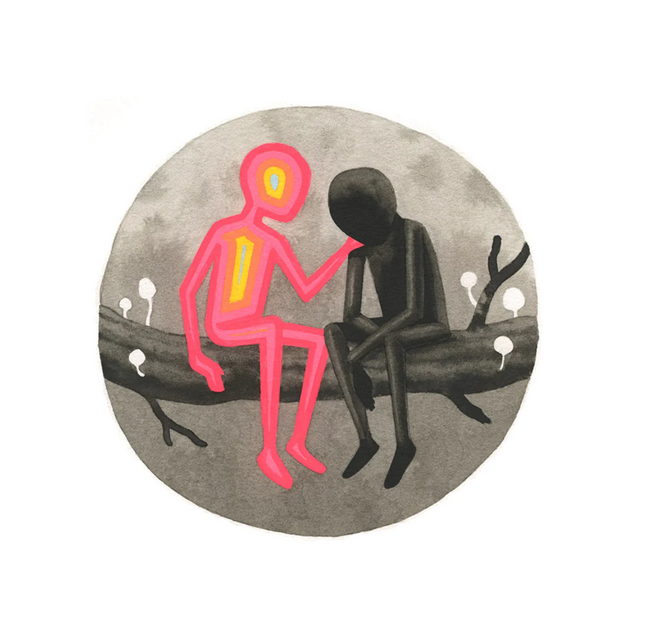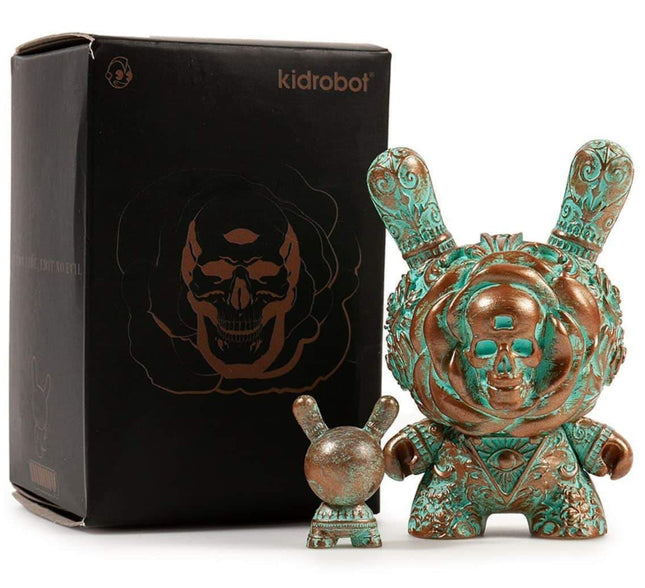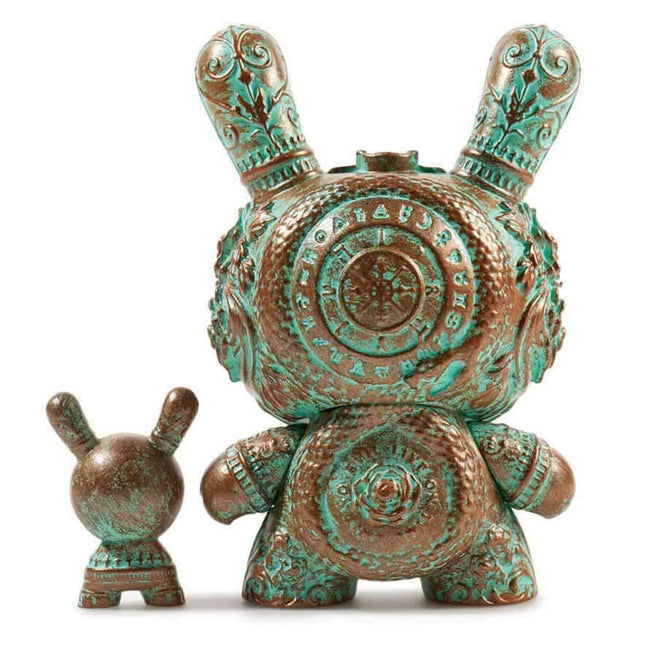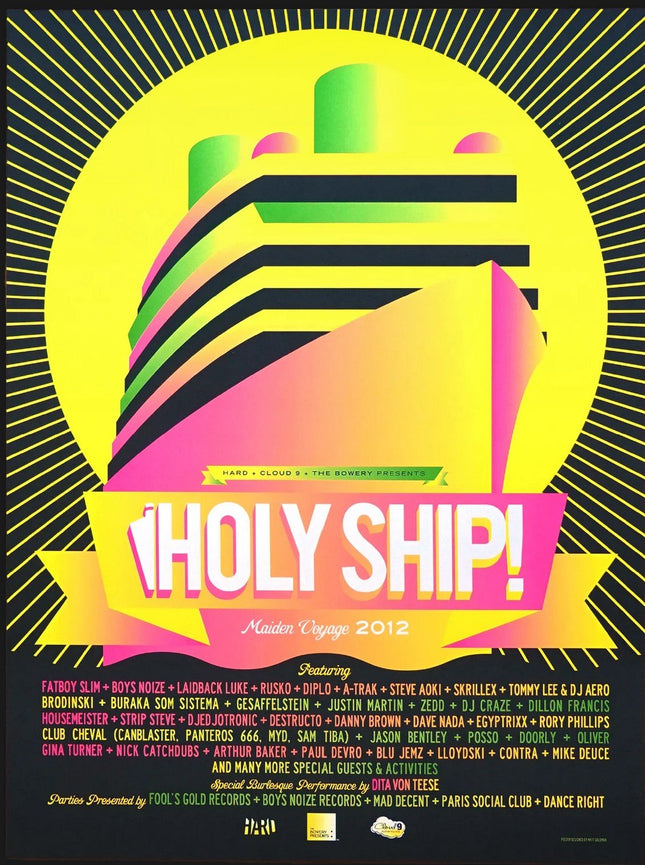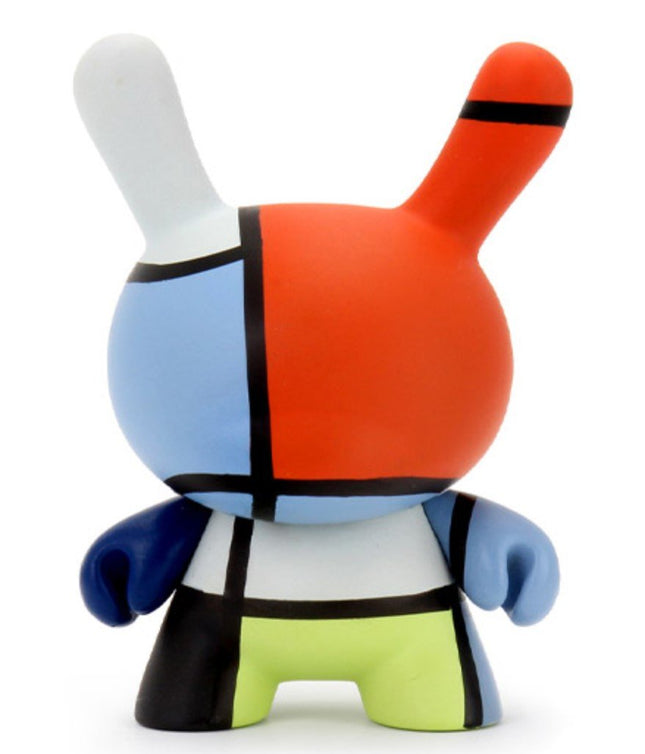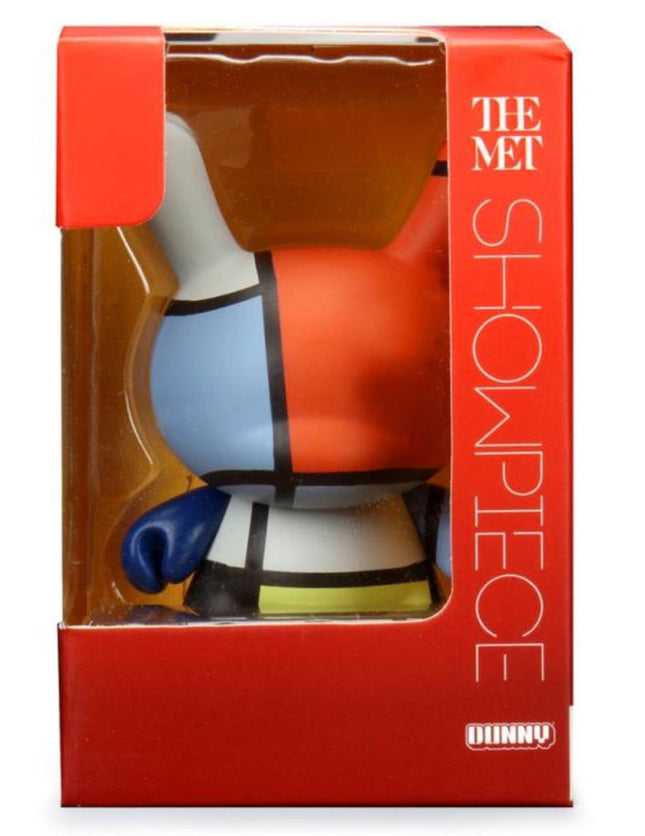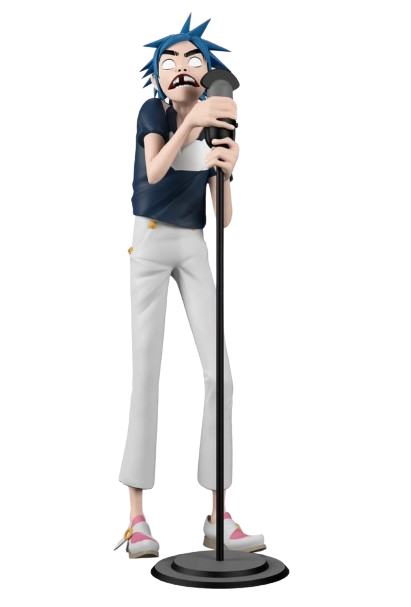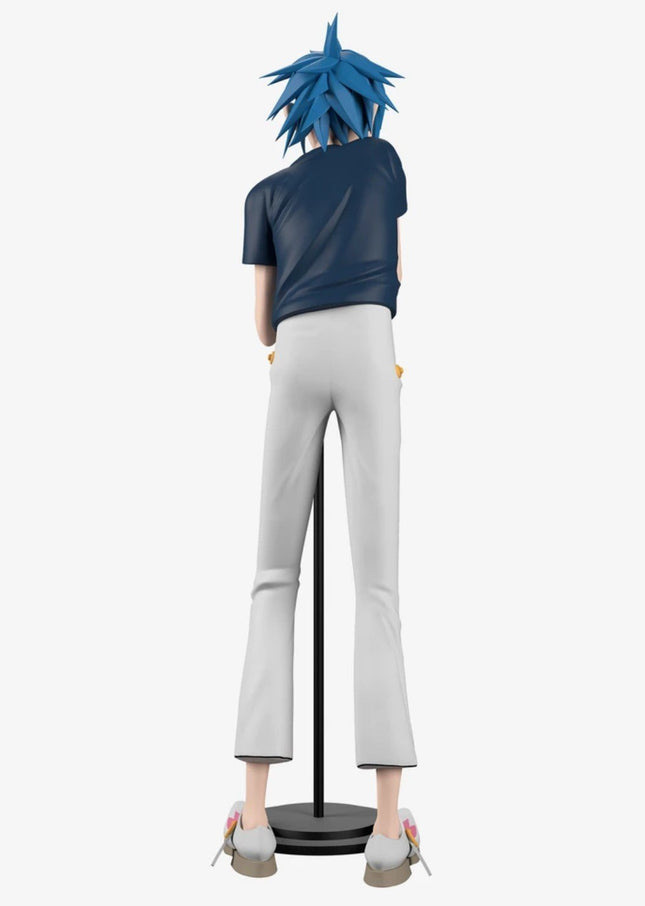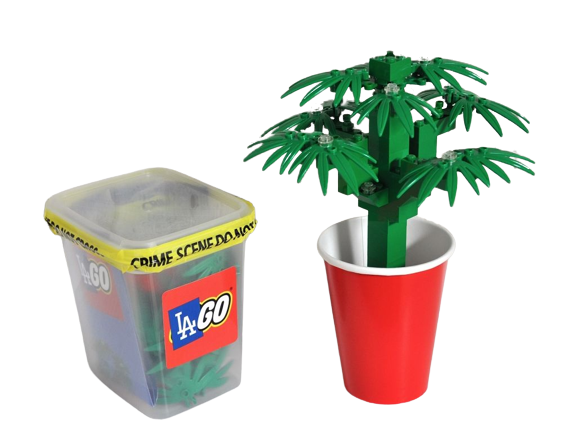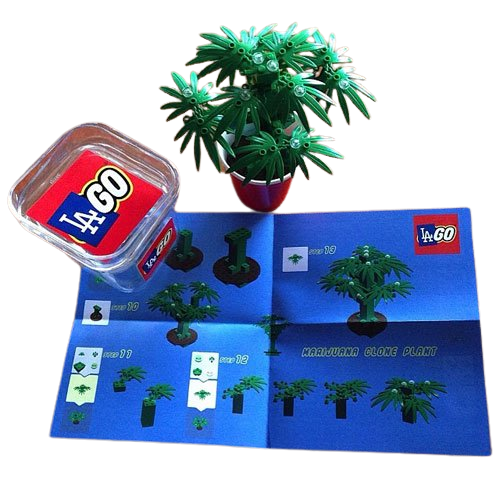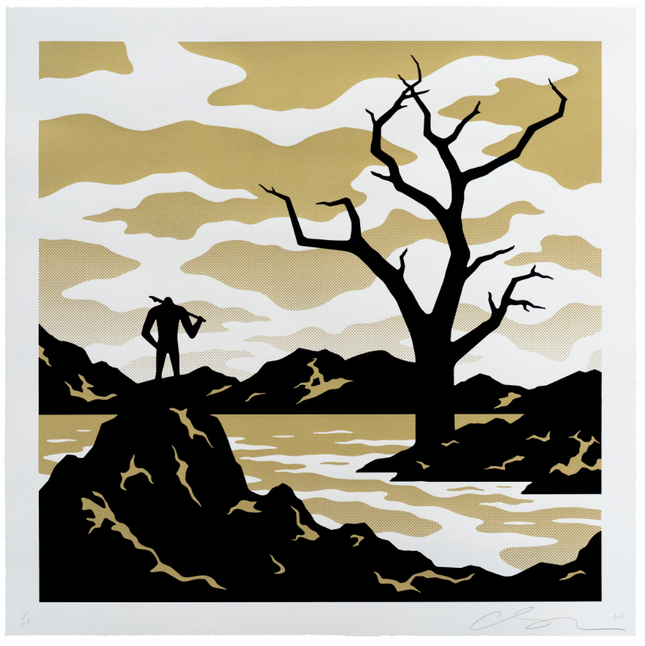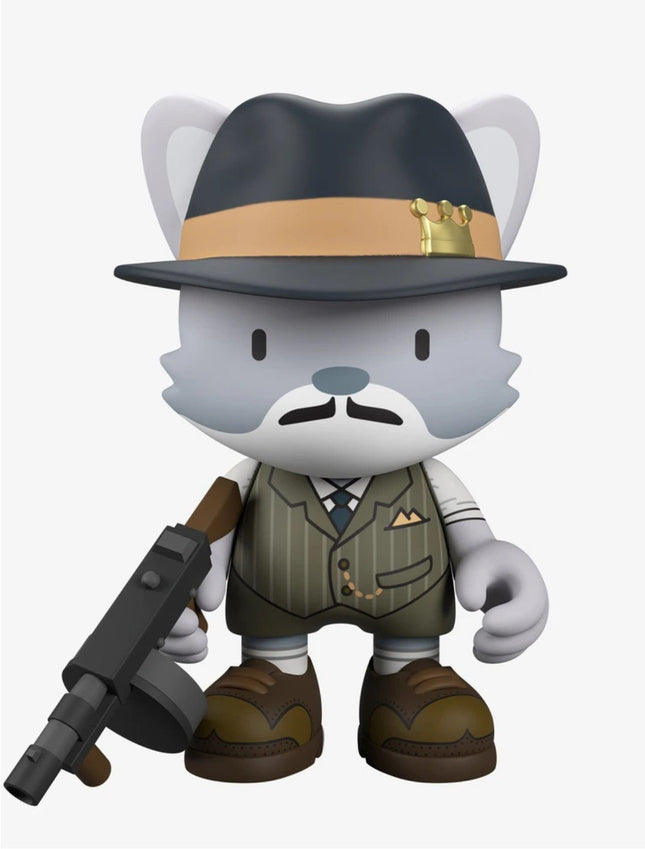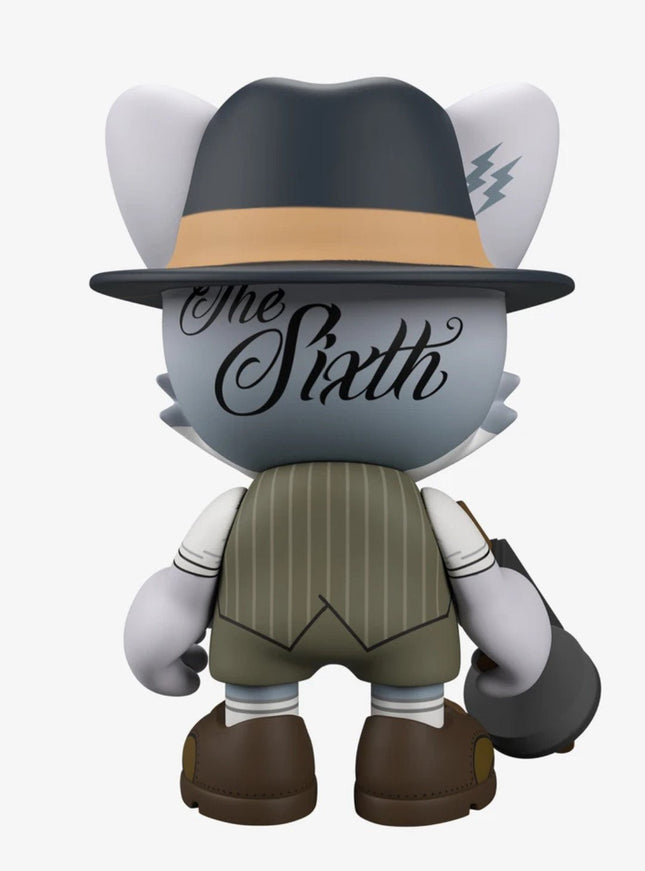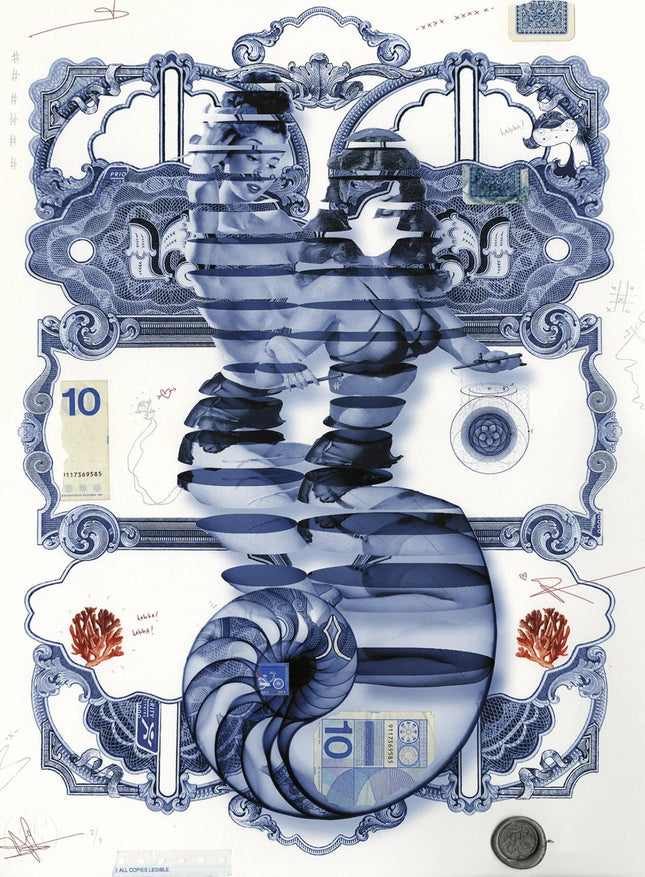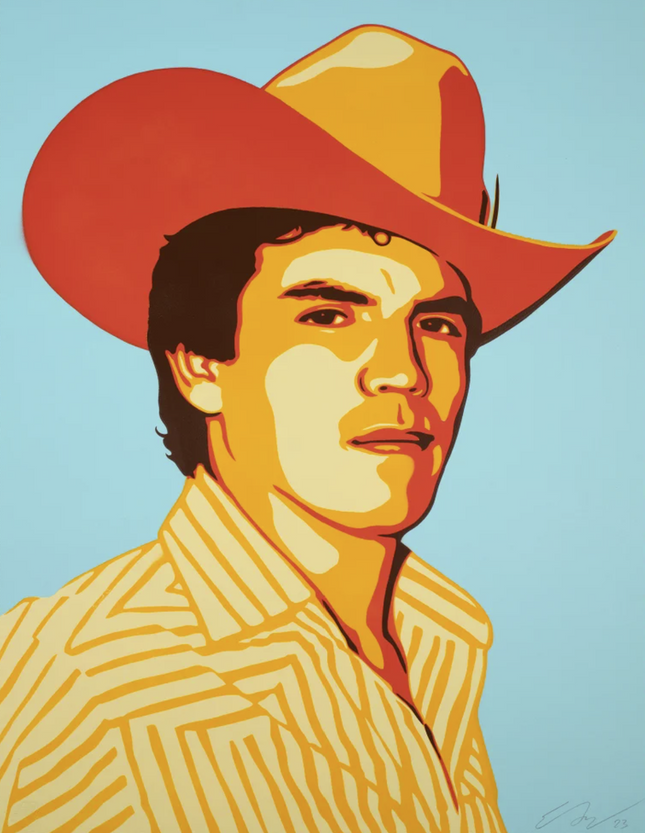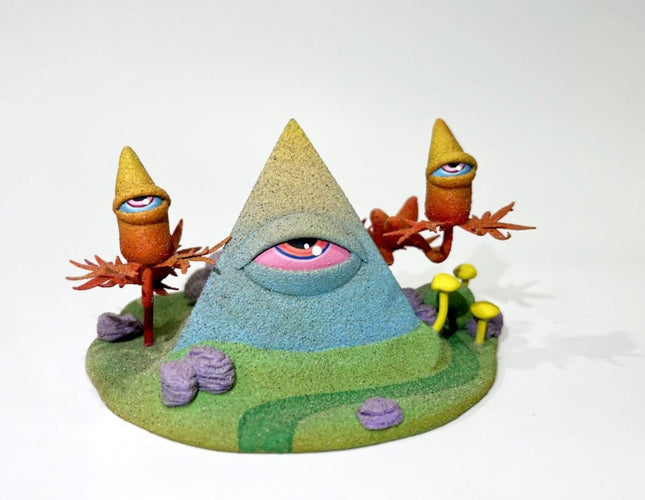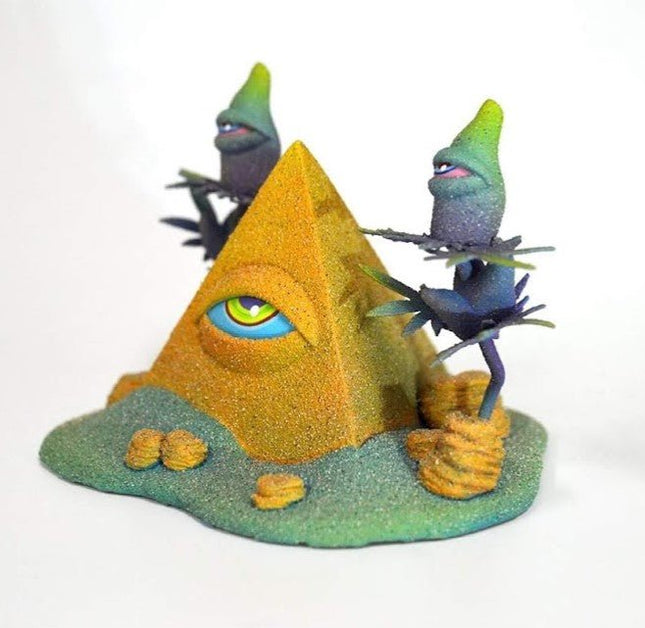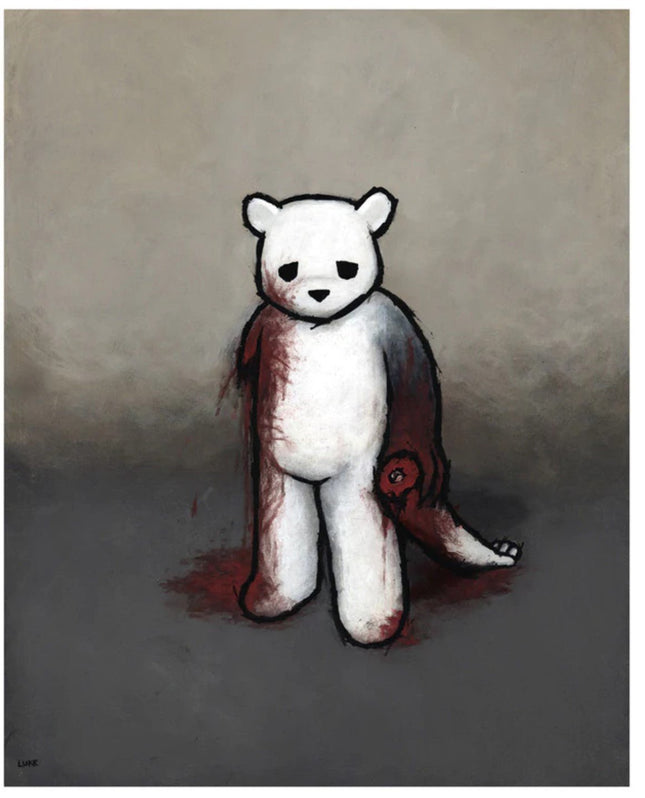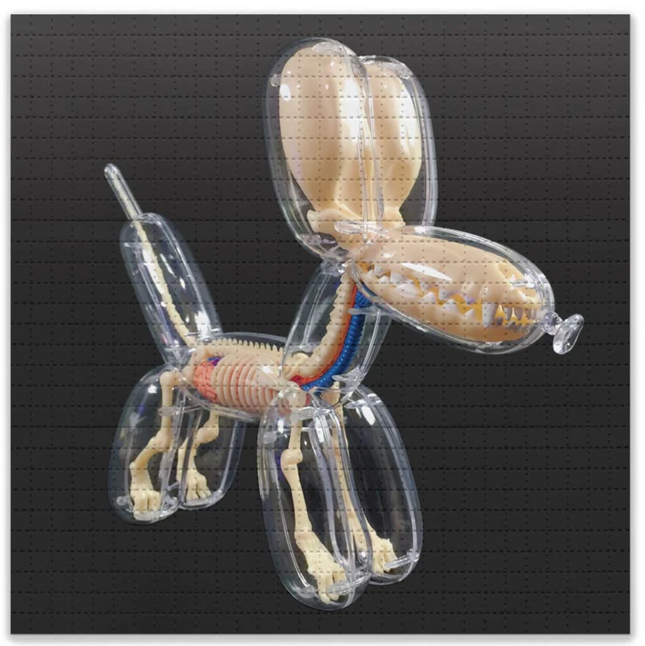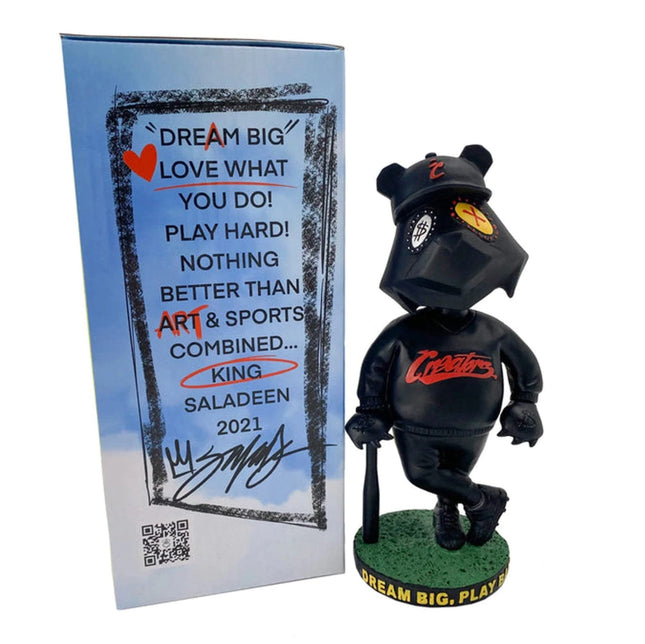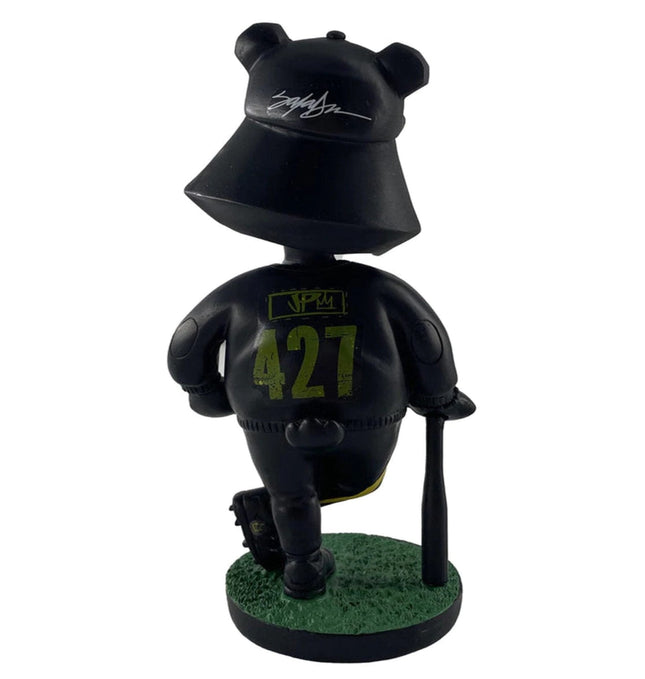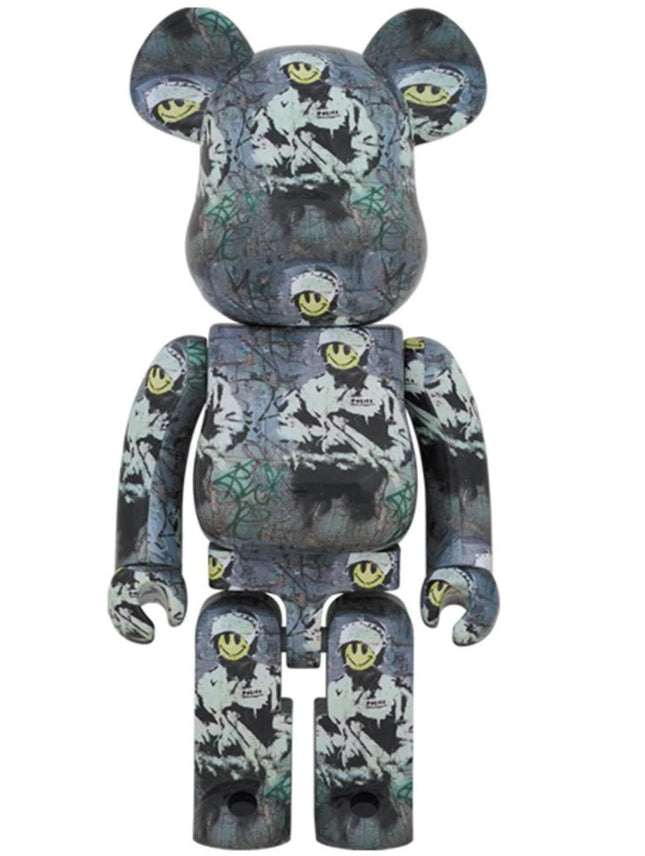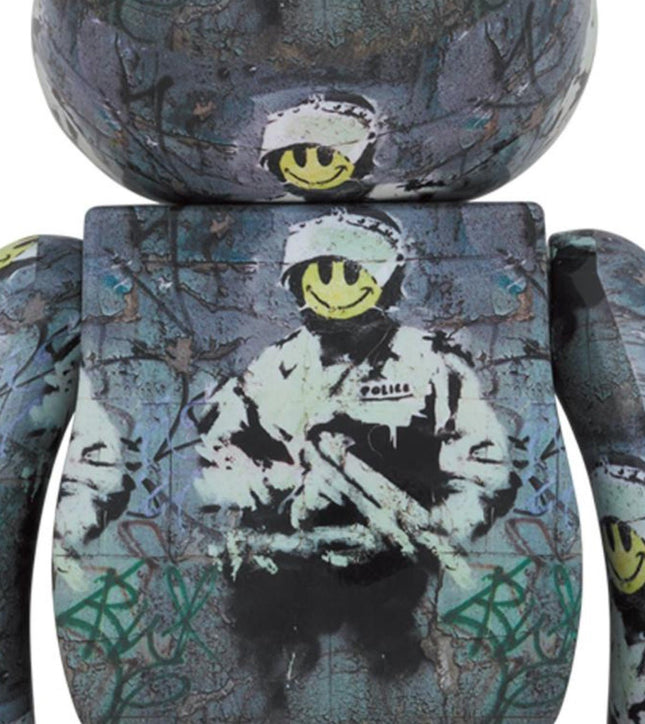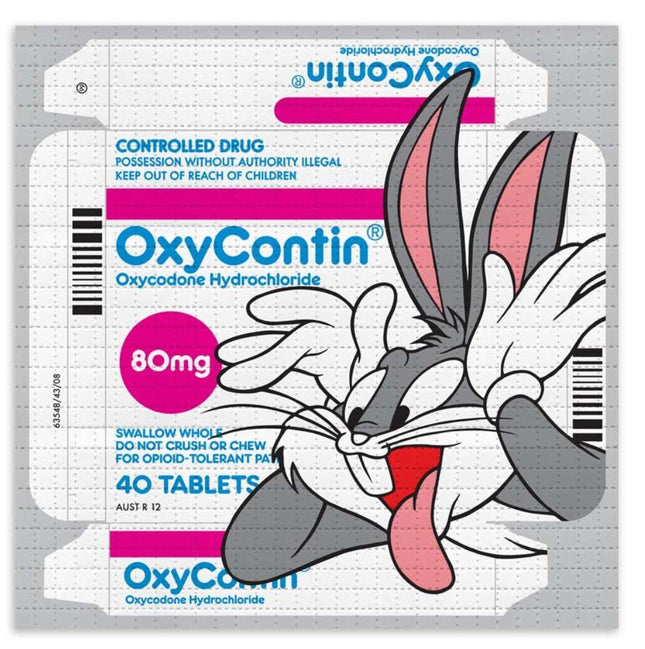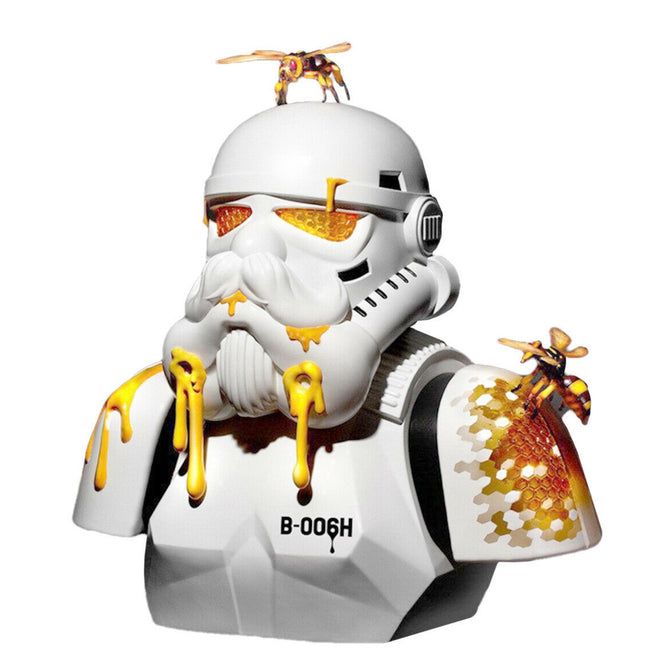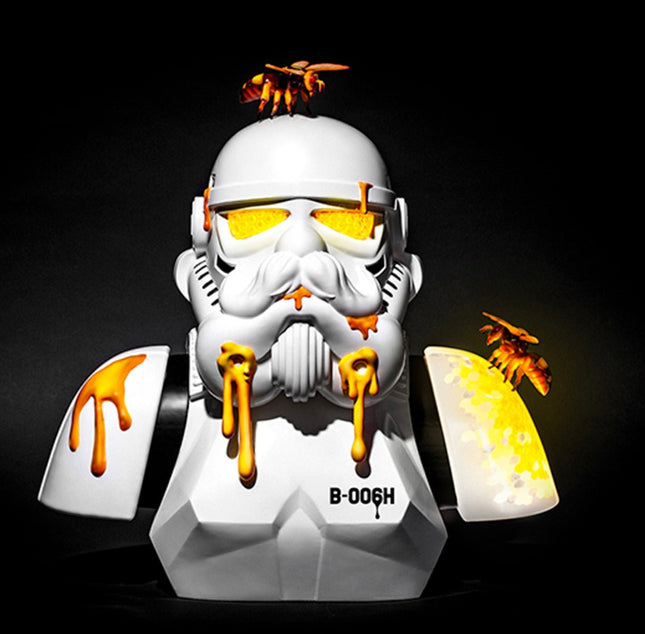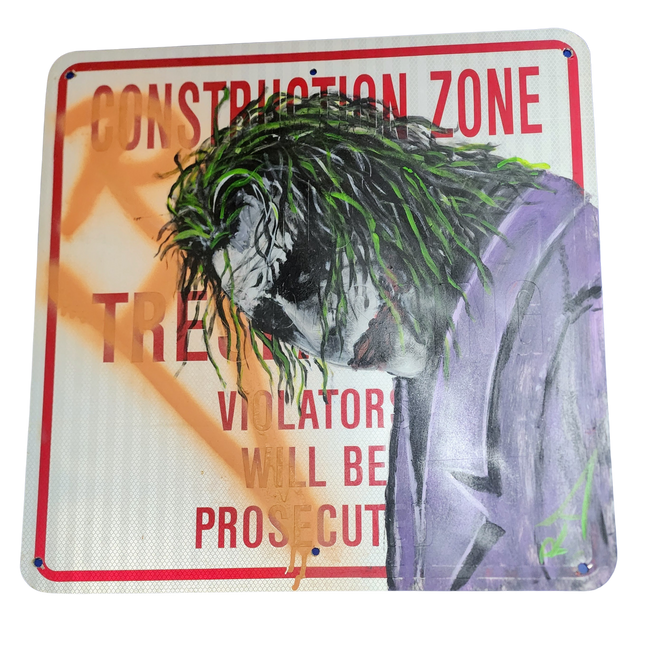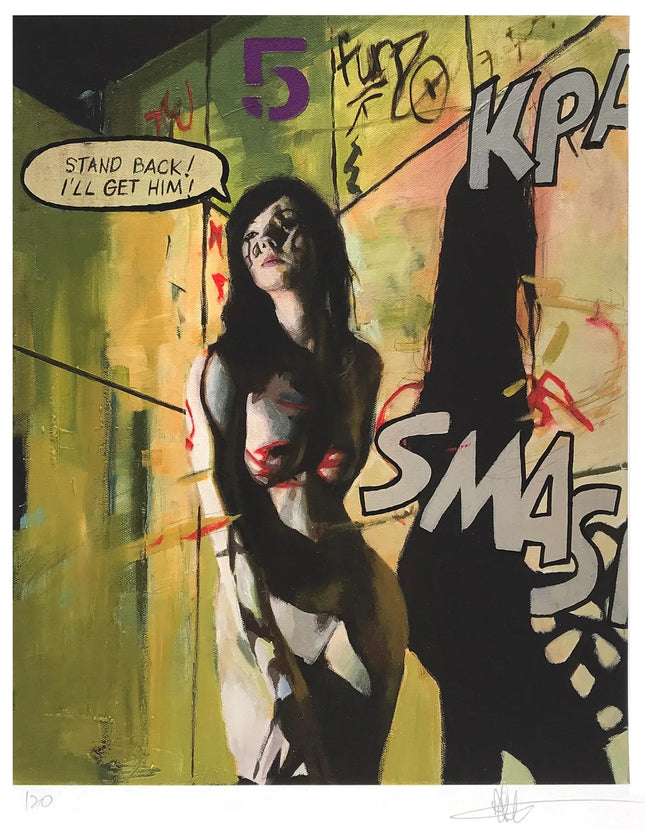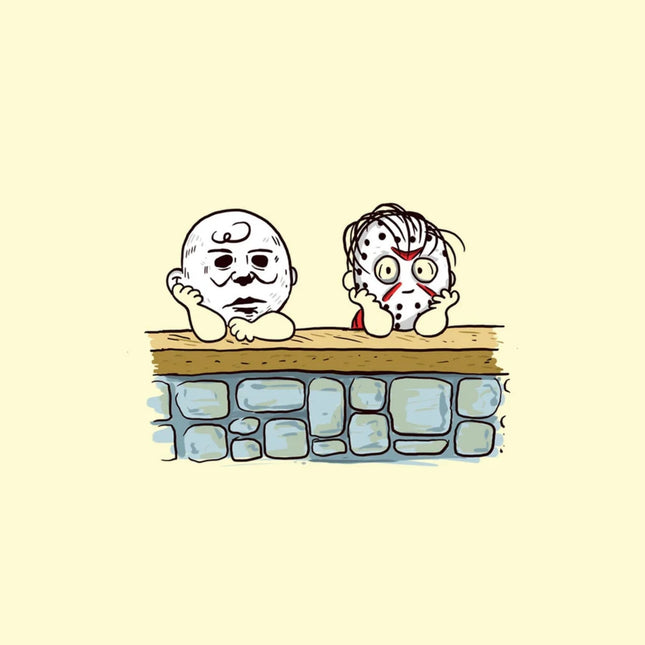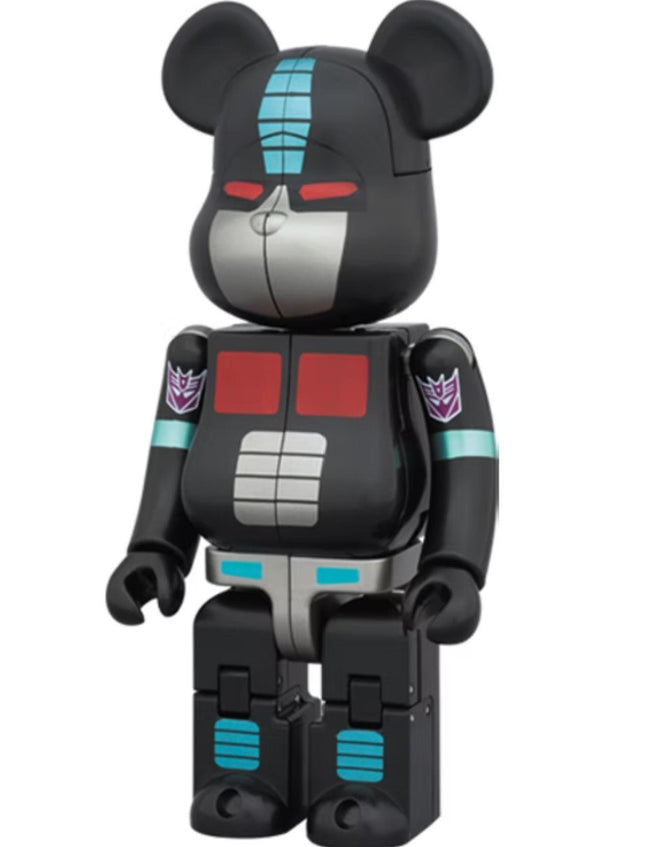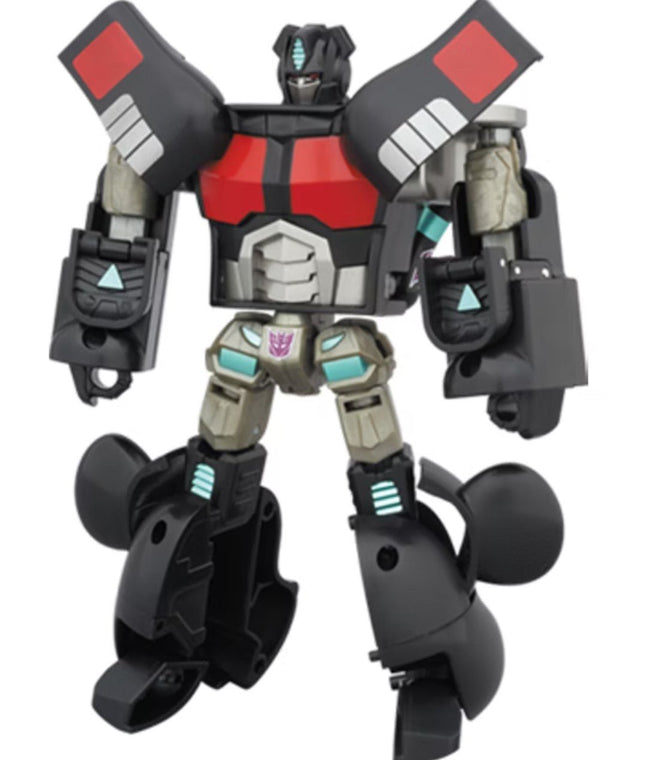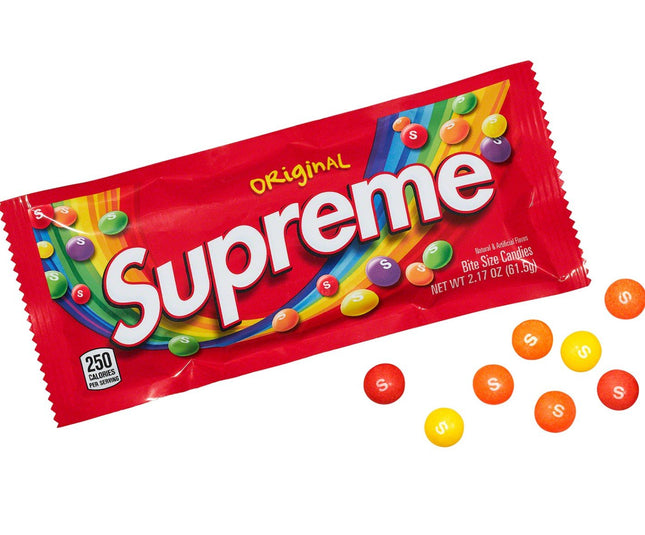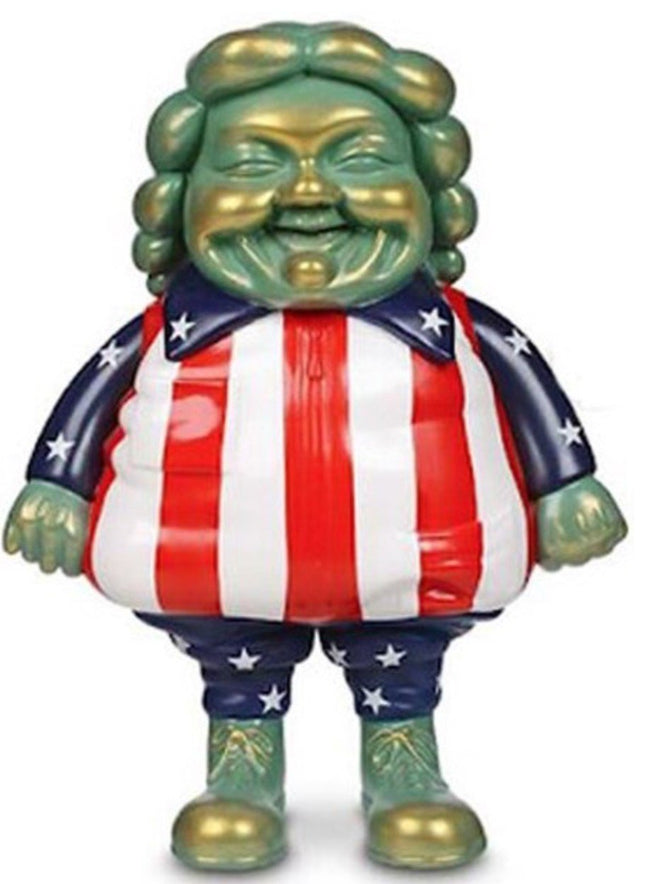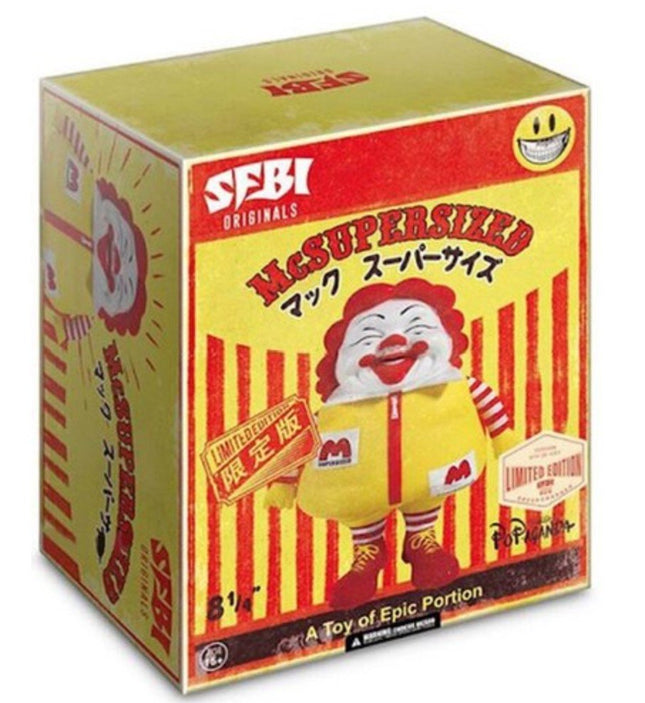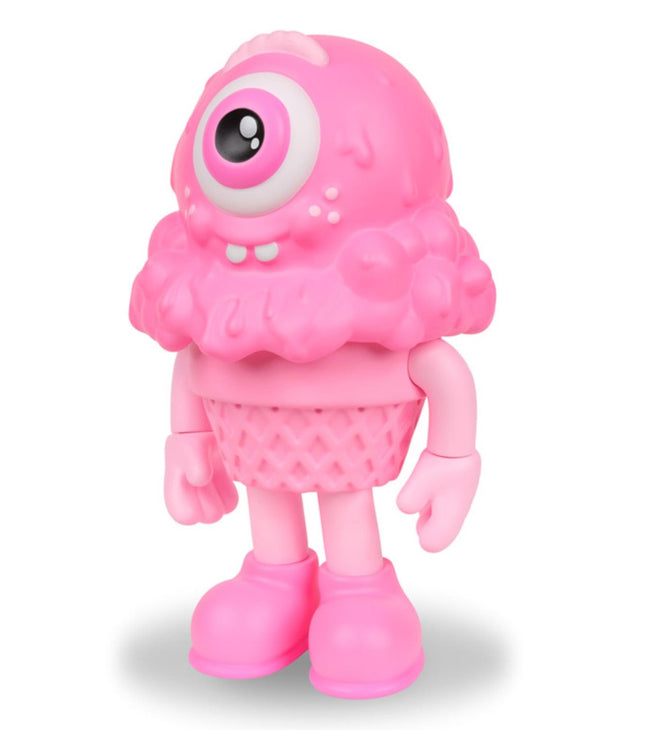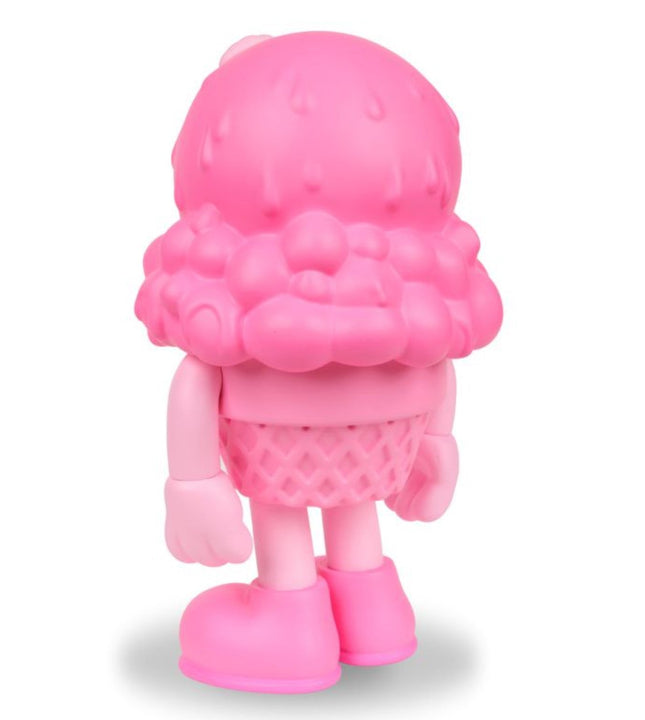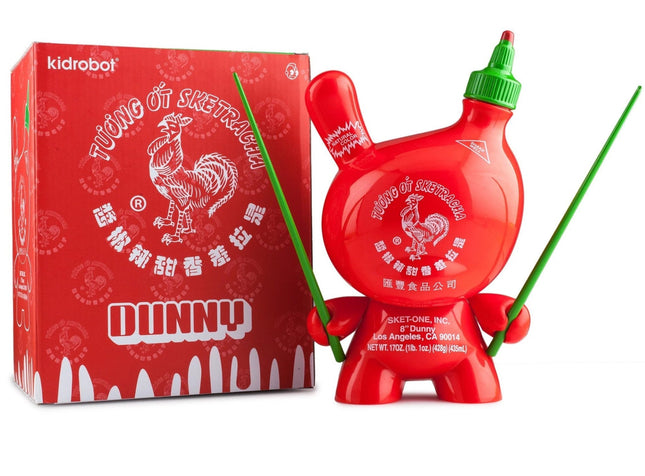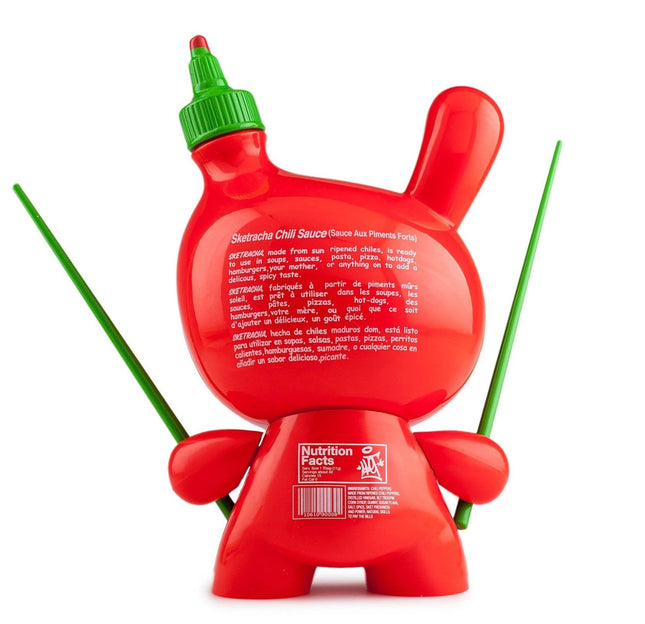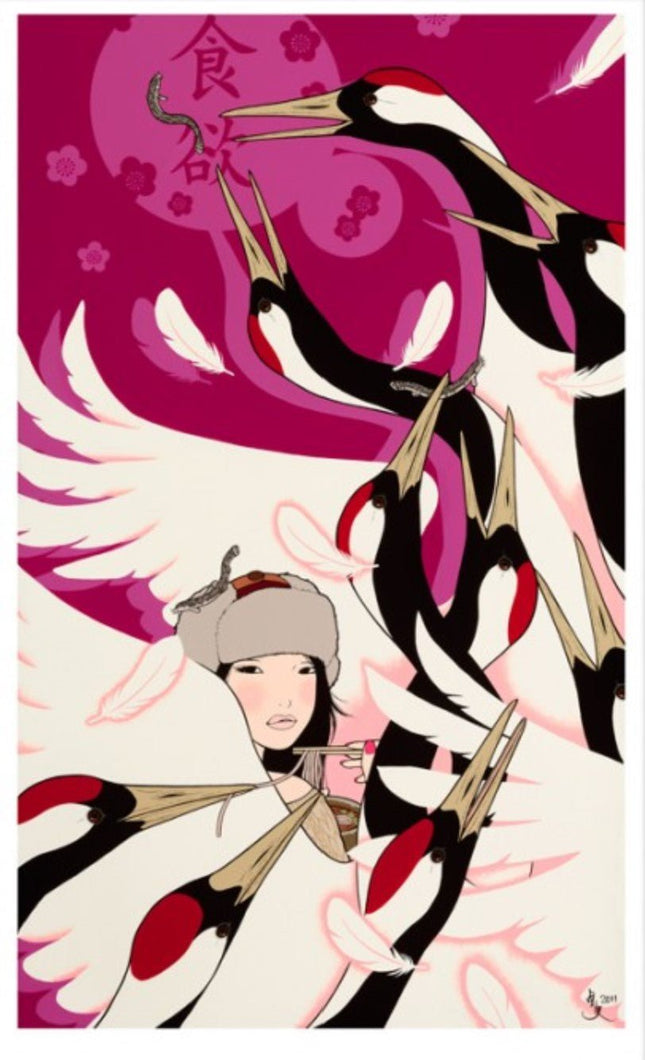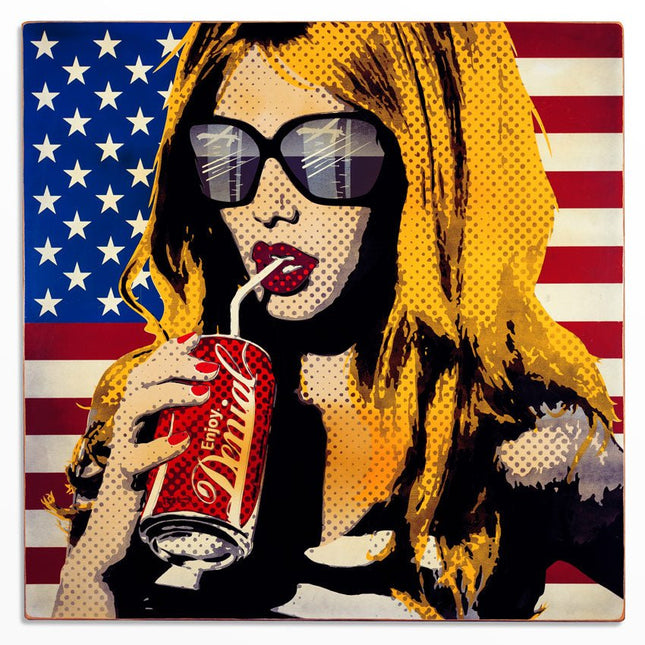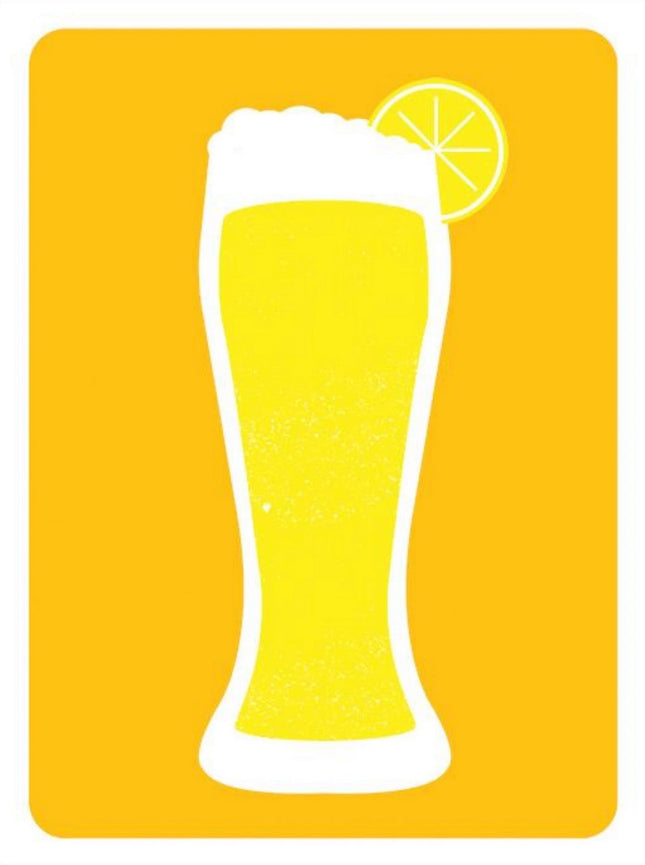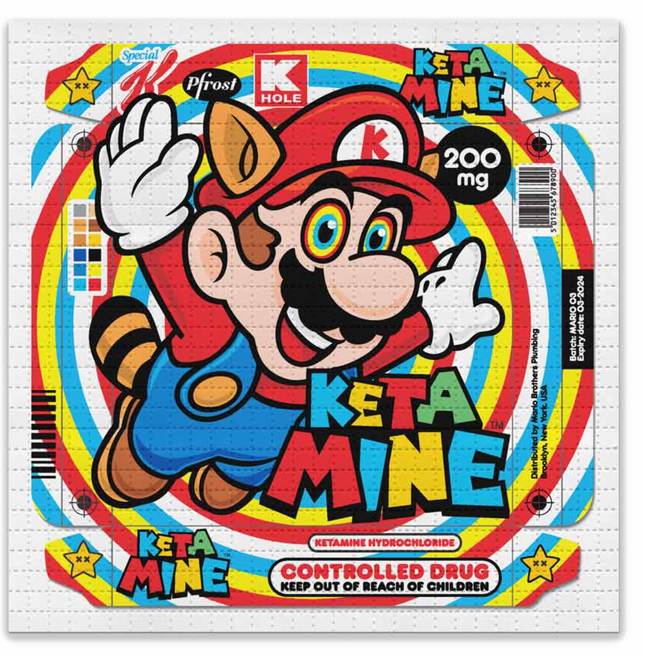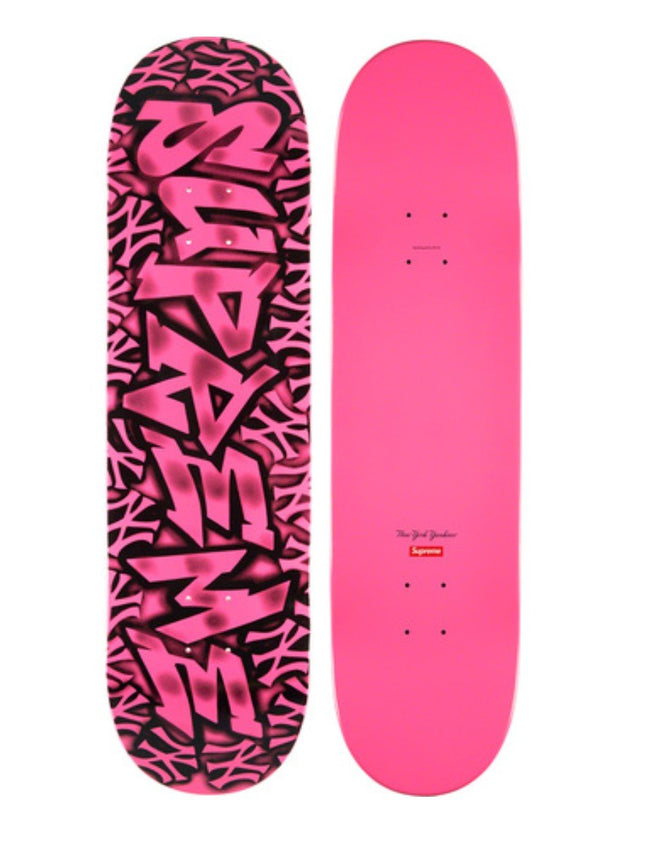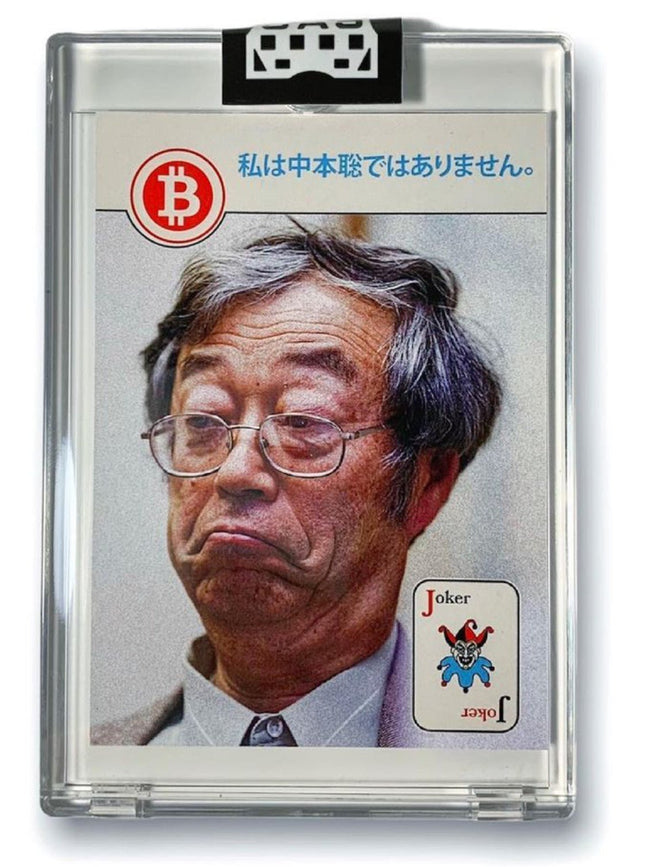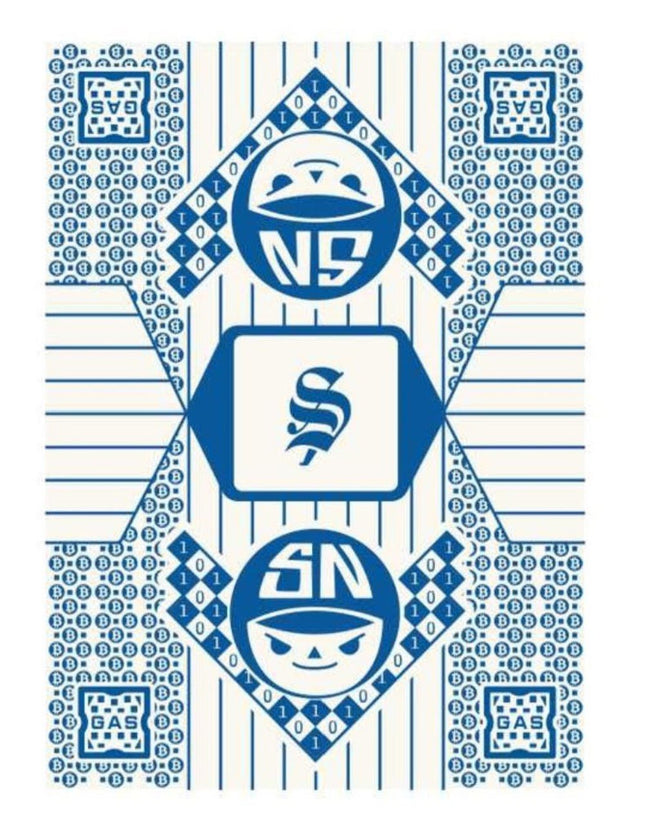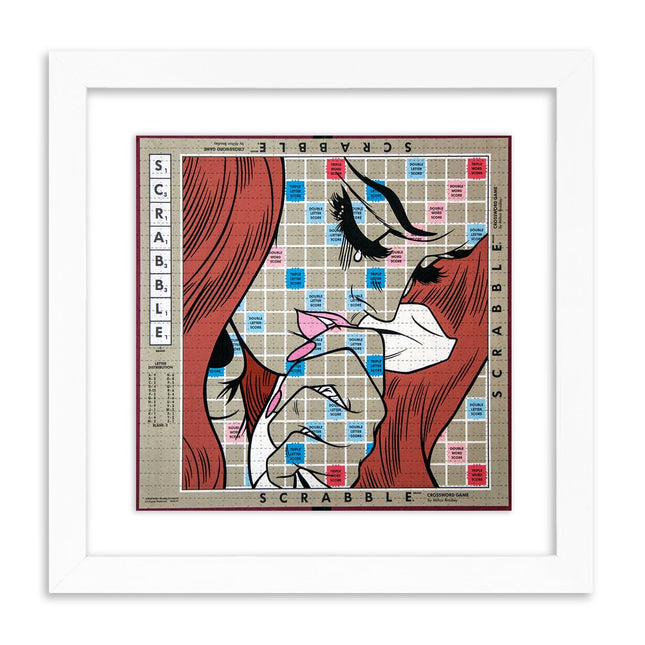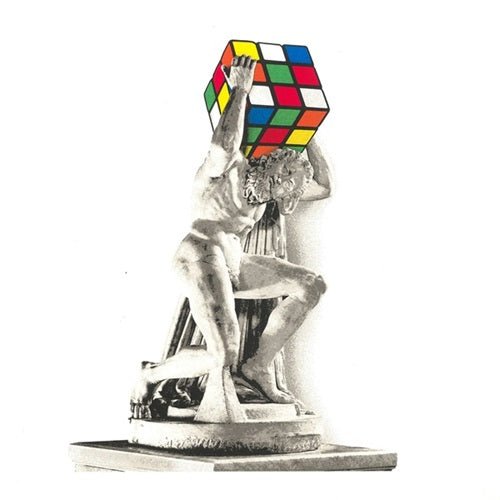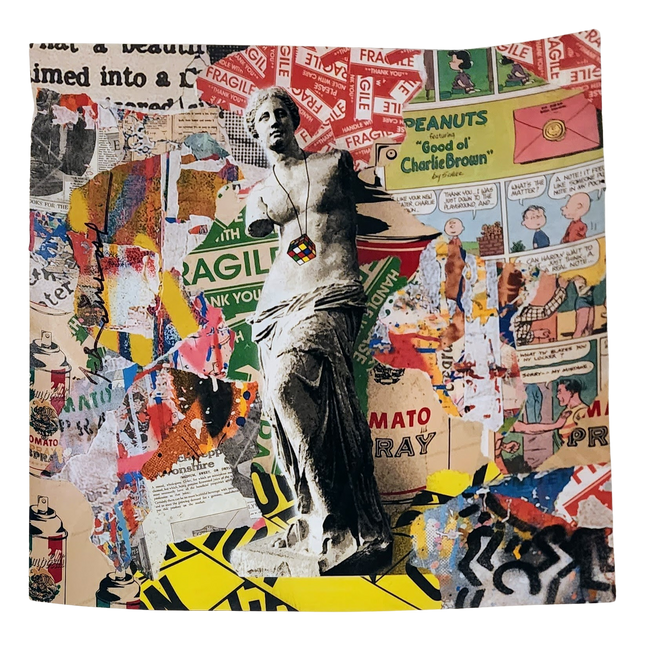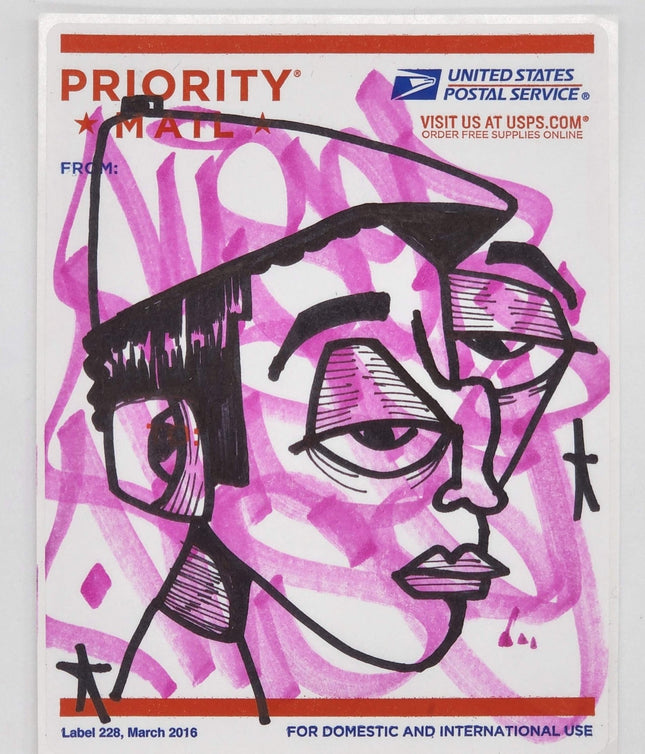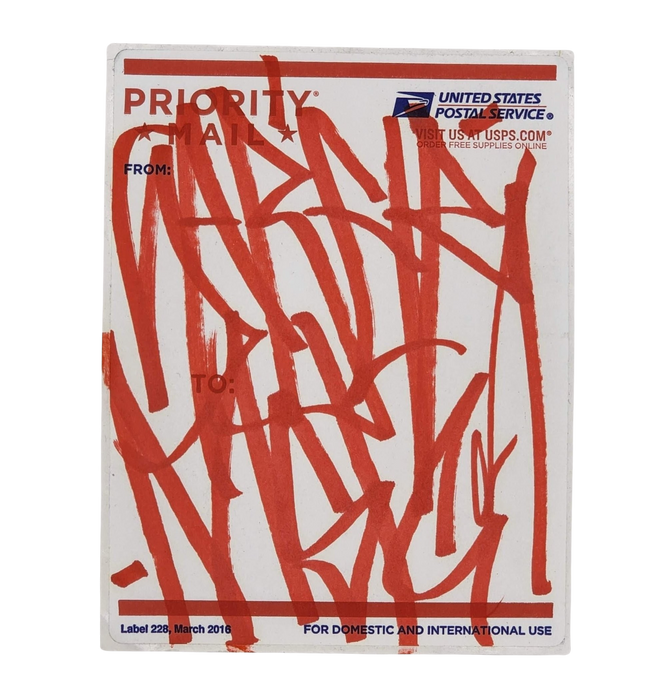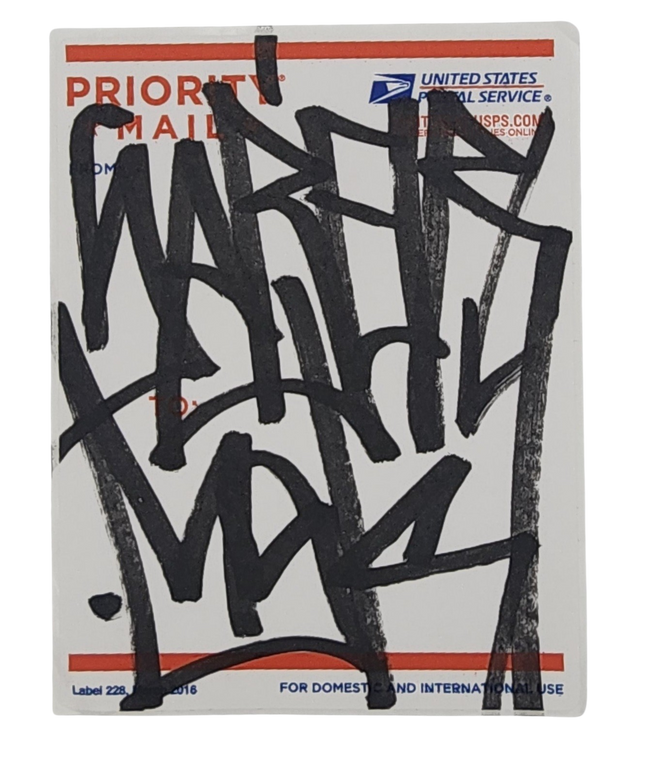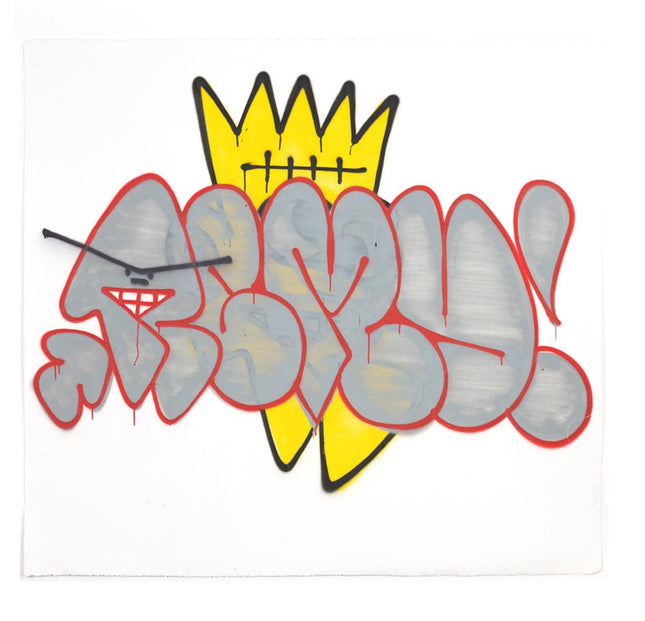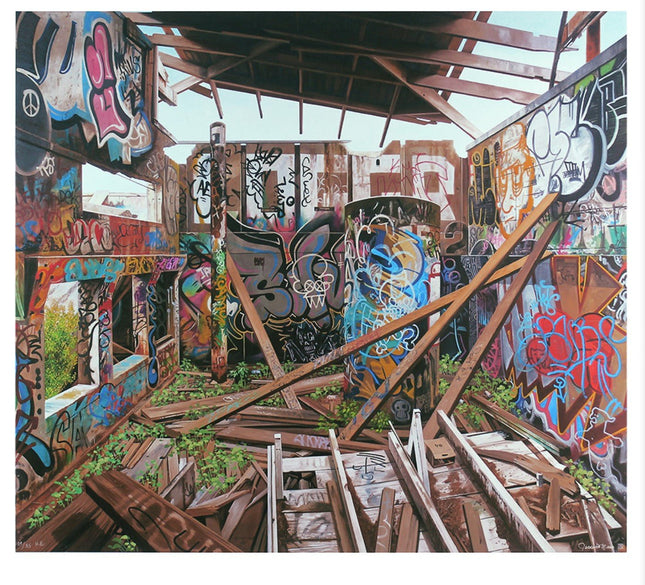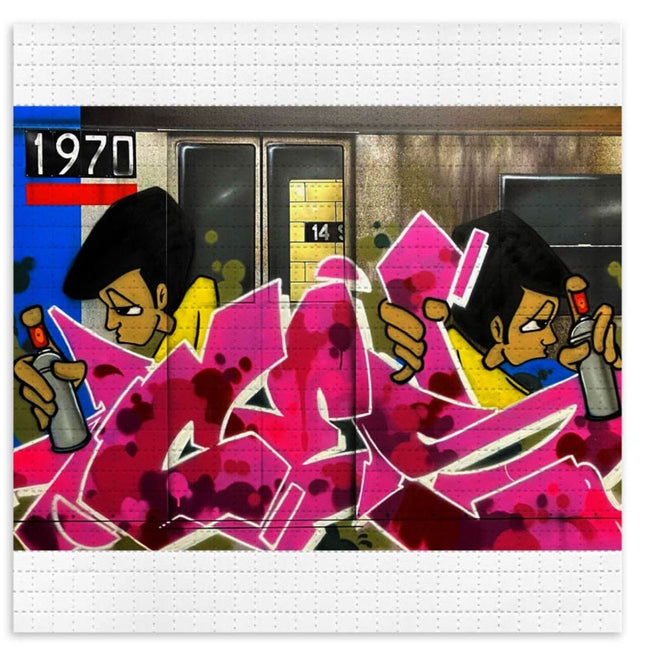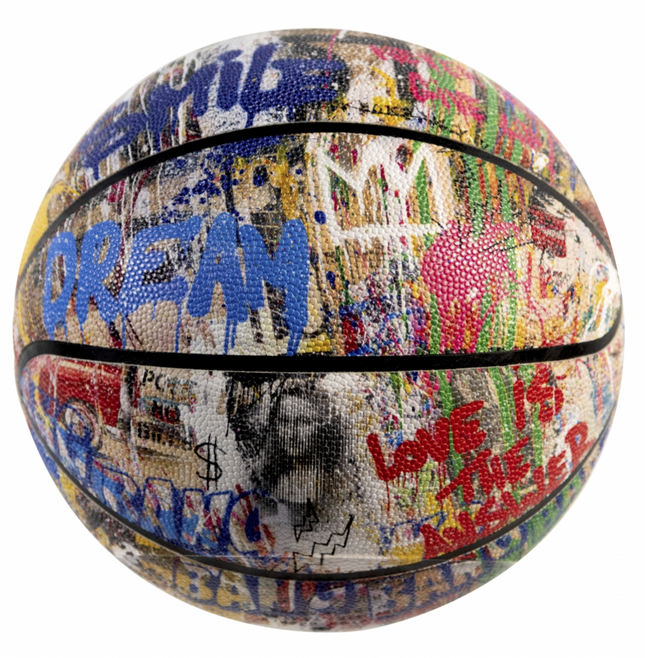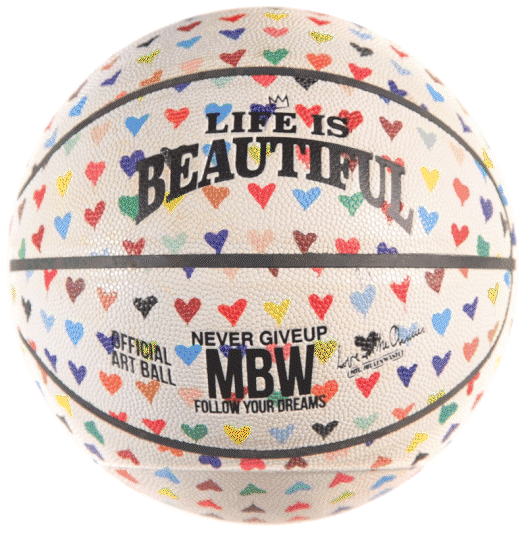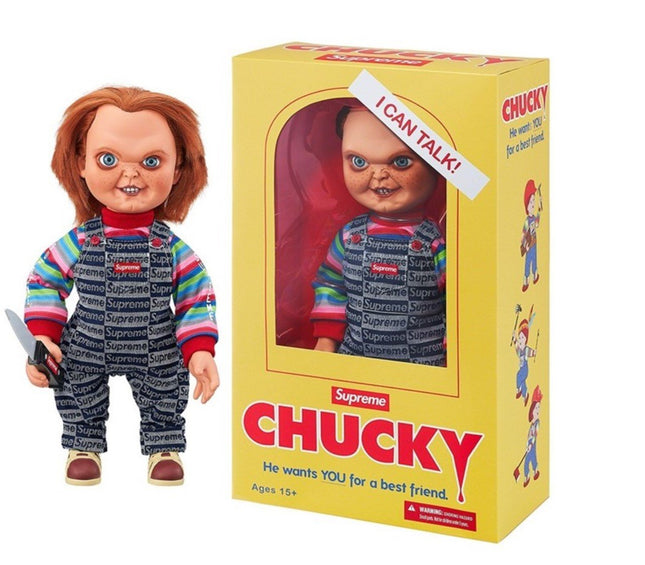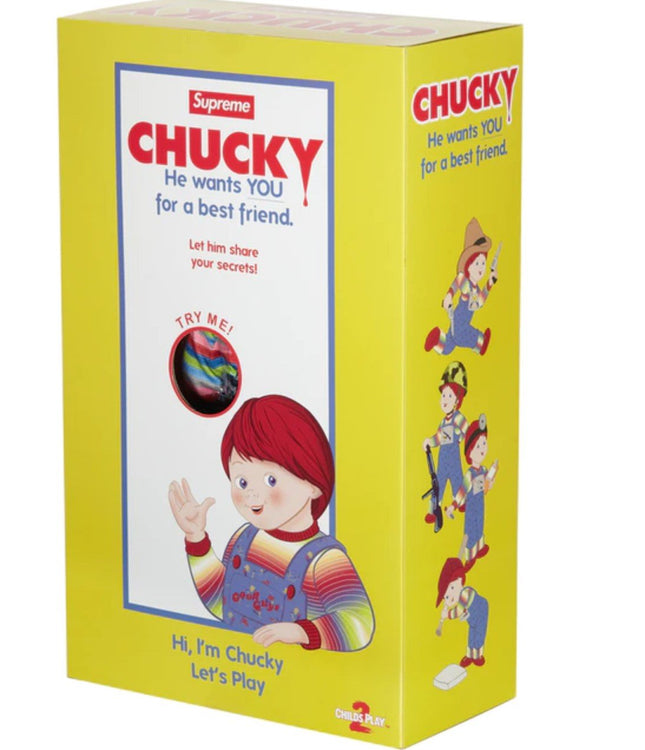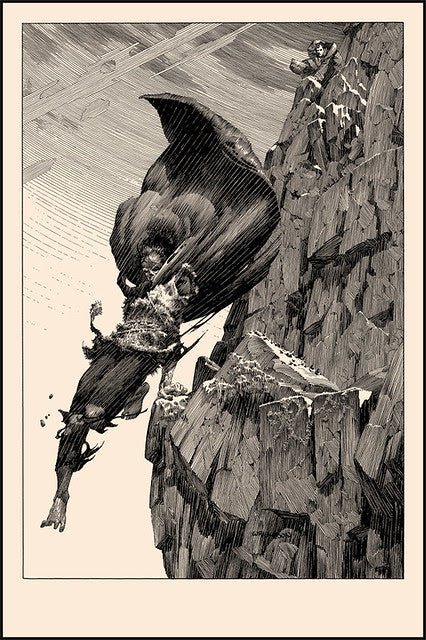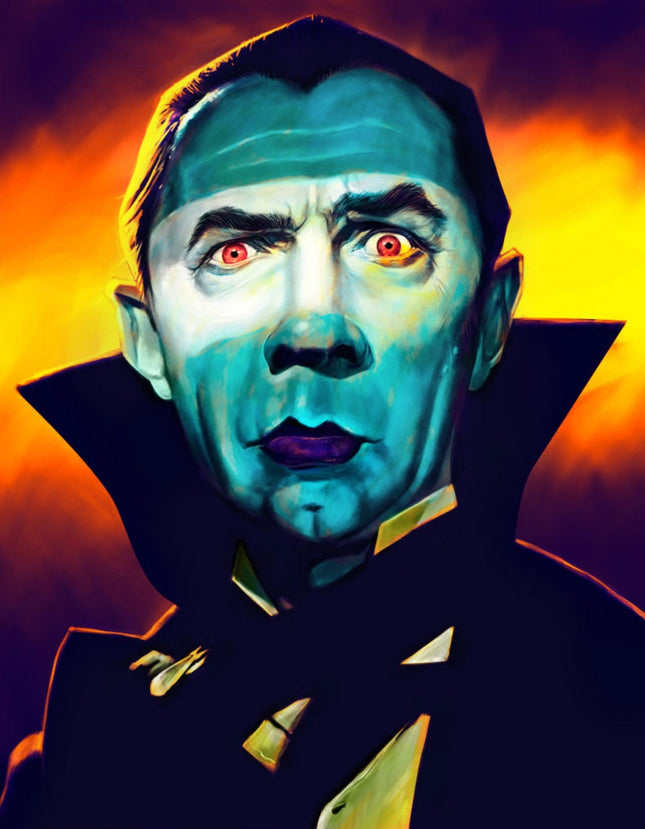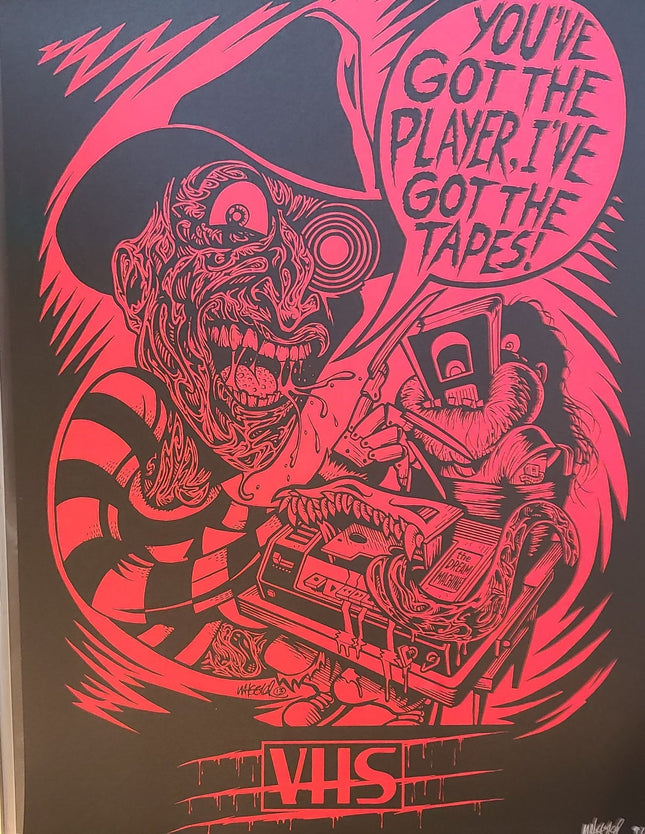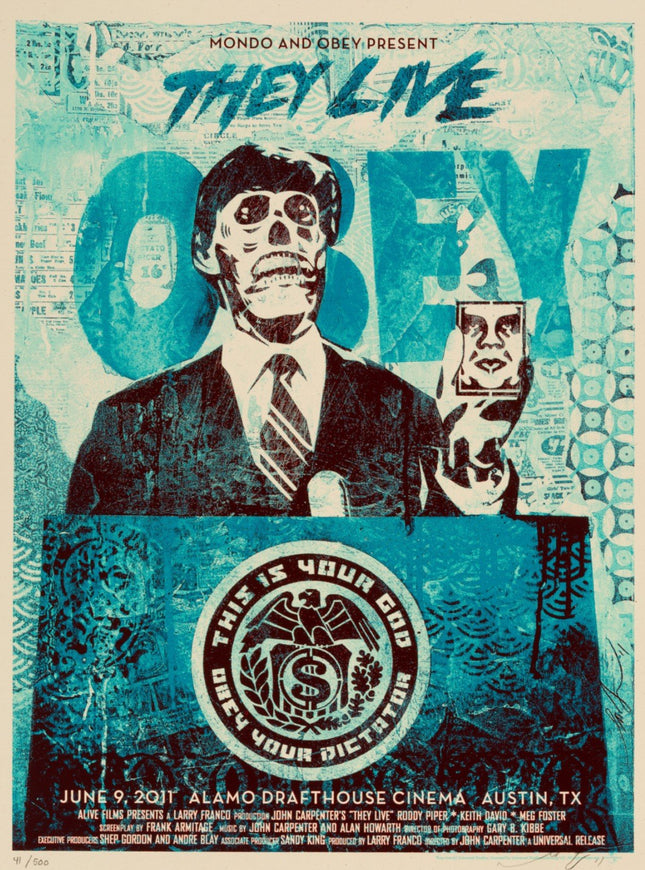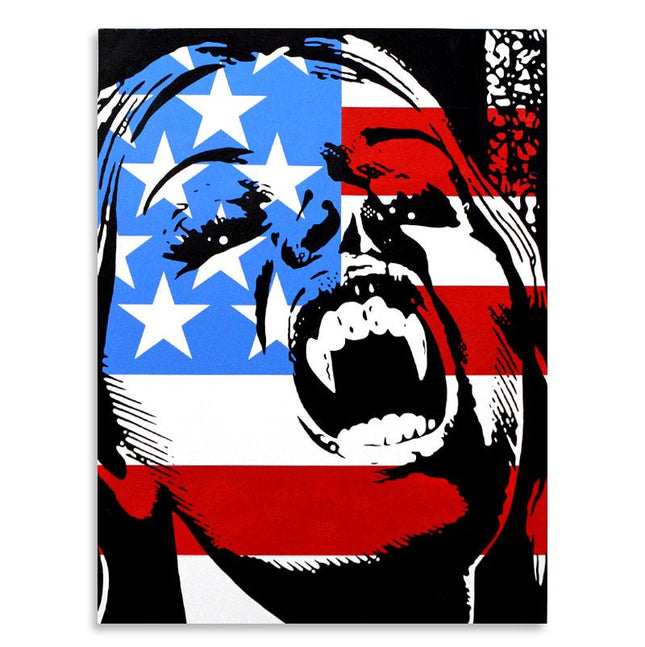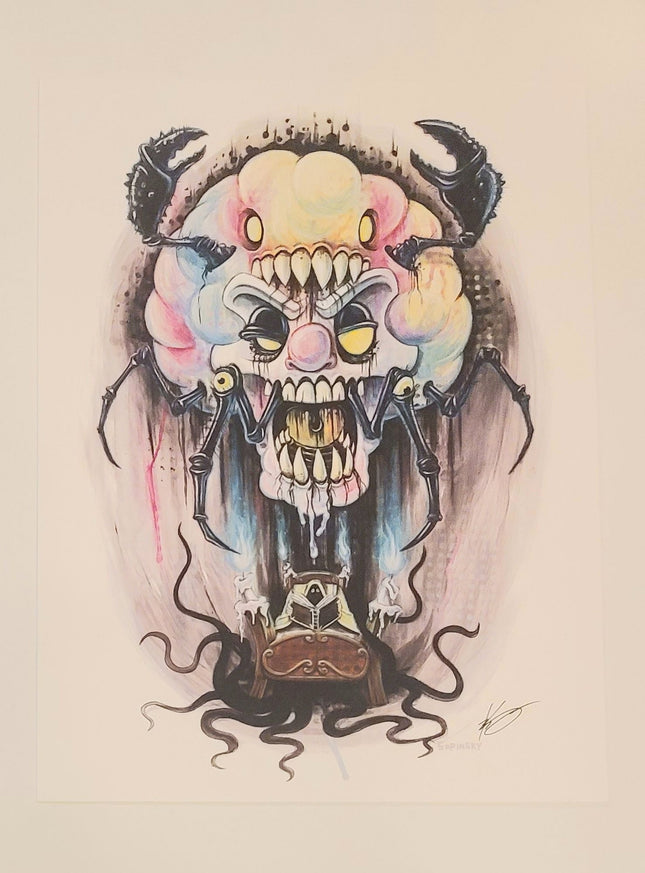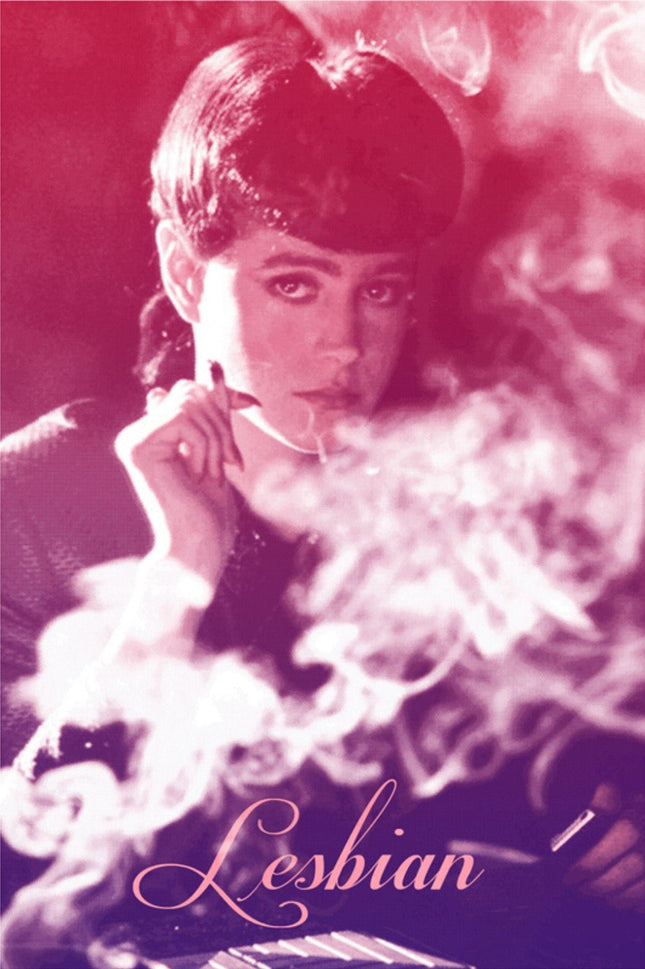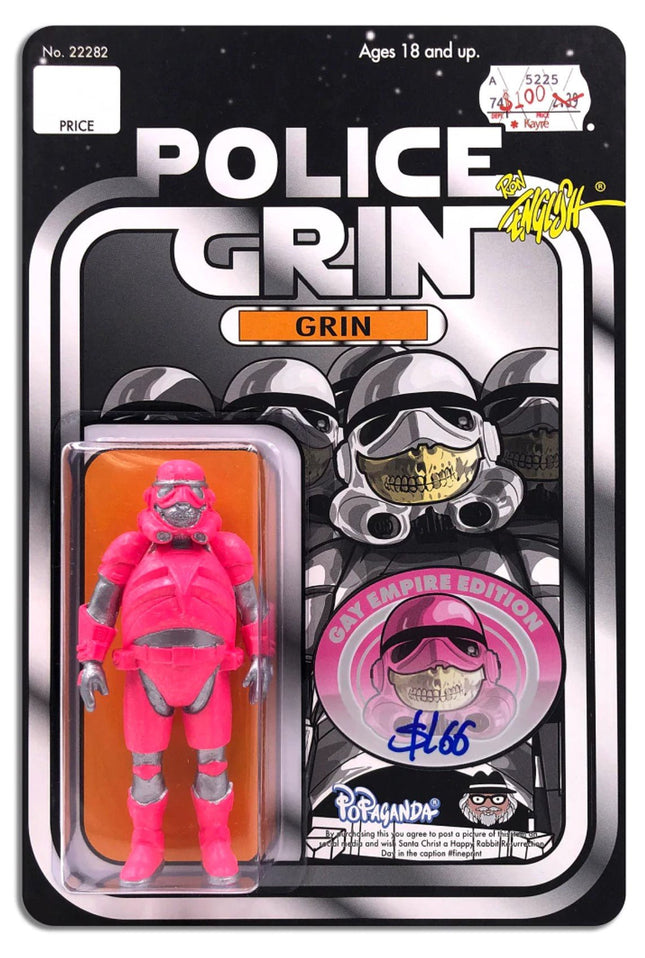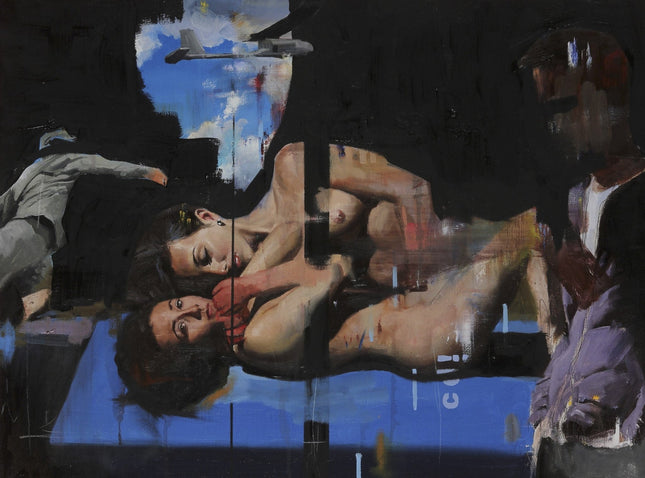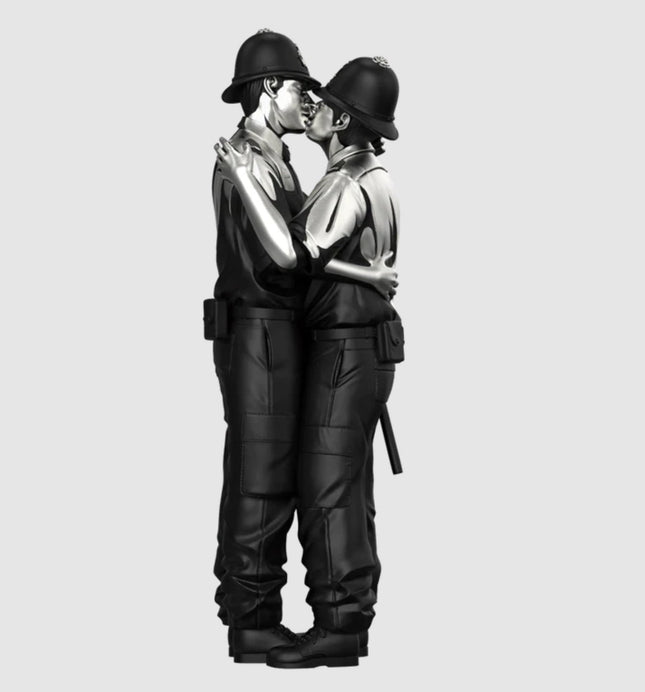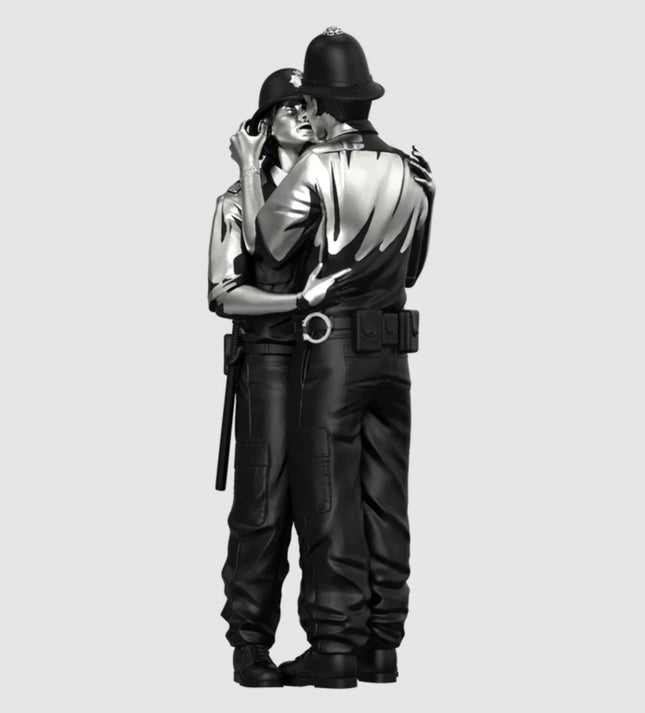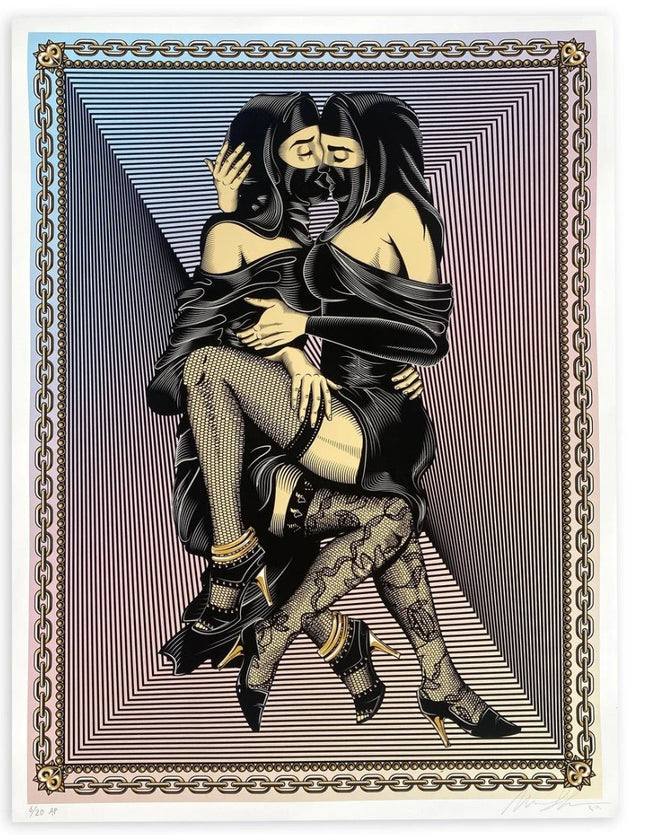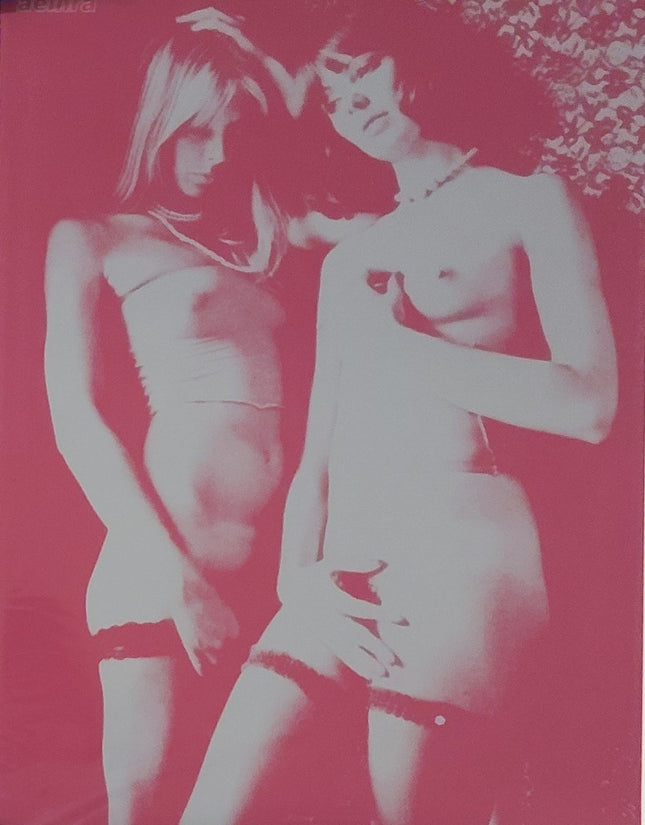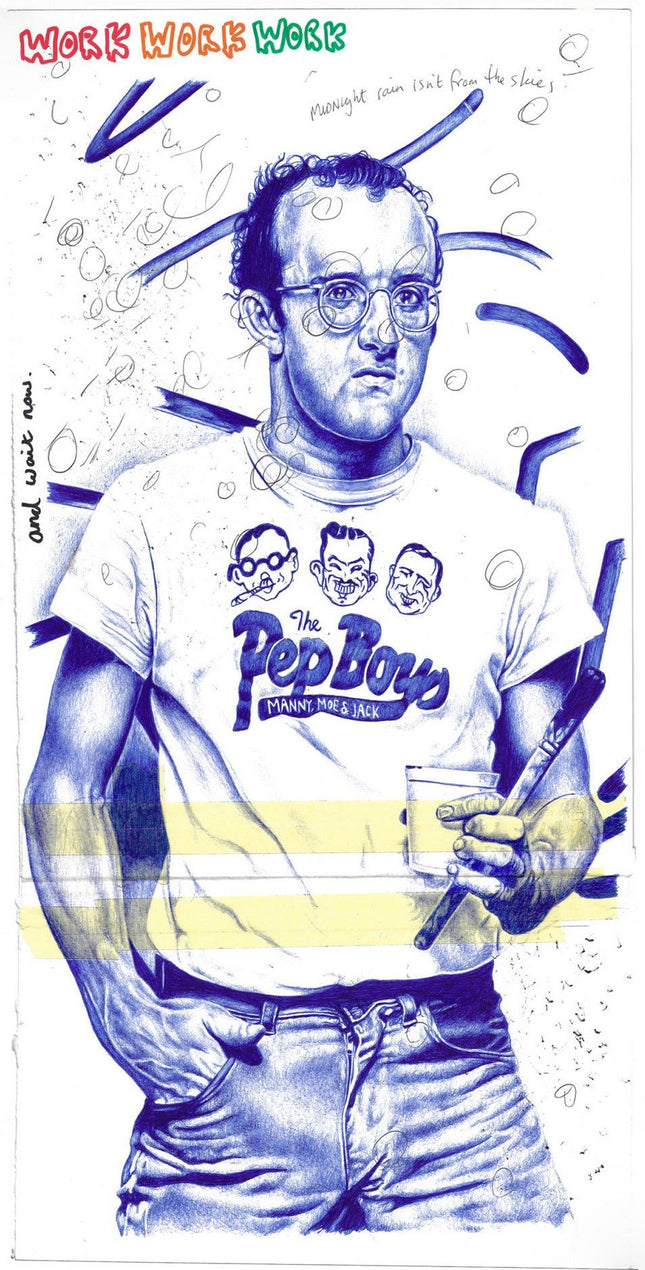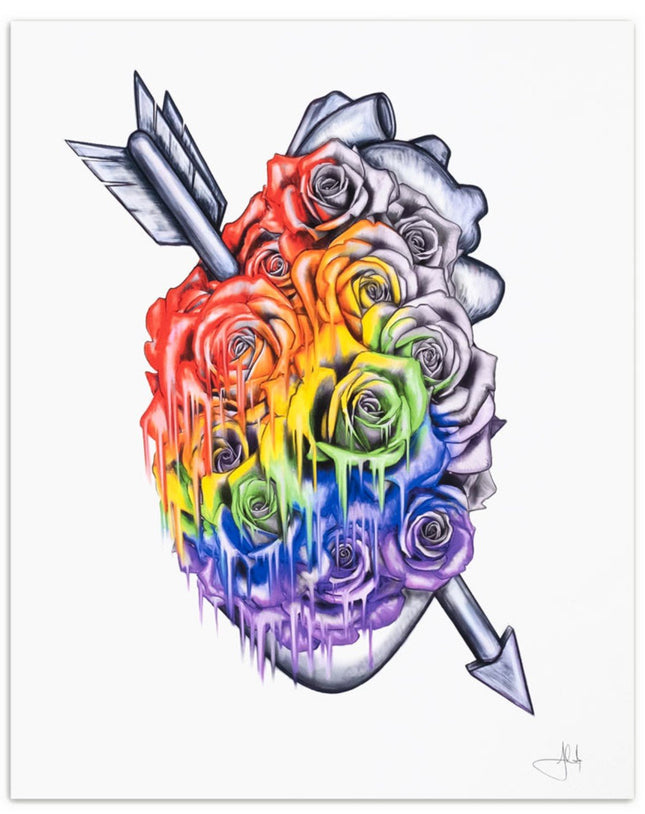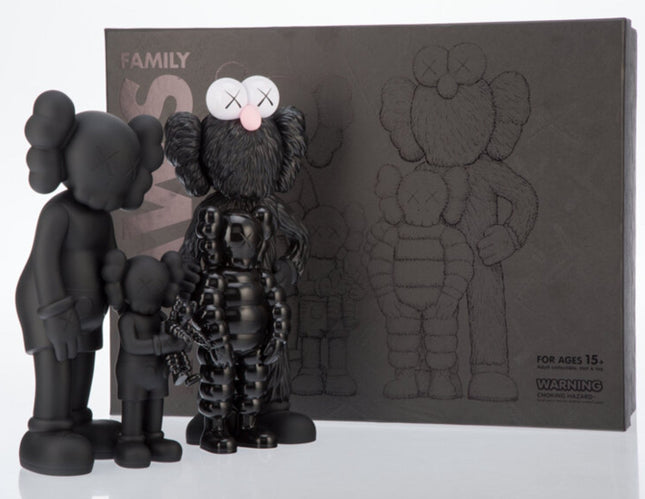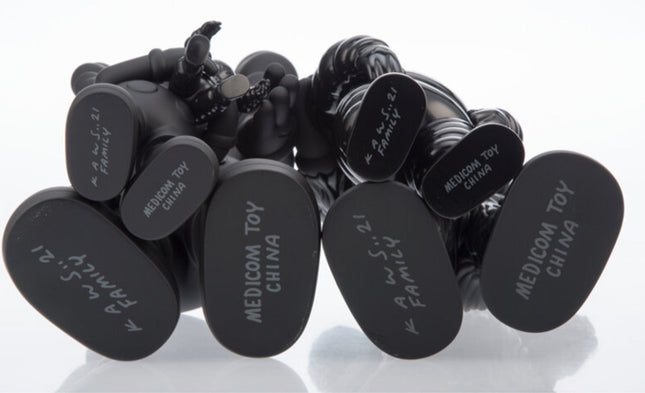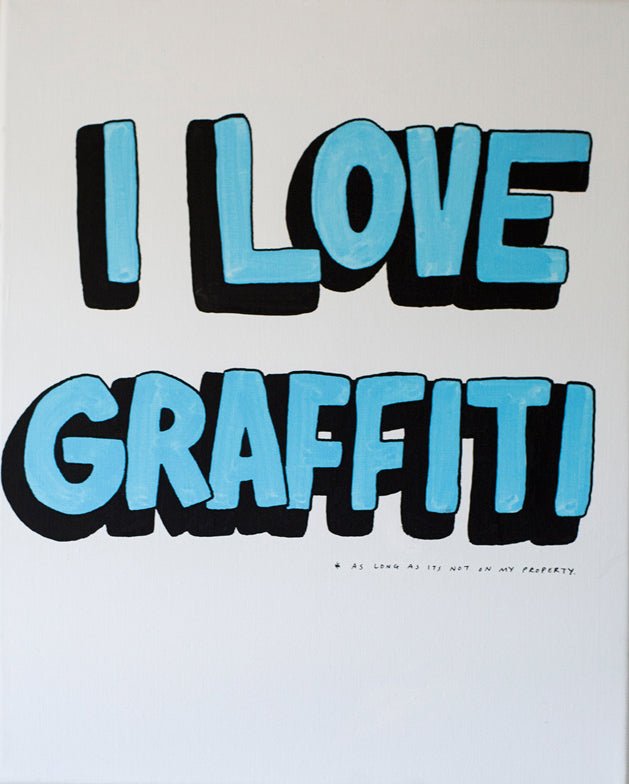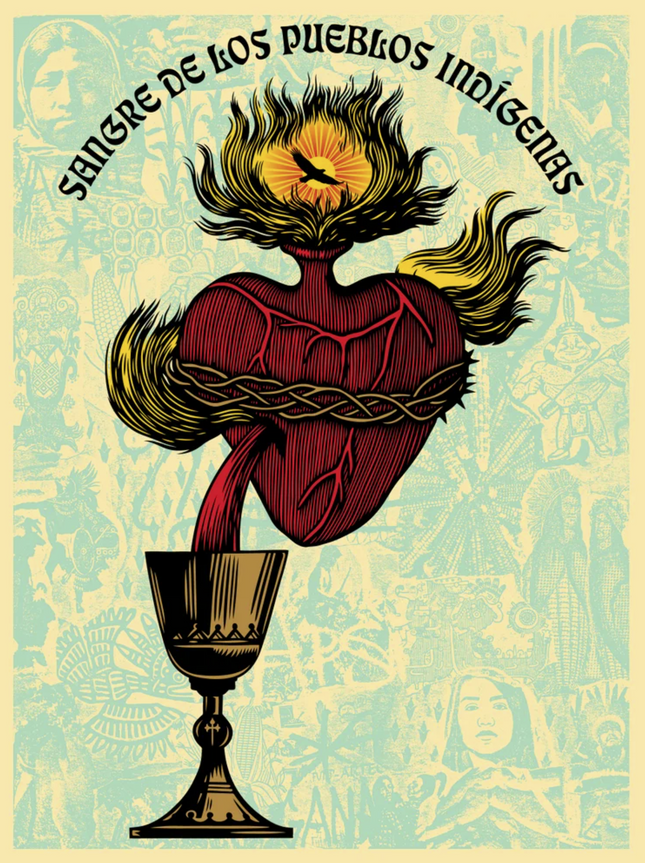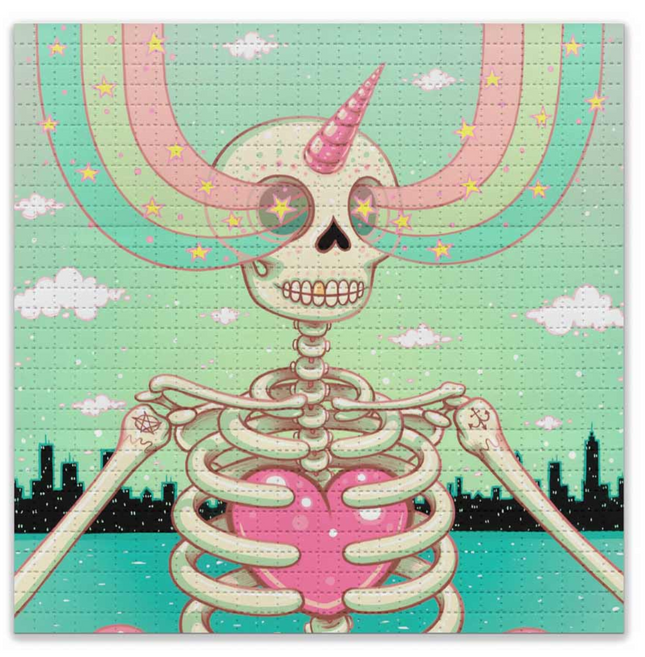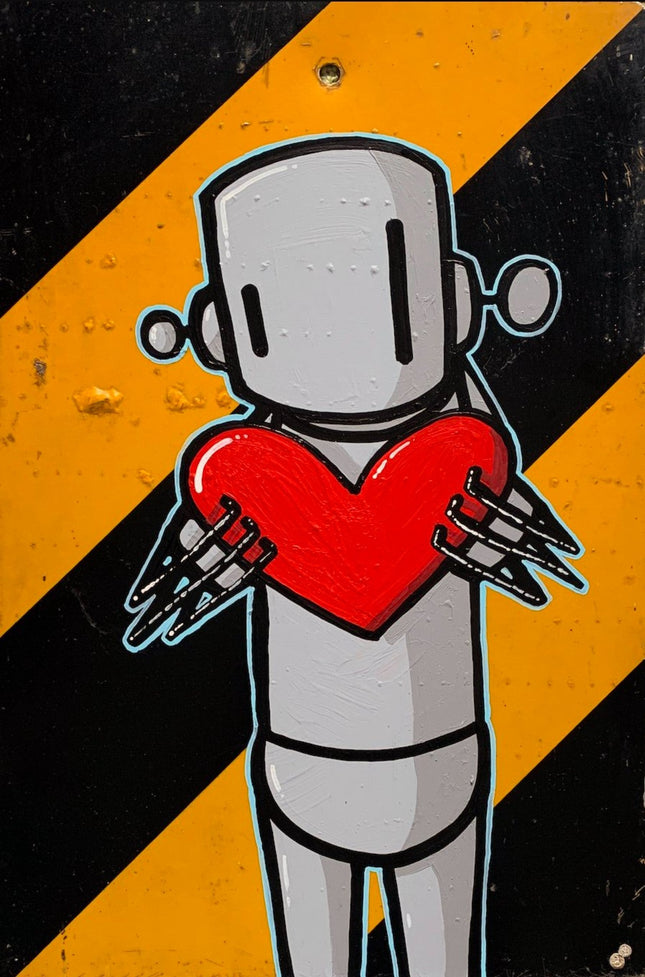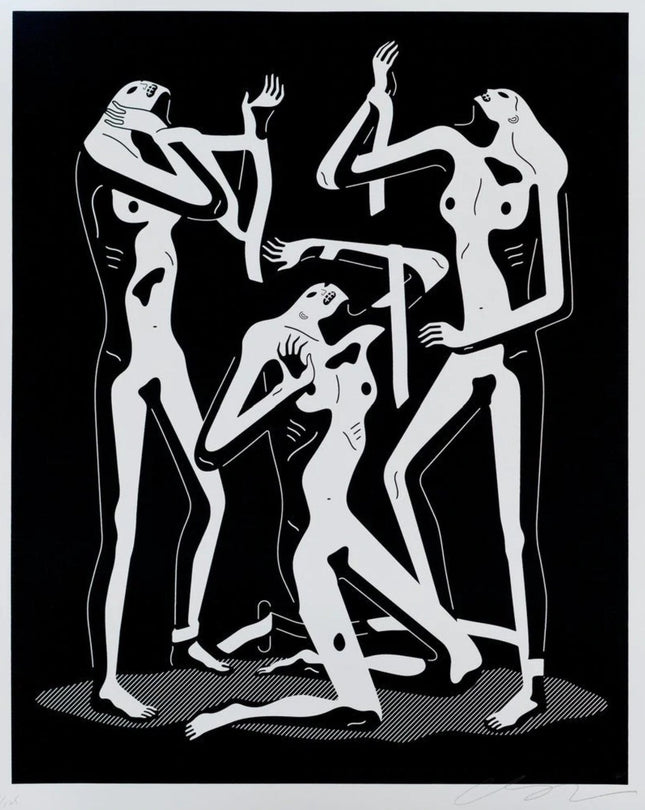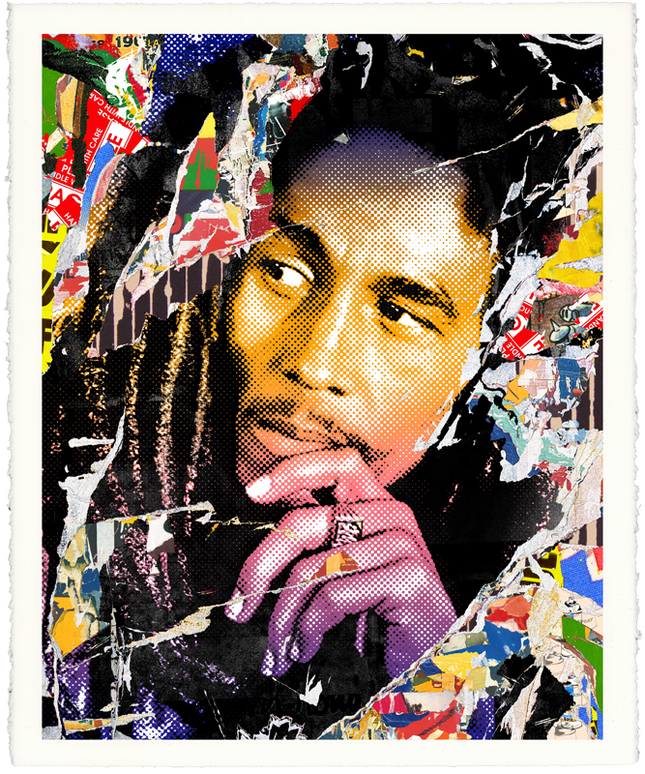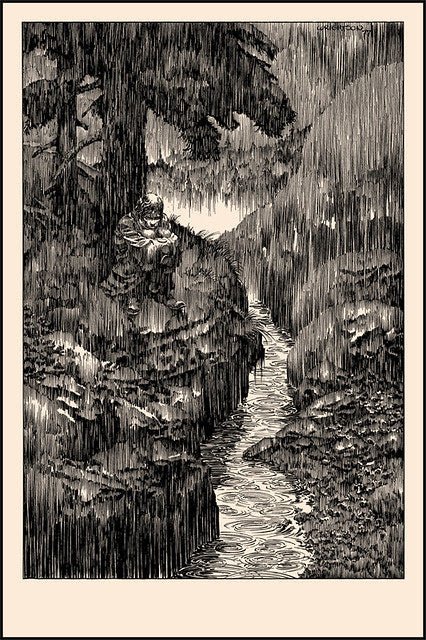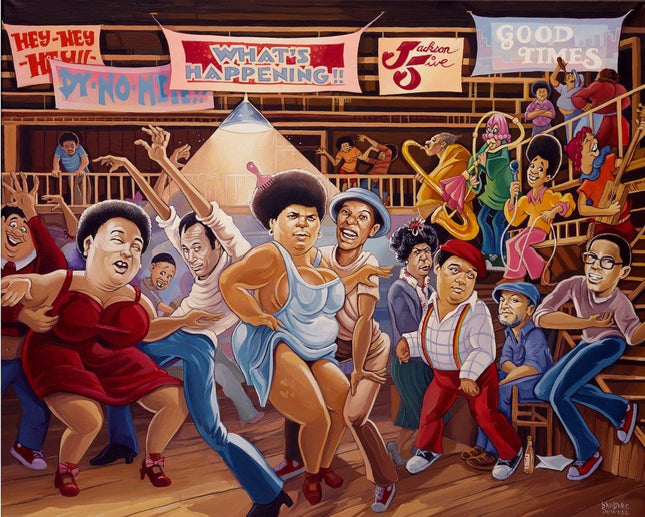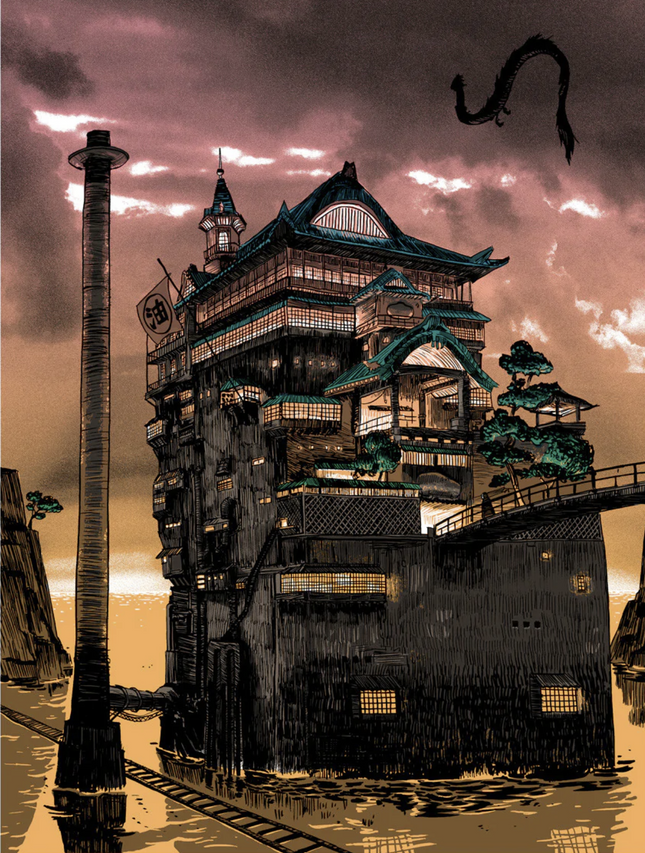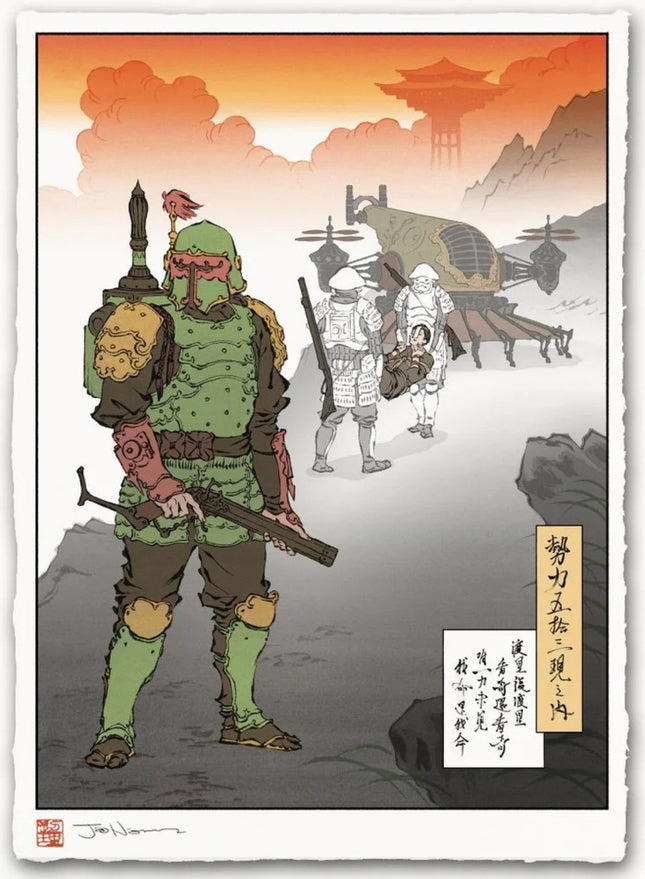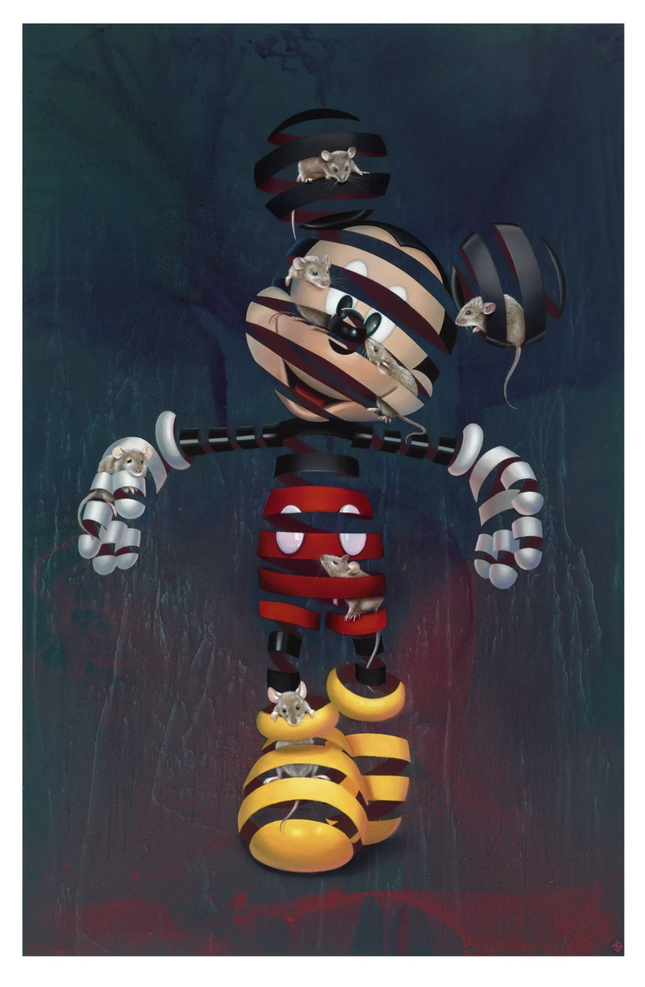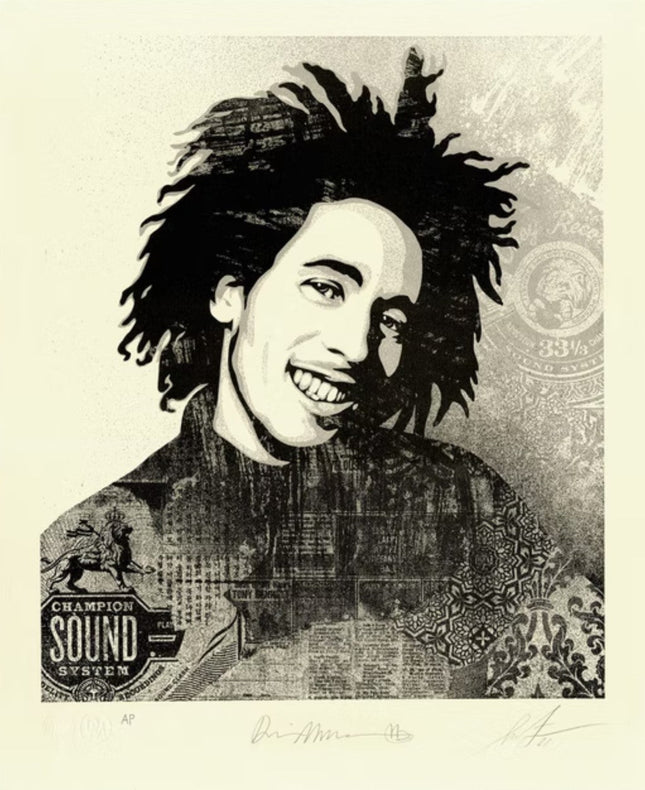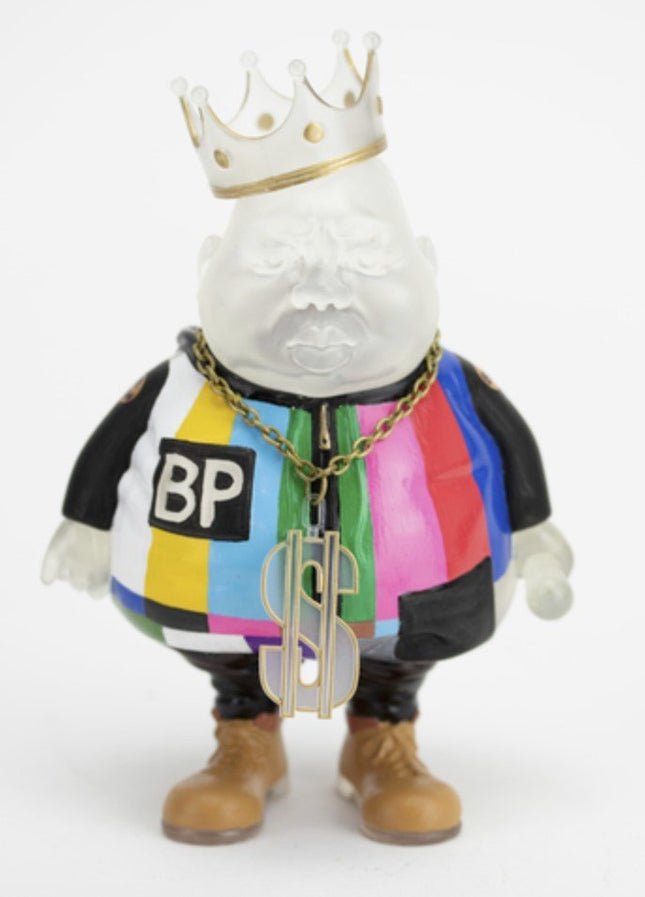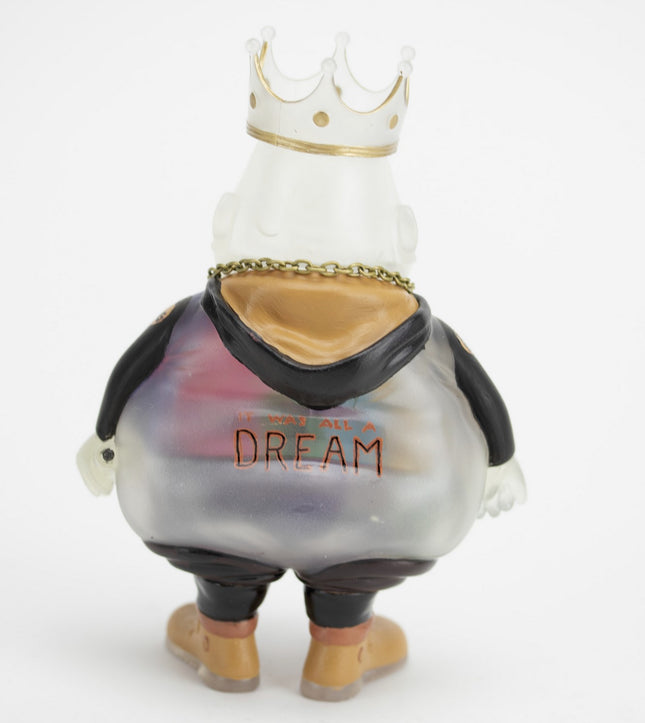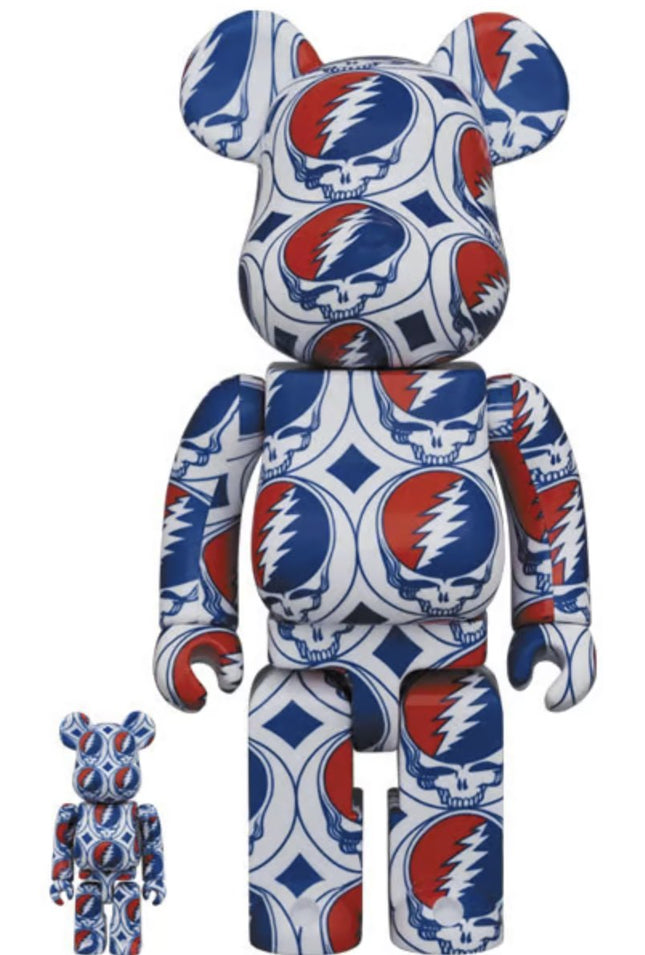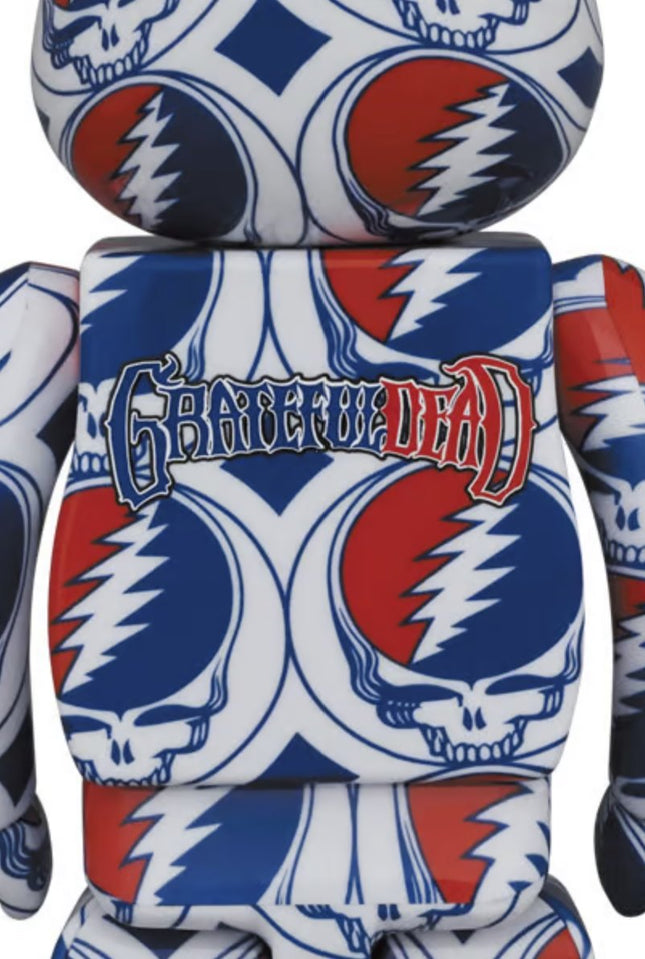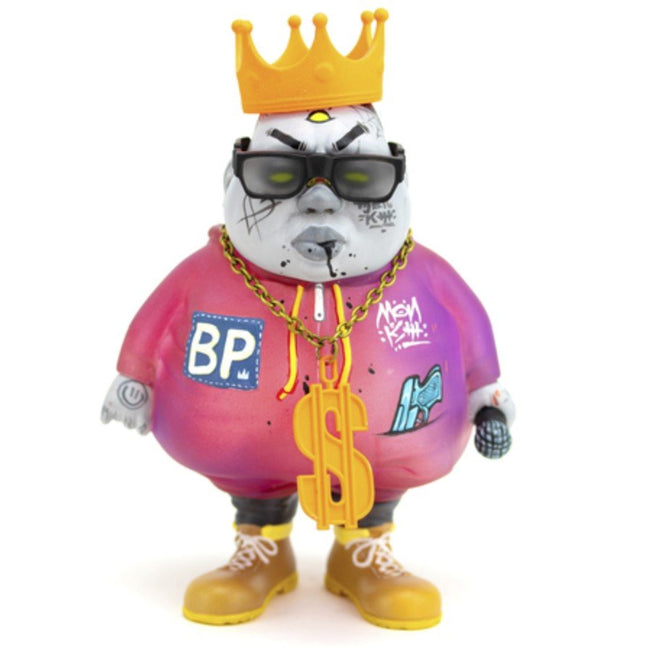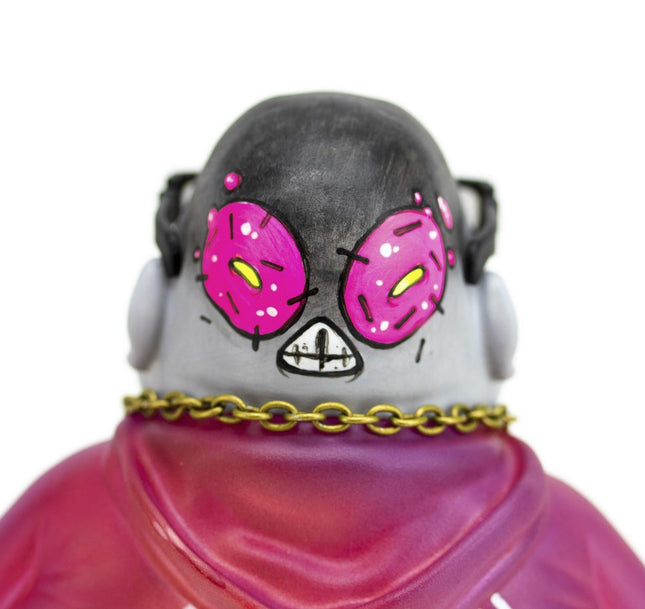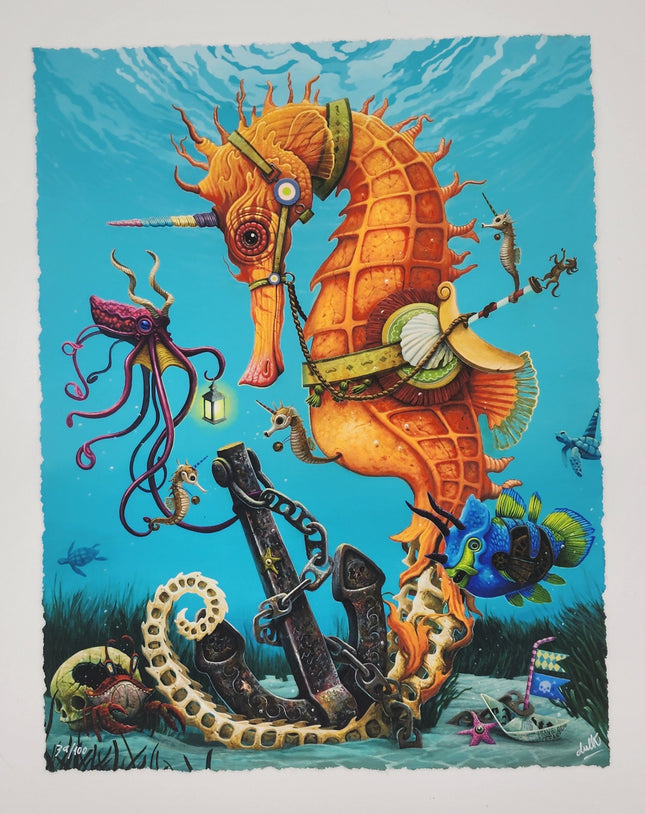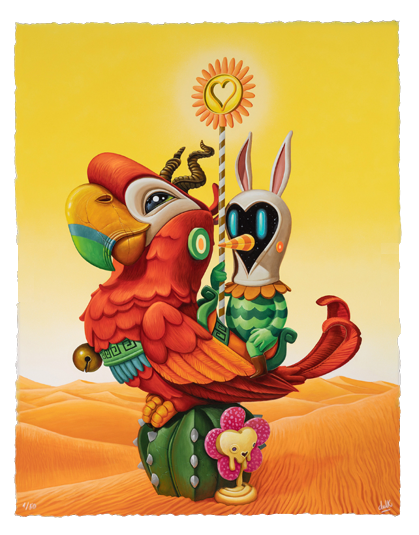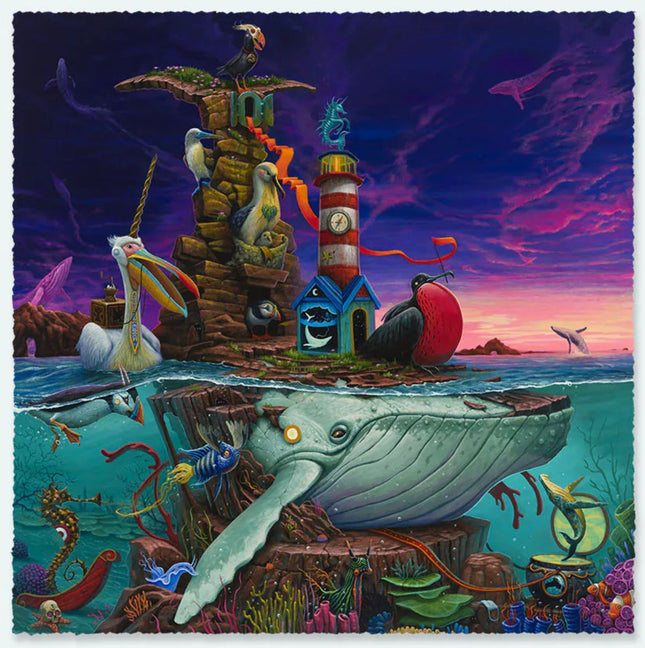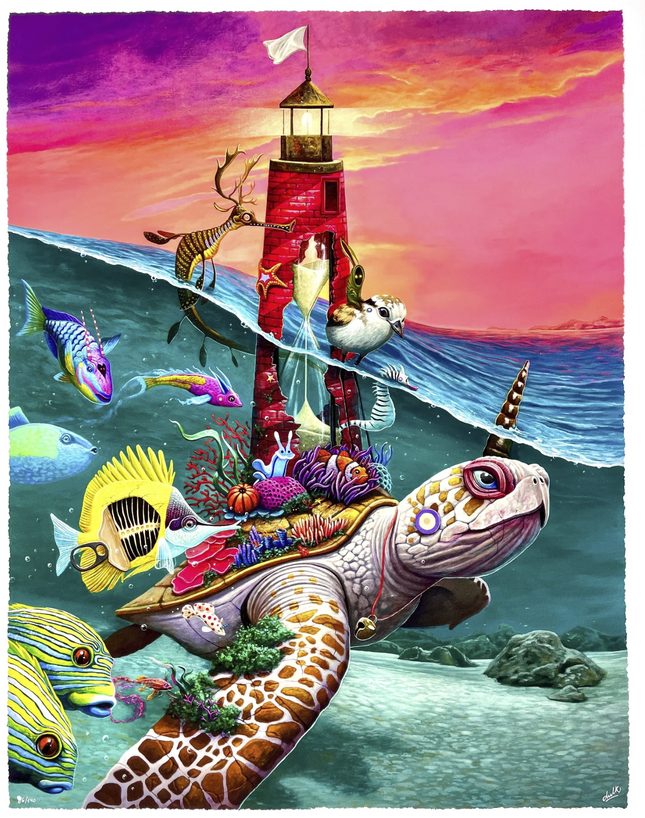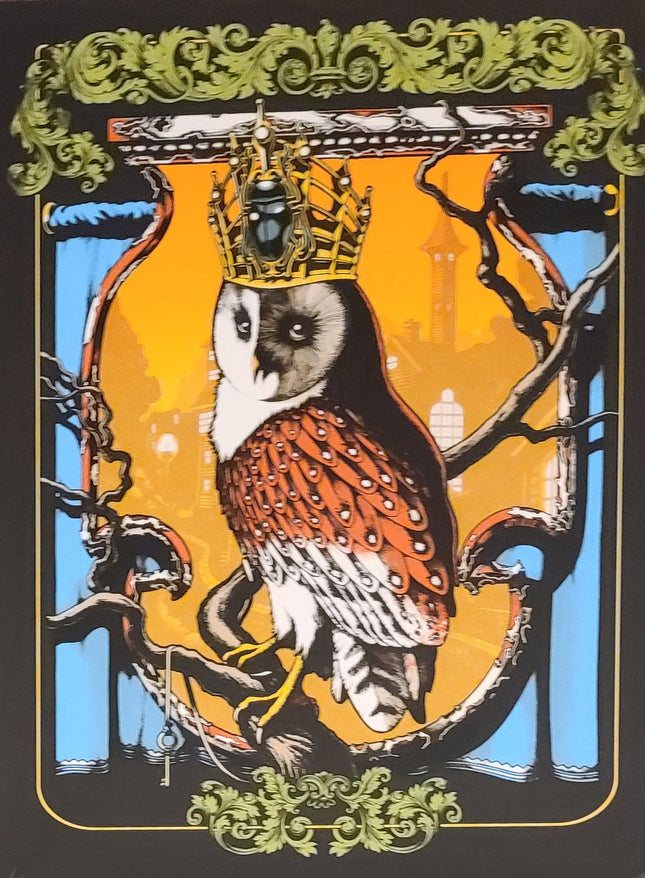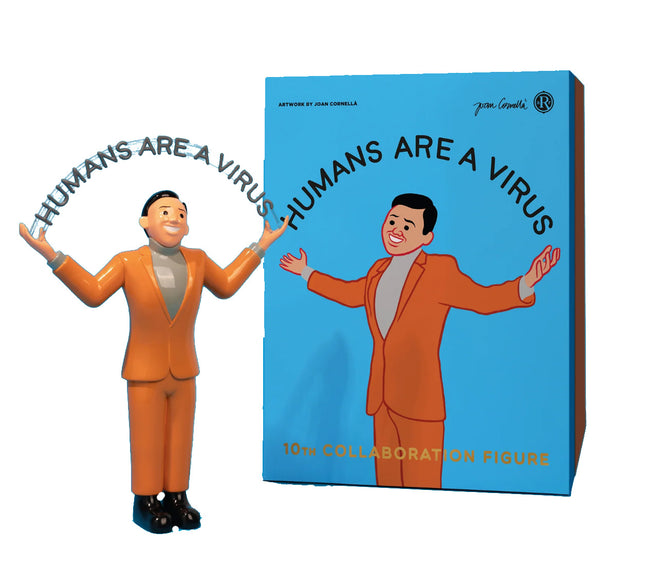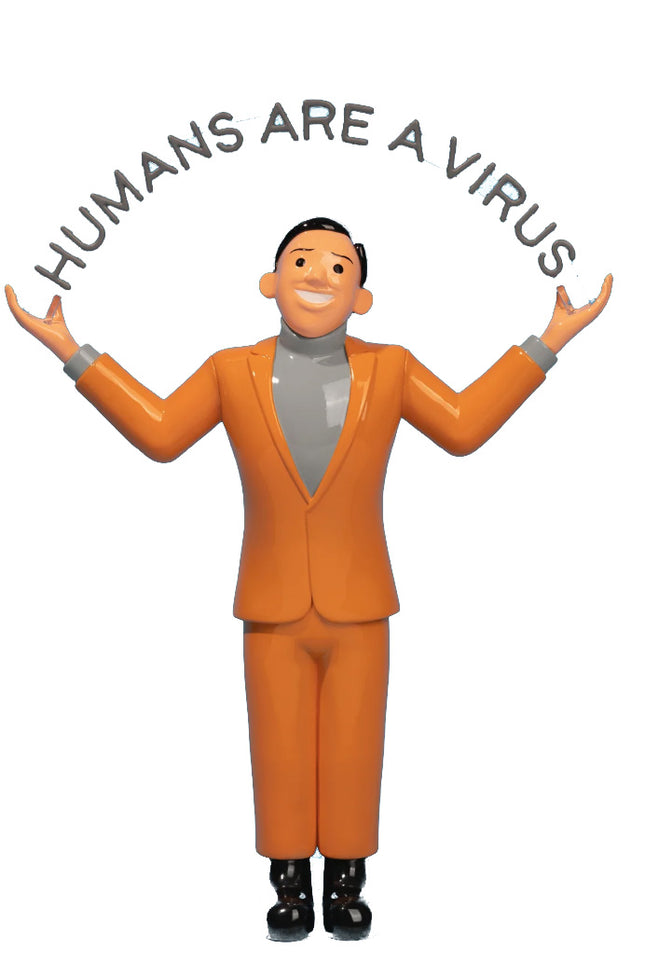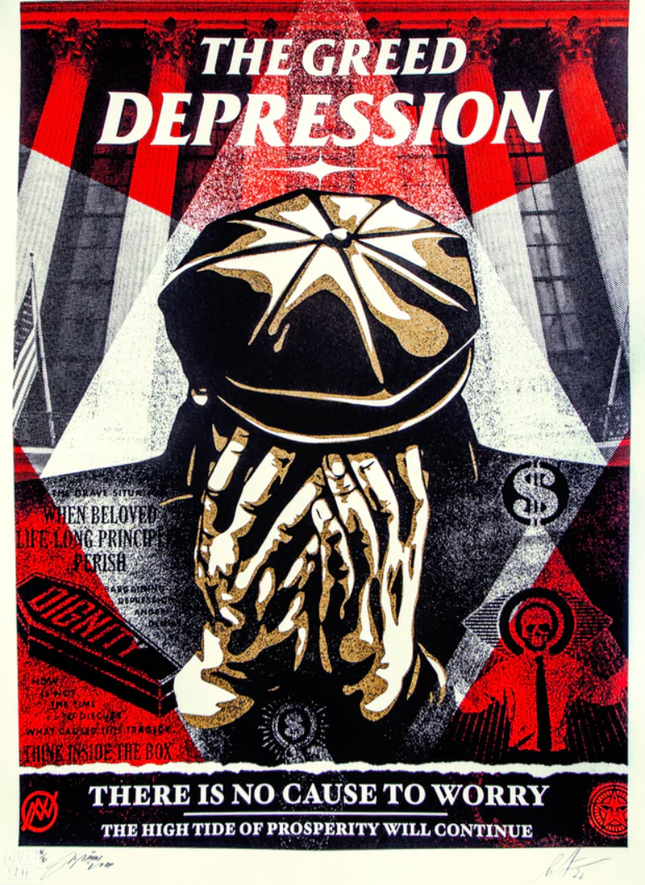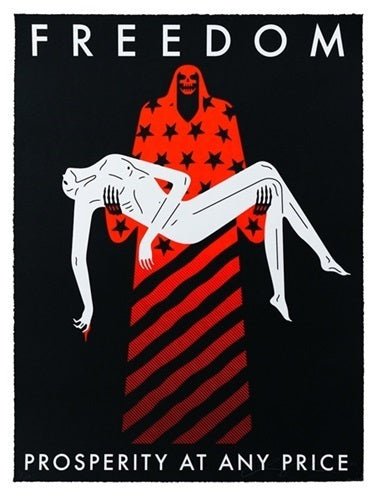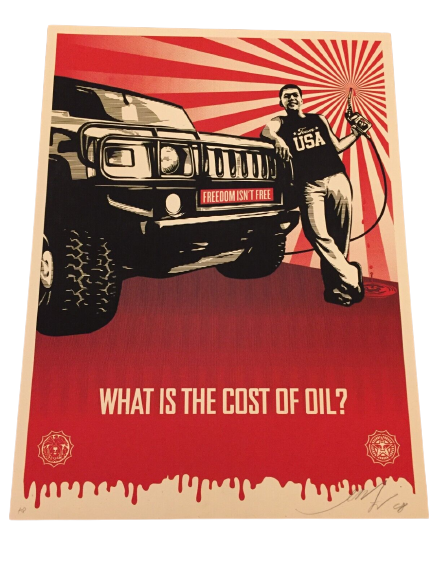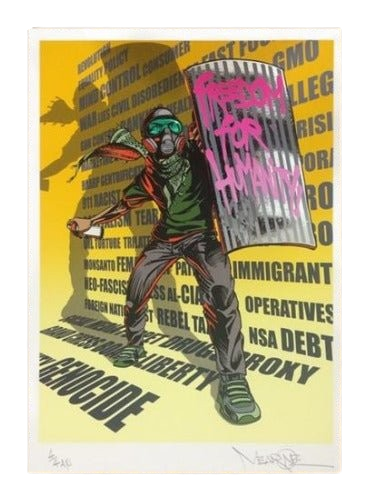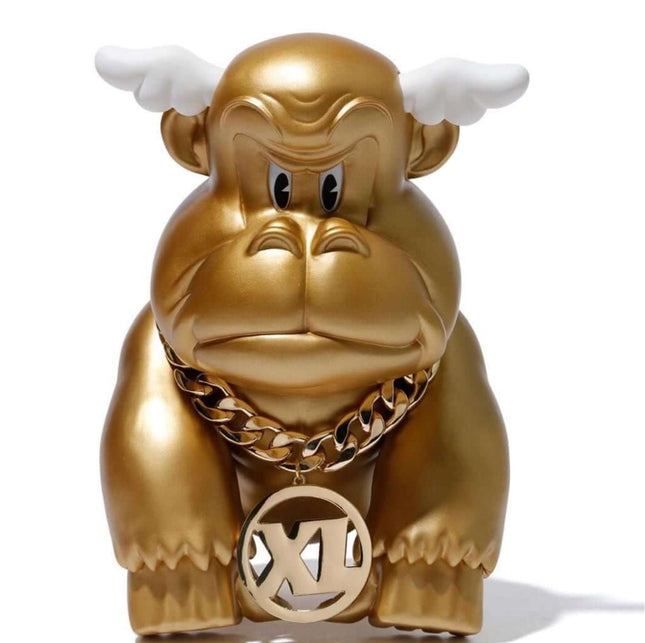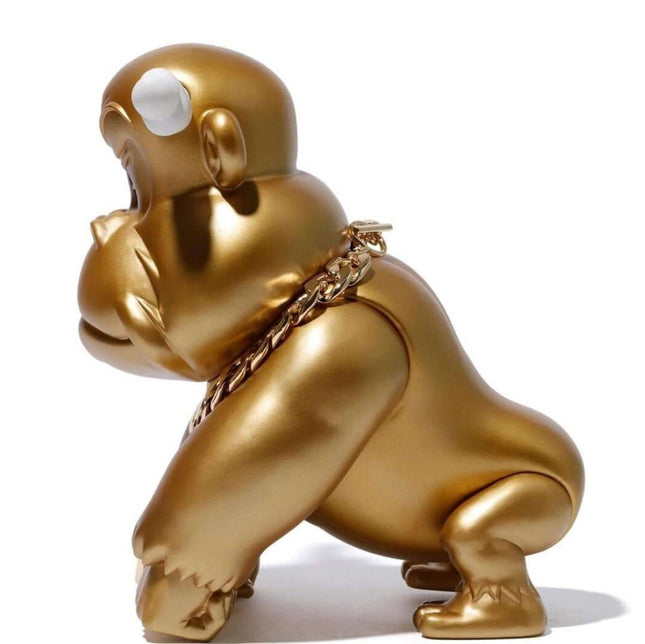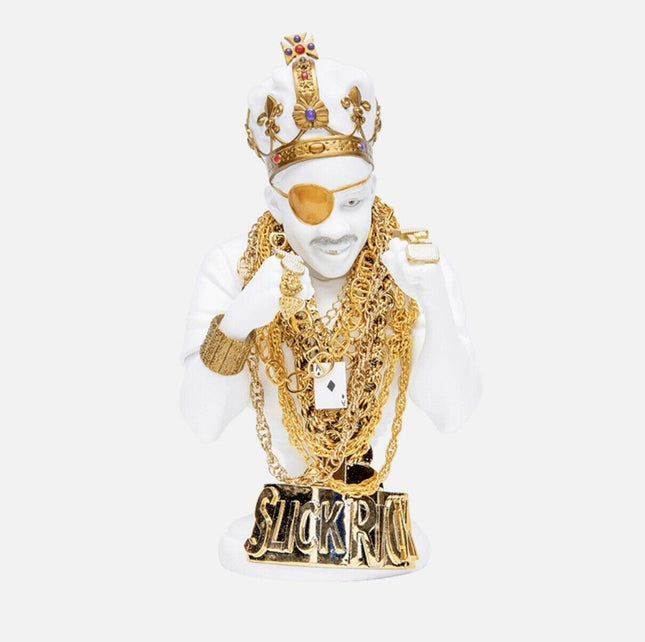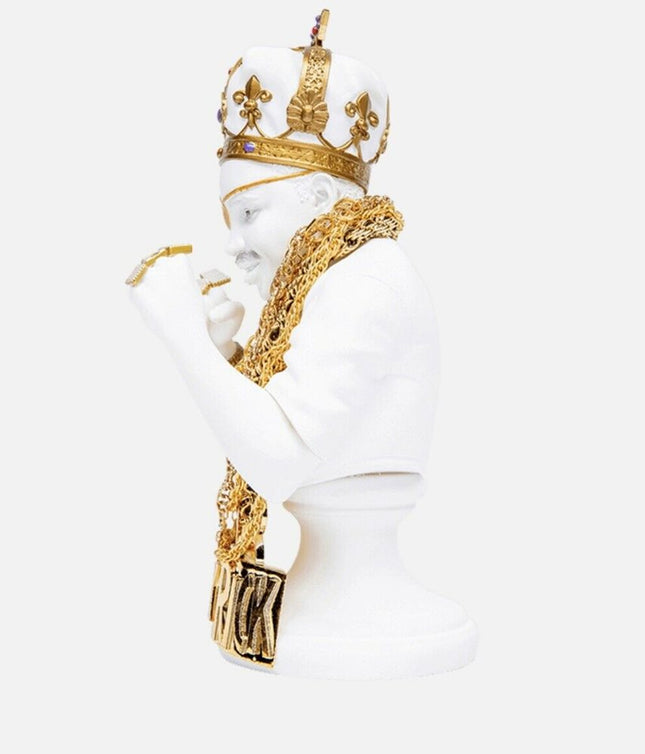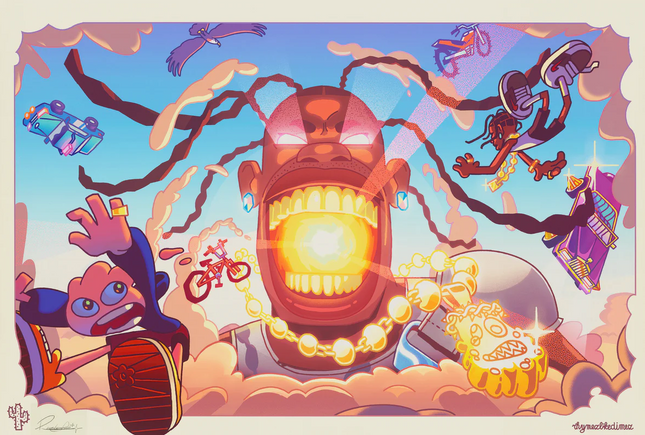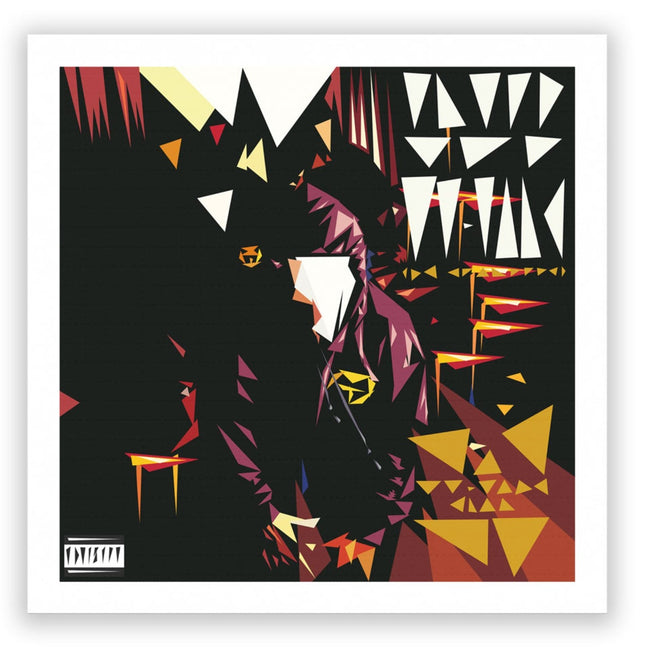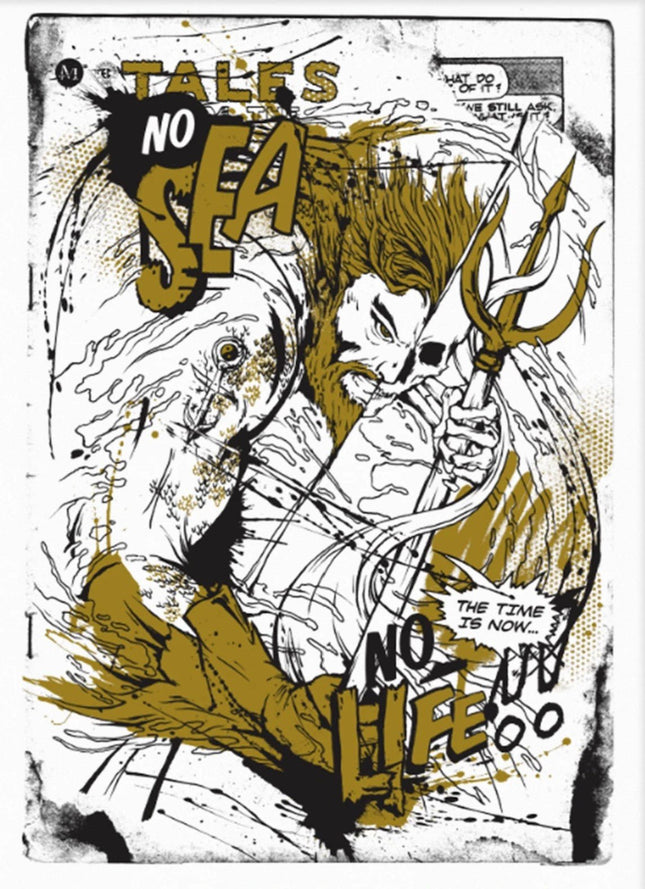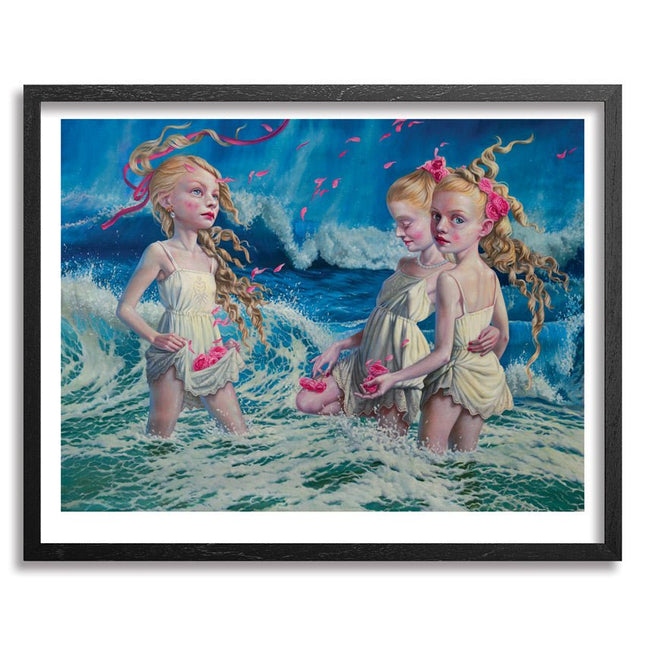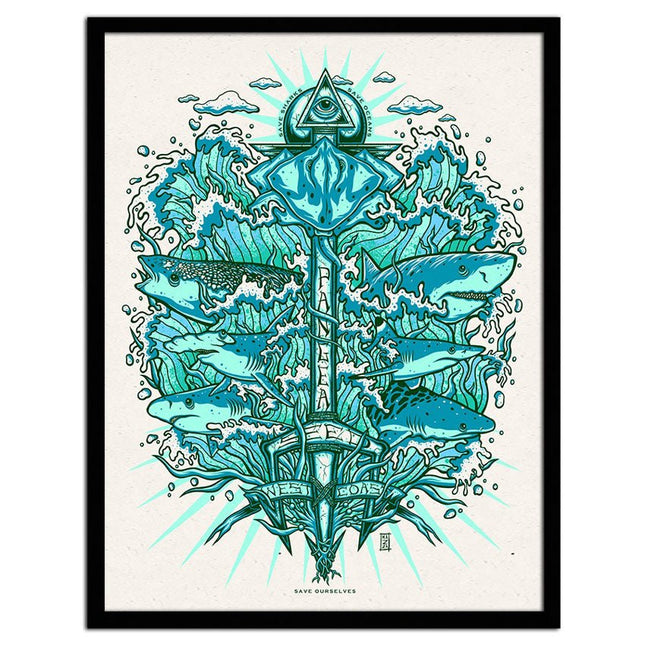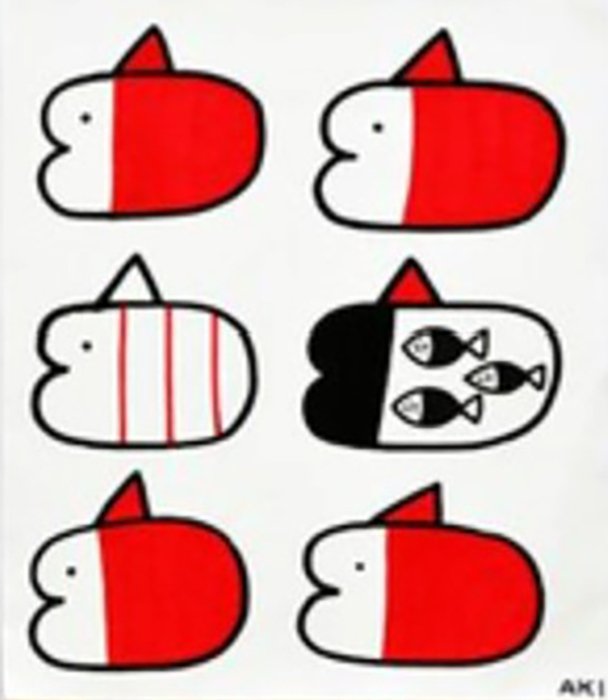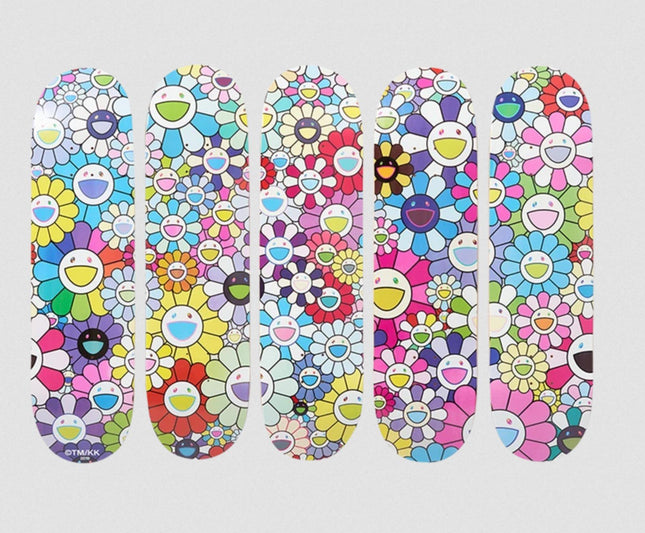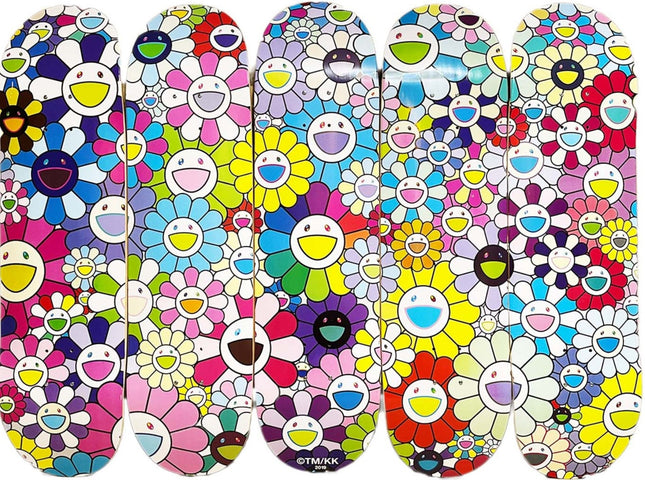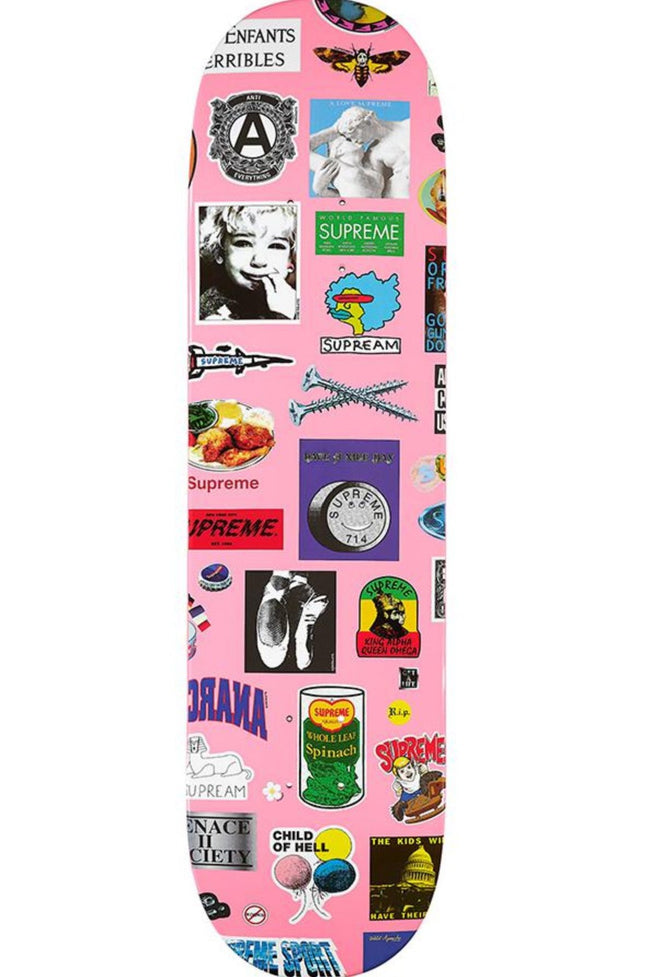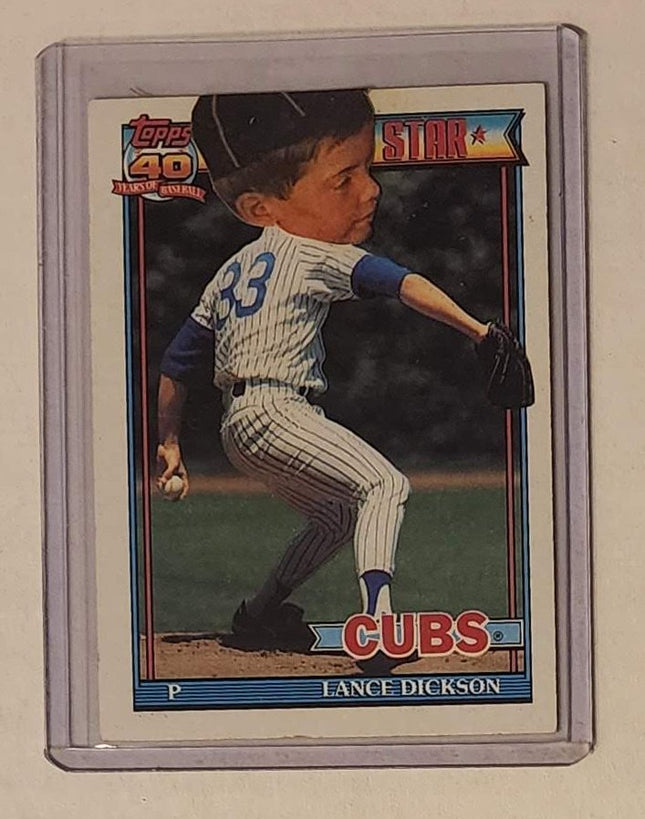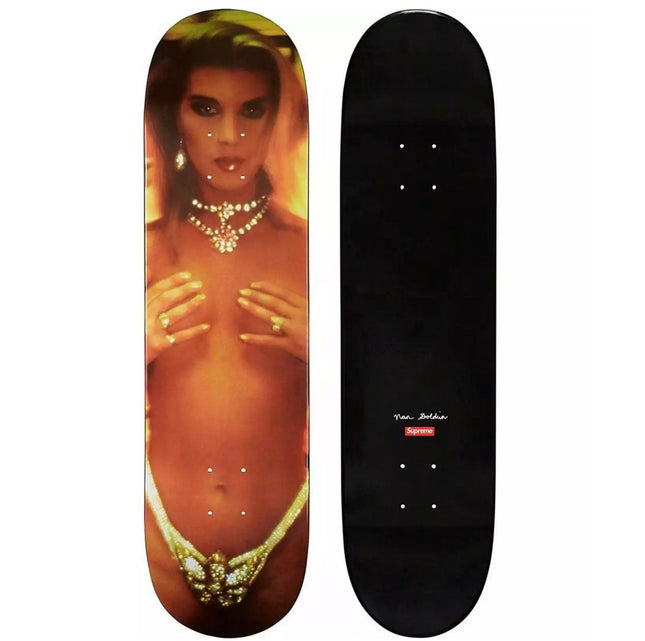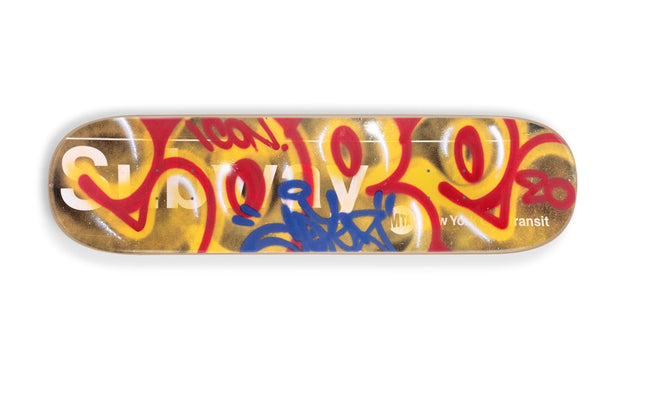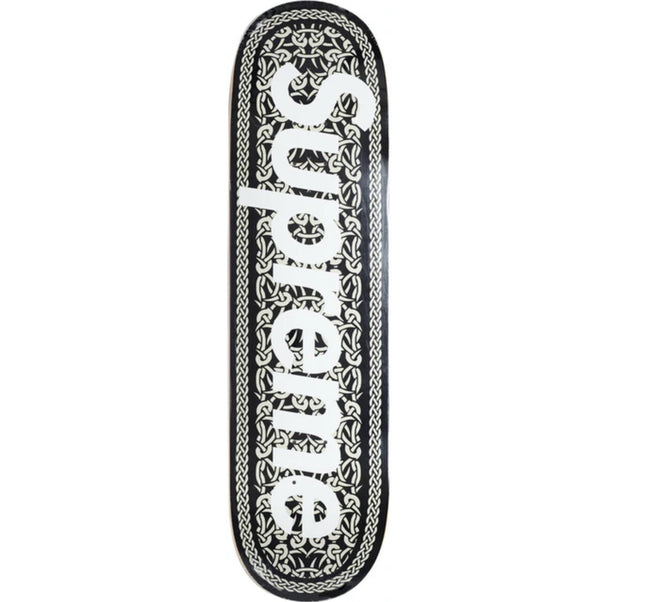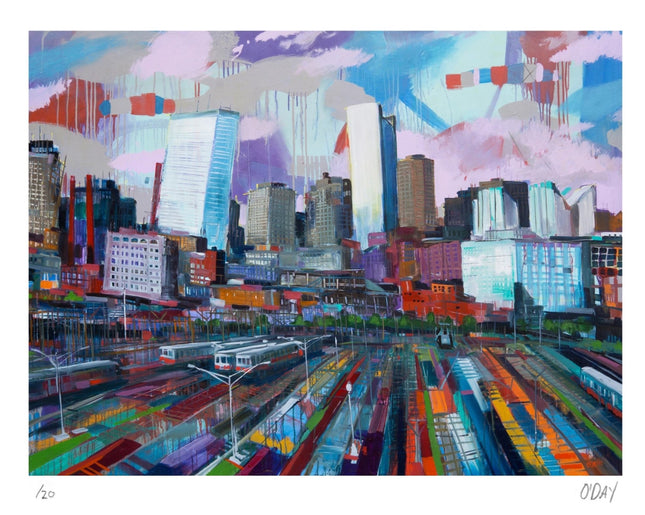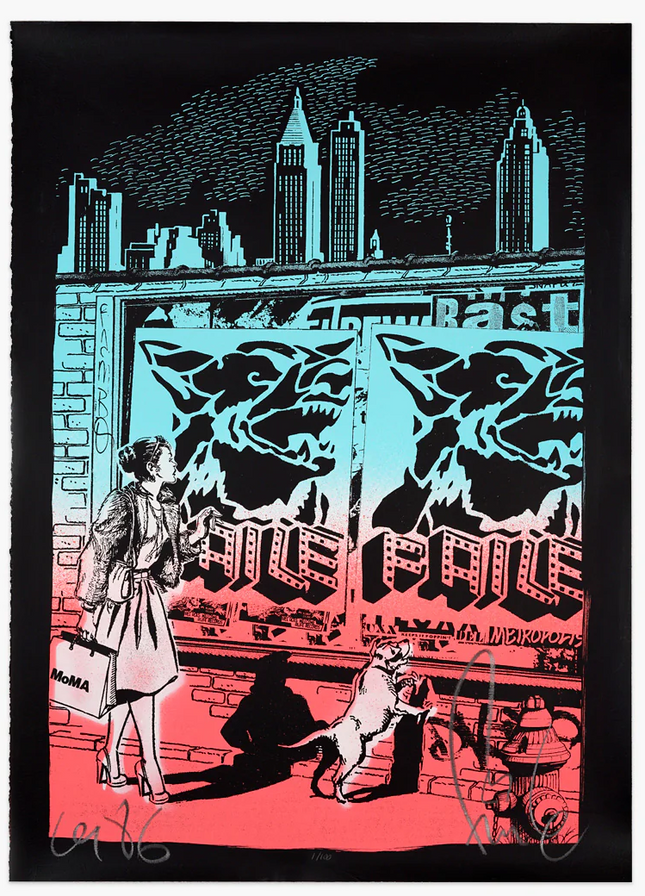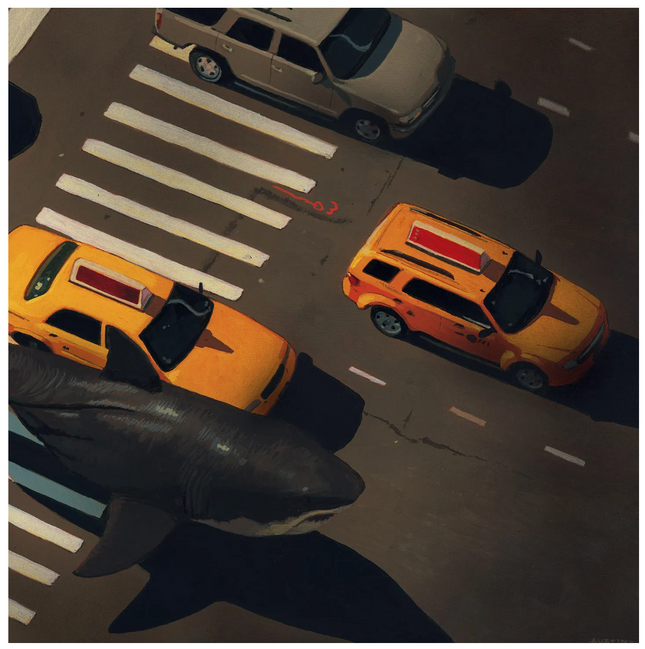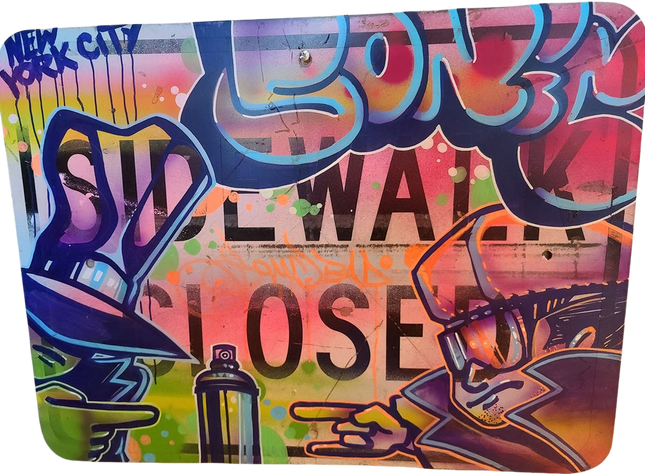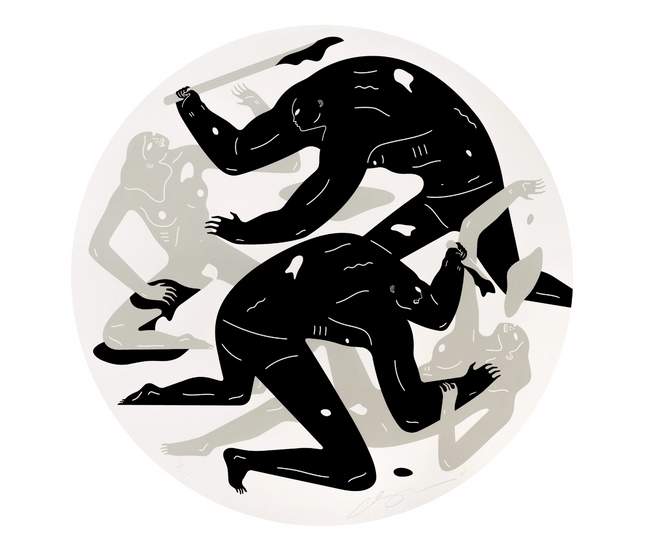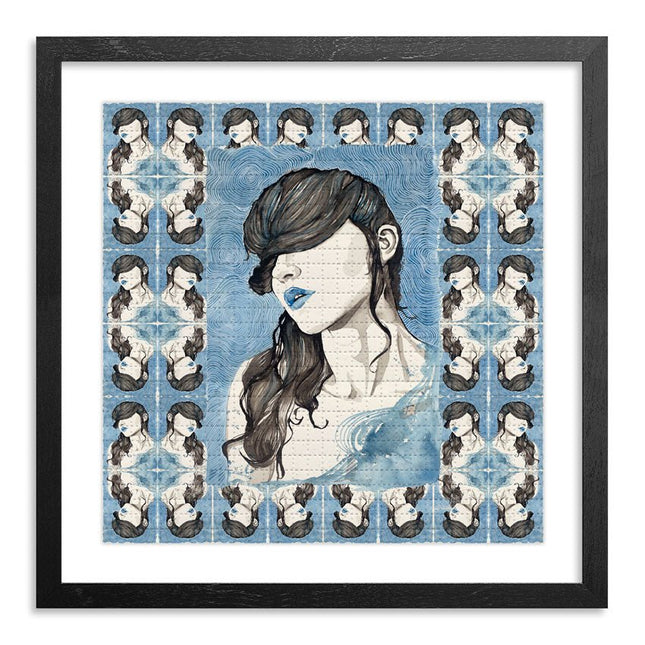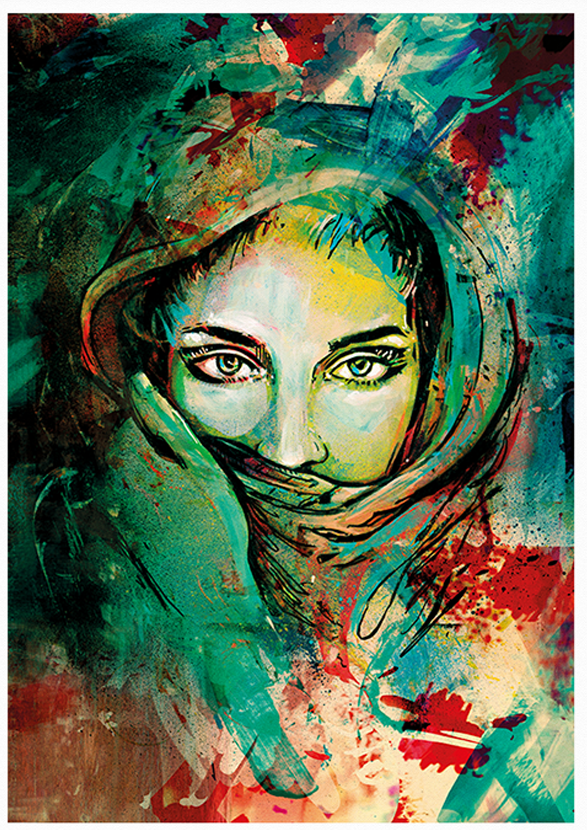Trends within graffiti, street, and pop art are as dynamic as the urban landscapes that serve as their canvas. The evolution of these art forms is marked by a constant interplay between the artists’ intent, the medium's limitations, and the public's perception. Graffiti, once viewed primarily as an act of vandalism, has steadily garnered recognition as a legitimate form of artistic expression. This transformation is exemplified by the work of artists who have transitioned from illicit midnight tagging to commissioning large-scale murals for businesses and municipalities. Such murals are now a common feature in many cities, serving as landmarks and points of pride, indicating a significant shift in the perception of graffiti art. Within pop art, a genre that has long drawn from mainstream iconography to both celebrate and critique consumer culture, there has been a noticeable shift towards digital platforms. Artists are increasingly incorporating imagery from social media, memes, and internet subcultures into their work. This reflects the current digital milieu, emphasizing how pop art remains relevant by adapting to the changing landscape of what is considered 'popular'. With digital technology at their fingertips, pop artists can produce work that resonates with the digital native generation, ensuring that pop art remains at the forefront of cultural commentary. Street art trends have similarly expanded with technological advancements. There is a growing trend of integrating augmented reality (AR) with street art to create interactive experiences. Murals are no longer static images; with the help of smartphones and dedicated apps, they come alive, telling stories, and engaging viewers in a multisensory experience. This trend highlights how street artists are exploring the intersection of technology and art to reach wider audiences and create new forms of engagement. Environmental consciousness is another trend sweeping through these art forms. Artists are utilizing eco-friendly materials and incorporating green themes into their work, reflecting society's growing concern with environmental issues. Such works not only beautify urban areas but also spark conversations about sustainability and our relationship with the planet. In line with this, there has been an increase in the use of natural and recycled materials, with artists finding creative ways to produce art that is not only visually striking but also environmentally responsible. Another discernible trend is the fusion of graffiti and street art with local cultures and traditions. Artists around the world are blending contemporary techniques with indigenous art forms, creating a dialogue between the old and the new. This fusion honors local heritage while propelling it into the global conversation, allowing these traditional art forms to flourish and adapt within the modern context. Collaborative works have also become more prevalent, with artists across different mediums and backgrounds coming together to produce large-scale projects. These collaborations often result in a blend of styles and messages, reflecting the collective nature of the urban communities in which these artworks are situated. They can serve as a commentary on social and political issues, bringing diverse voices together to express solidarity or dissent. In summary, trends in graffiti, street, and pop art are emblematic of the times, influenced by technological innovation, environmental concerns, cultural amalgamation, and collaborative spirit. These trends underscore the fluid nature of these art forms, their ability to adapt, and their continued relevance in the ever-changing tapestry of urban culture. Through their evolving practices, artists in these genres not only reflect on the world as it is but also shape the contours of our collective imagination.
Graffiti, in its modern form, originated in the late 1960s and early 1970s in Philadelphia and New York City. It started primarily with individuals writing their names, or "tags," on public spaces. Early pioneers like Cornbread and Cool Earl in Philadelphia began tagging their names around the city to gain attention and notoriety. The movement gained momentum in New York City, with the subway system becoming the prime target for graffiti artists, or "writers," to gain widespread recognition. Notable among these early artists was TAKI 183, a Greek American foot messenger from Washington Heights, whose simple tag garnered media attention when it was featured in a New York Times article in 1971. As tagging became more popular, it evolved into more elaborate and stylized forms known as "throw-ups" or "pieces," short for masterpieces. Artists like Lee Quiñones and Fab 5 Freddy became prominent in the scene, moving from subway cars to creating large murals on building walls. By the 1980s, graffiti became intertwined with the emerging hip-hop culture, alongside DJing, emceeing, and breakdancing. Graffiti was often seen as a form of rebellion, with writers using it as a means to express dissatisfaction with societal issues, to claim territory, or simply for the sake of art and expression. It was also considered by many to be vandalism, leading to a clash between graffiti artists and law enforcement. During the 1980s, graffiti started to gain recognition as an art form. Galleries began to display graffiti, and books were published documenting the movement. Artists like Jean-Michel Basquiat and Keith Haring, who were associated with graffiti early in their careers, transitioned to the mainstream art world, bringing more legitimacy to the form. The rise of street art in the late 20th and early 21st centuries, with artists like Banksy and Shepard Fairey, has its roots in graffiti. Street art is often distinguished from graffiti by its public acceptance and sometimes commissioned nature, whereas traditional graffiti is unsanctioned. Today, graffiti is a global phenomenon, found in cities all over the world, and ranges from simple tags to elaborate pieces. It continues to evolve as an art form and is often at the center of debates about public space, law, and what constitutes art.


